September 15, 2019
Martha O'Kennon
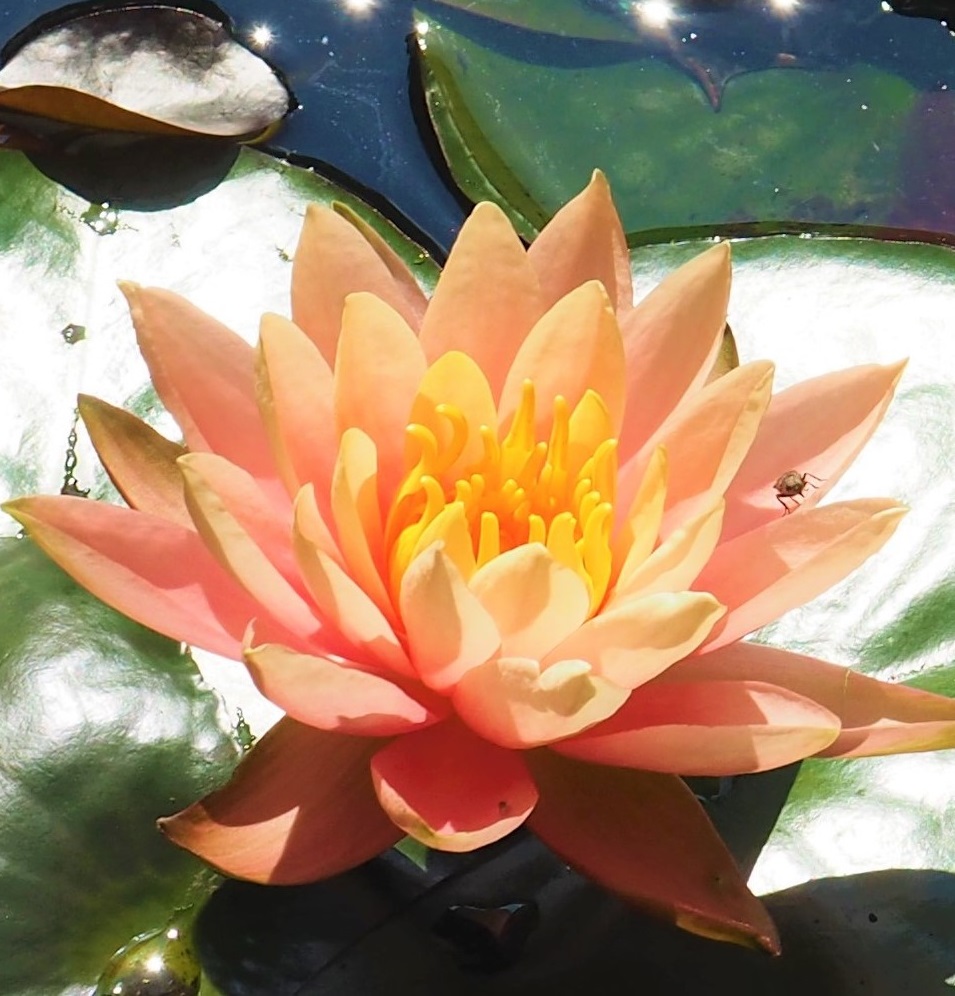
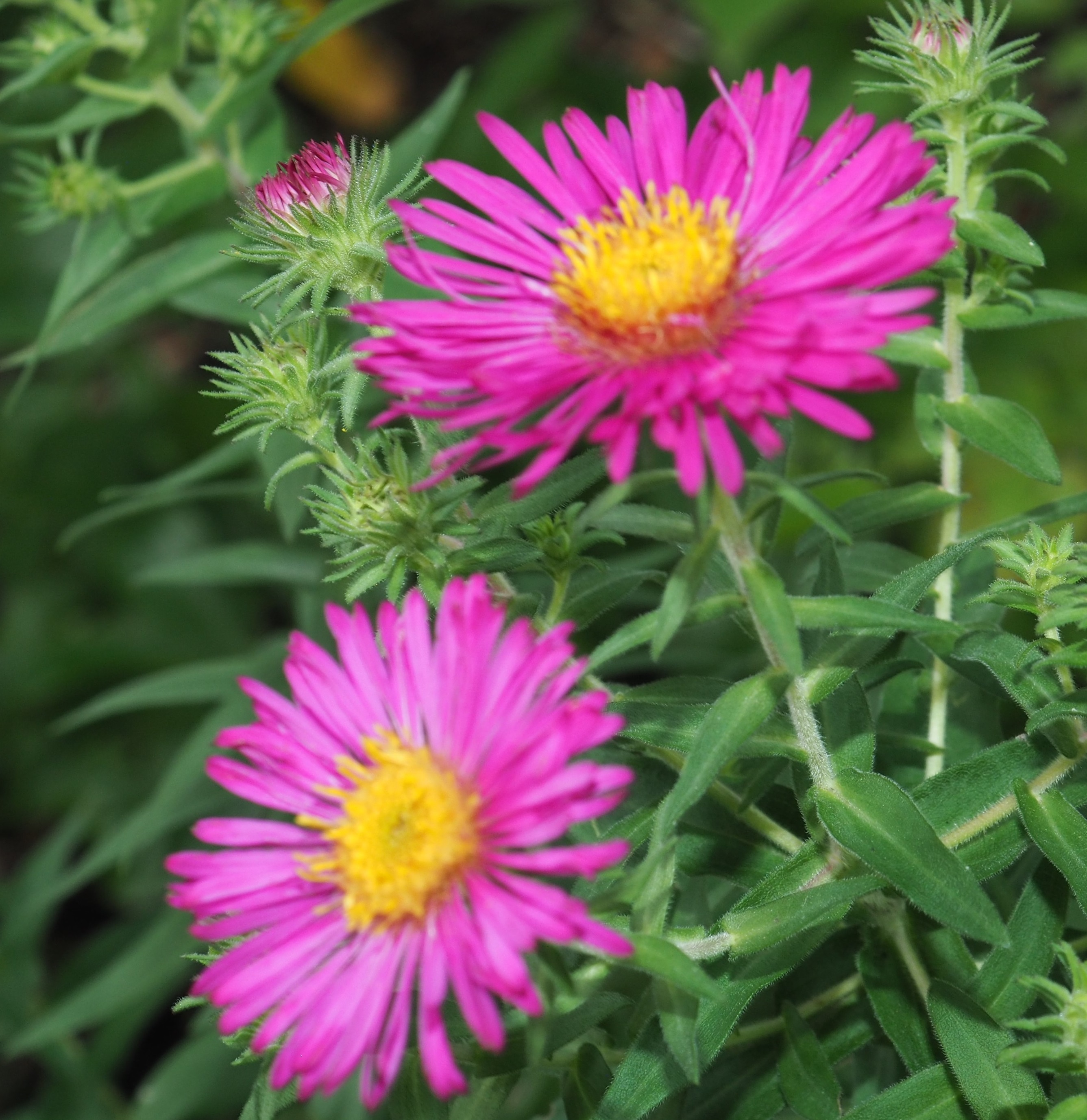
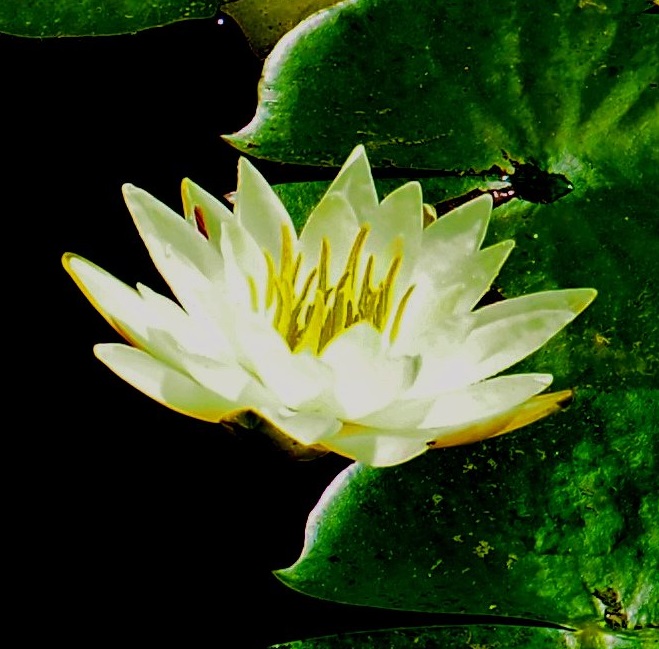
We had weather. Coming out of a dry-ish summer, this week we had rain and some thunder several times. This slowed down the creatures who had streamed into the yard to taste the goldenrod a bit, but as soon as the flowers dried out a little, back they came. It was cool for several days, then turned hot and humid for a few. The Water Lilies were large and consisted of pink and yellow. The small multicolored ones lay low and so did the big magenta ones. But the magenta Asters started up.
Remember that there is information in the name of the file for each image. You can see it by mousing over the image - look at the lower left of the screen. Or you can click on the image to get to the (usually) larger image. Then the info is displayed in the address line above. Sometimes the second click will actually display a different view of the original image.
Not much to celebrate in Antland. Here is ONE Small Honey Ant in the Goldenrod. The Barklice, however, are unstoppable. No new ones, but three familiar ones: Metyllophorus novaescotiae, Polypsocus corruptus, and the scaly-winged Echmepteryx hageni.



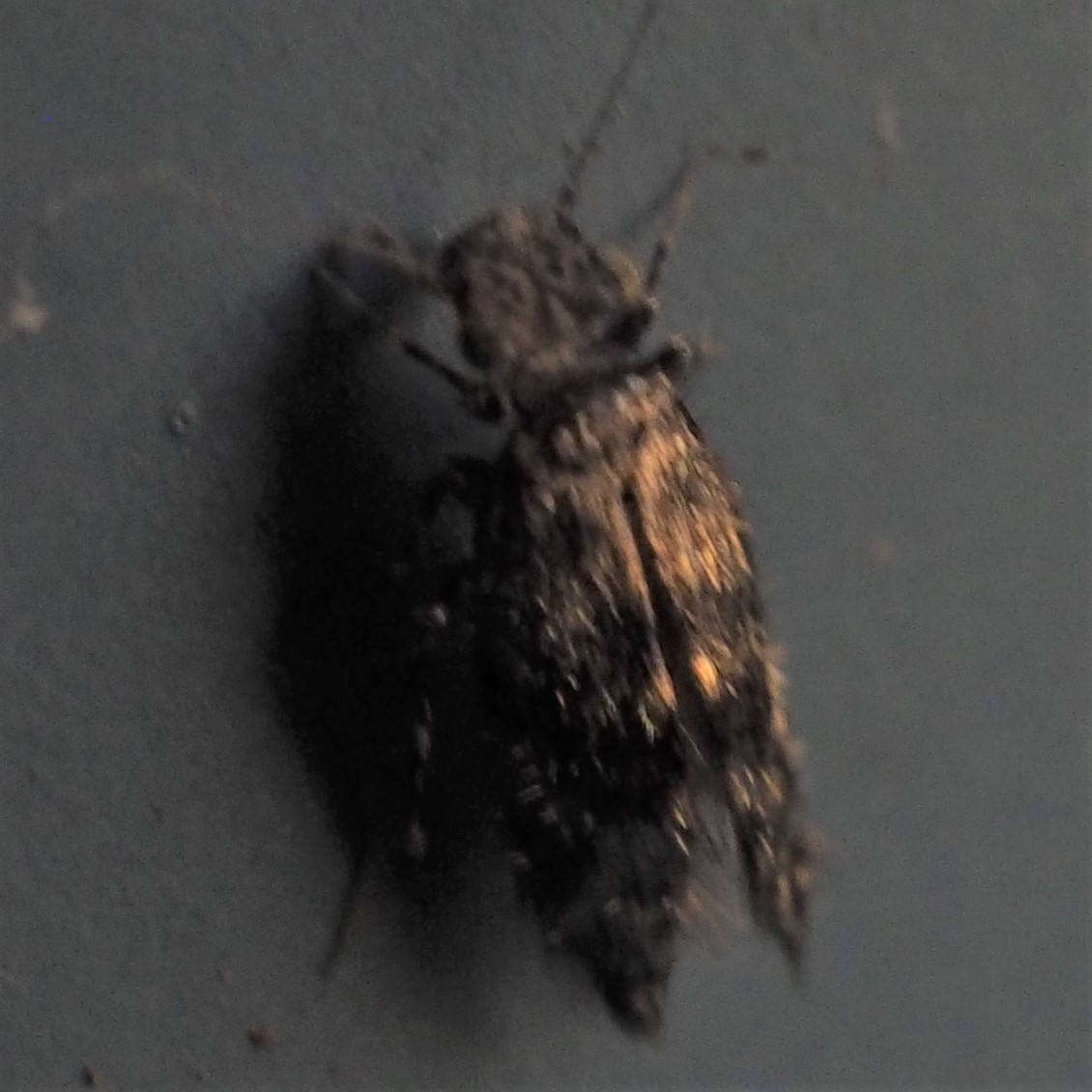
So what about bees? Oh yes, we had bees. Bumble bees came in a couple of sizes: tiny and small. Third is one from a couple of weeks ago. A colleague from iNat, @megachile, suggested:
"The pollen carrying hairs are on the legs, not on the underside of the abdomen as in Megachilidae. Not sure what it is instead though. Probably Halictidae, Andrenidae, or maybe Apidae."
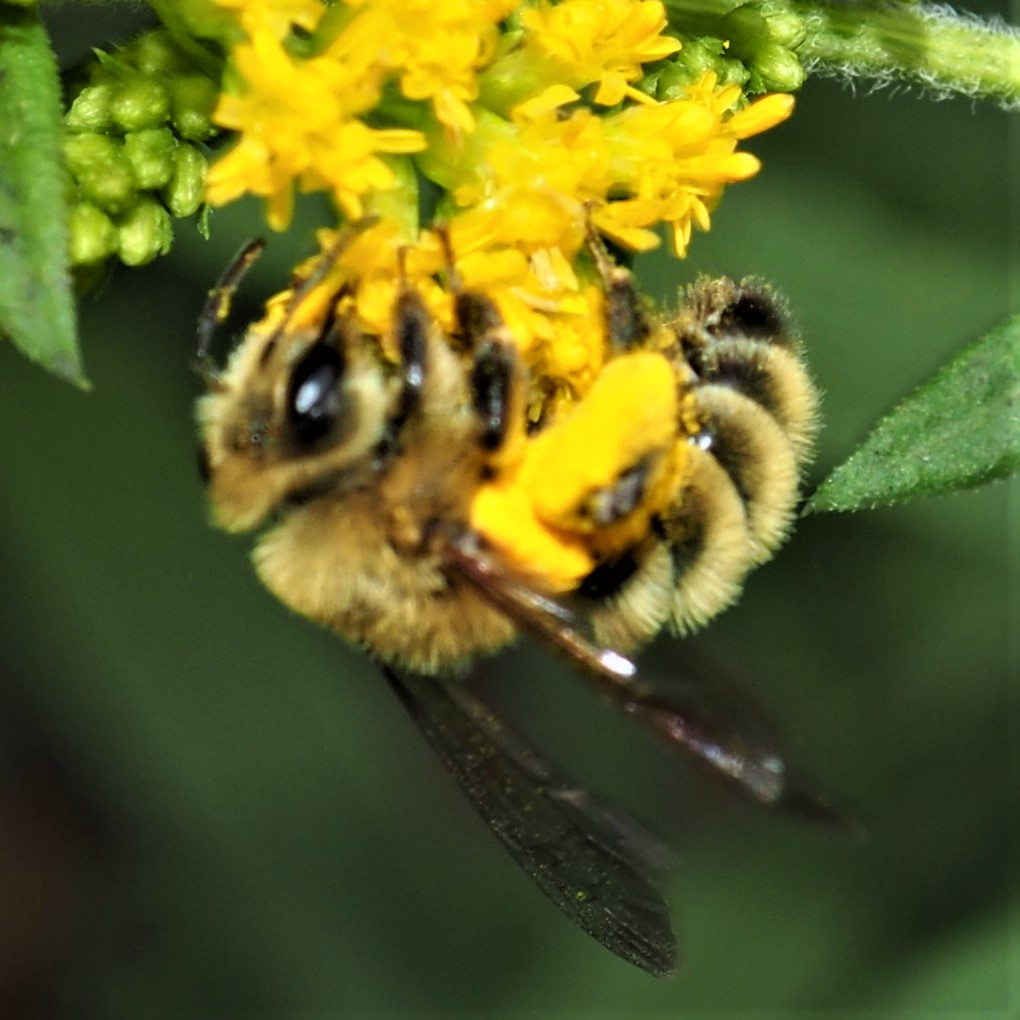
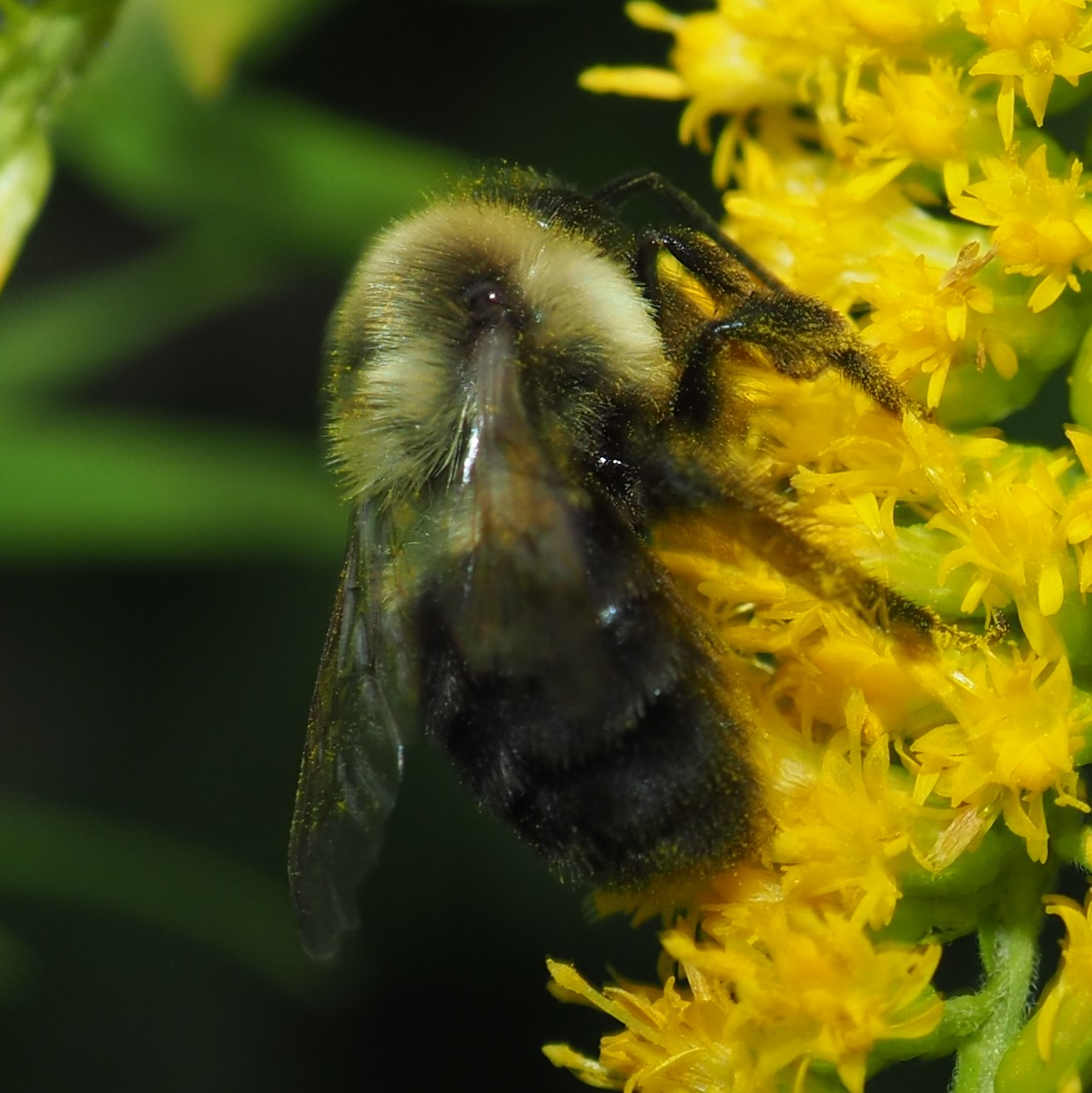
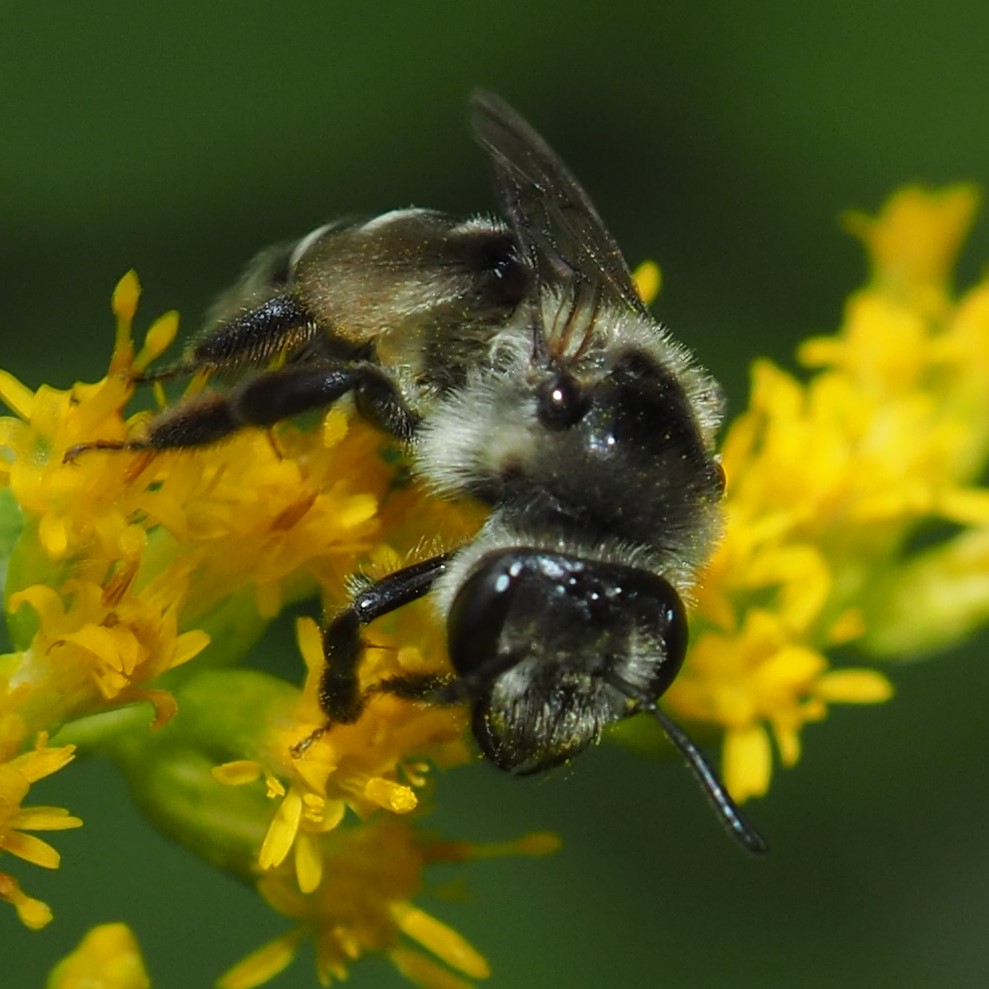
This stripy-abdomened small bee's name I should remember. I've just resubmitted it. Second is a Honey Bee in the Autumn Joy Sedum. Third is a greenish bee in the goldenrod - don't be fooled by the seeming large size - it was actually very small.
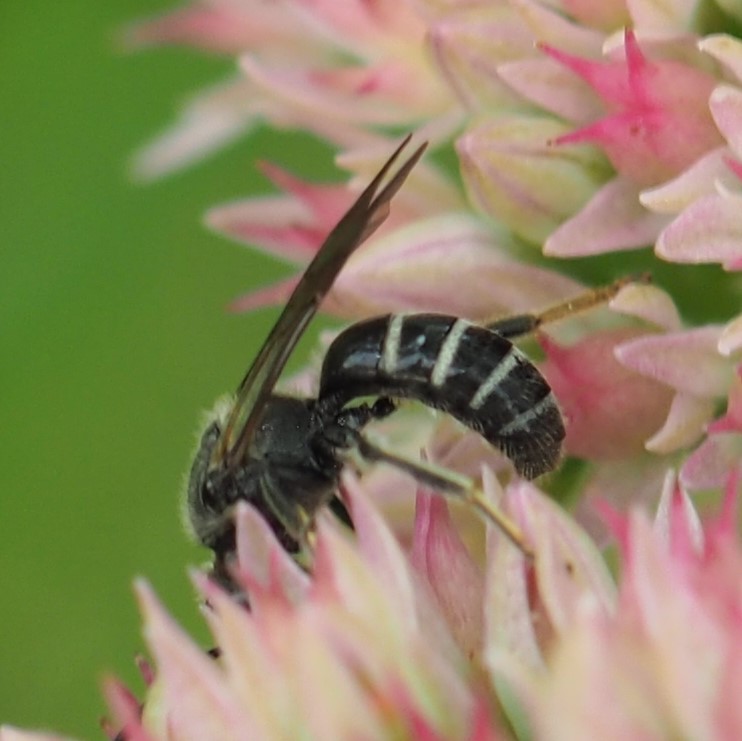
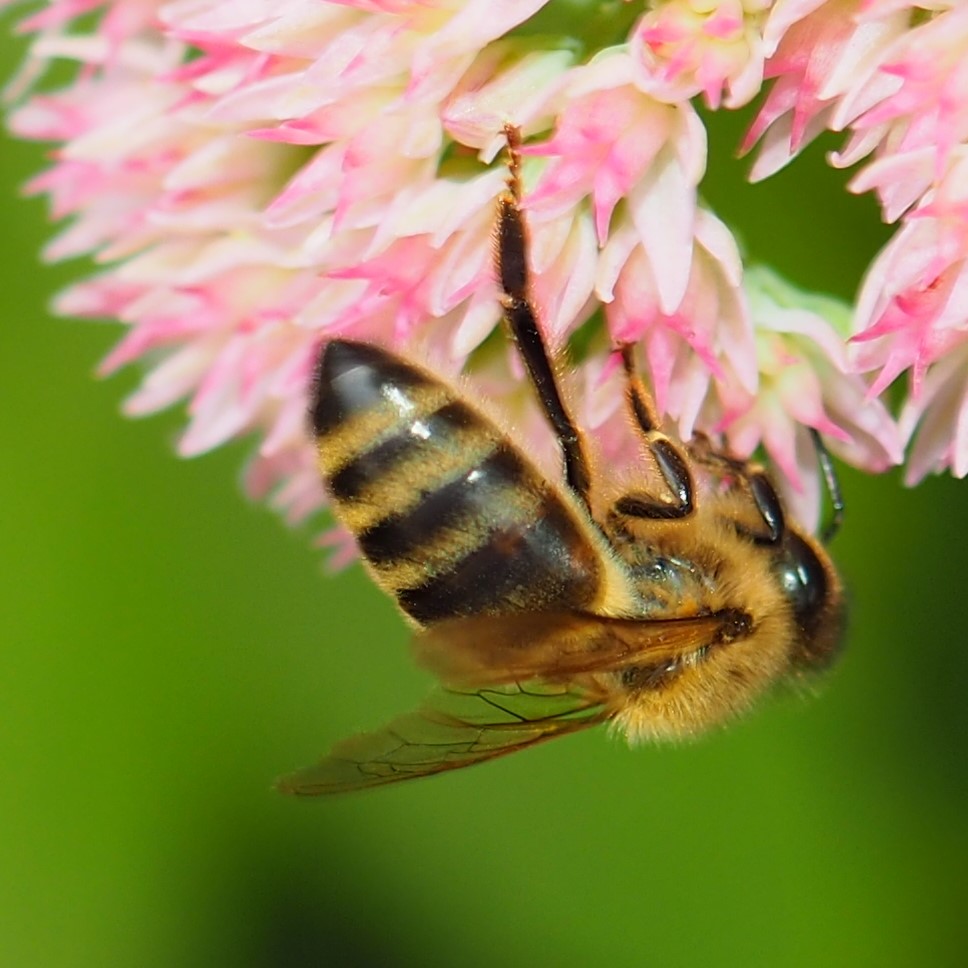
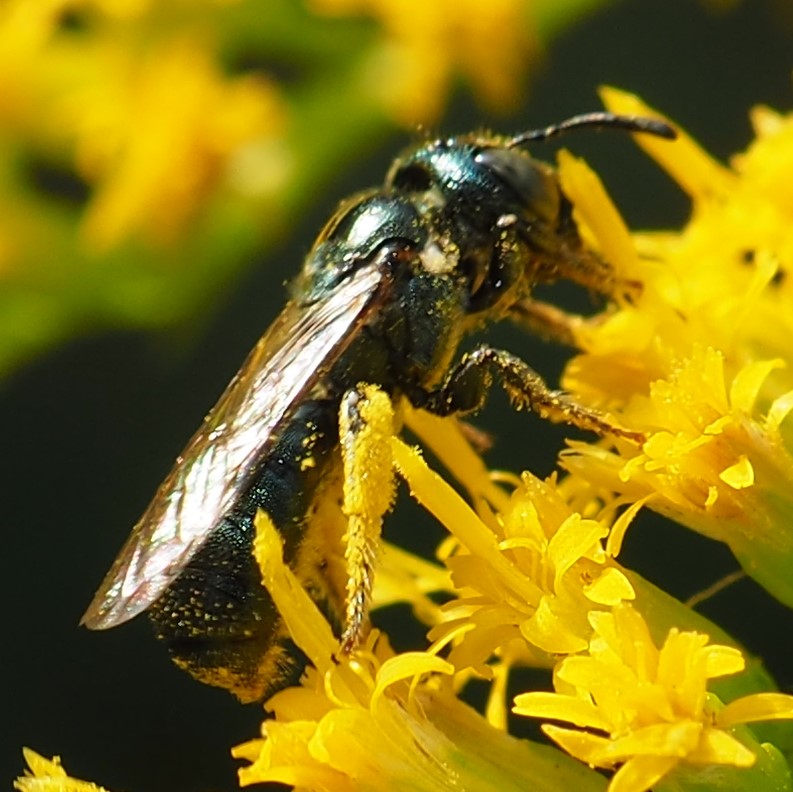
Let's check out our Beetles for the week. This Locust Borer Beetle comes with a freebie, a tiny Bumble Bee. Second is the Goldenrod Soldier Beetle. These are two of the beetles that I never see except in Goldenrod season or if a Black-eyed Susan shows up in the garden.
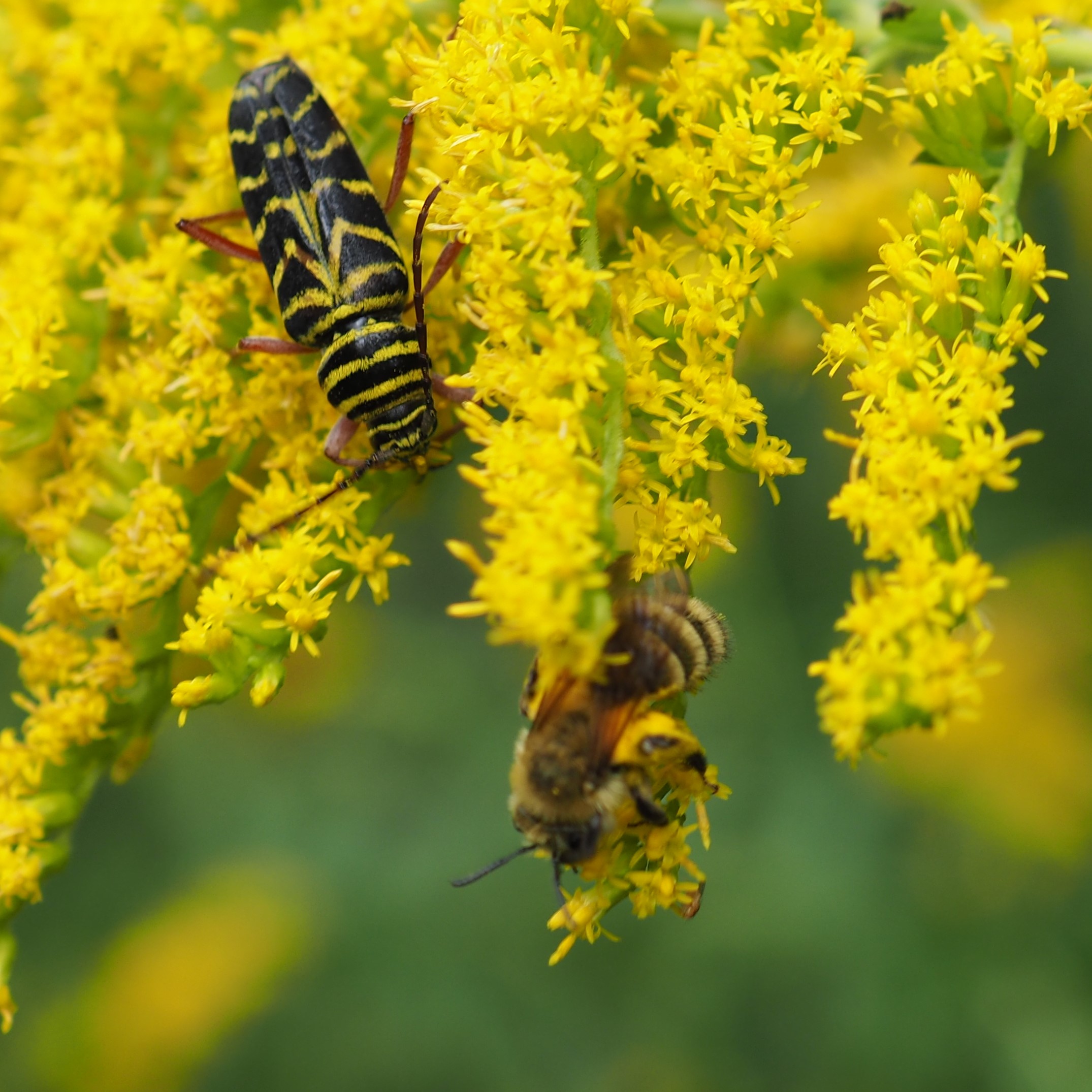
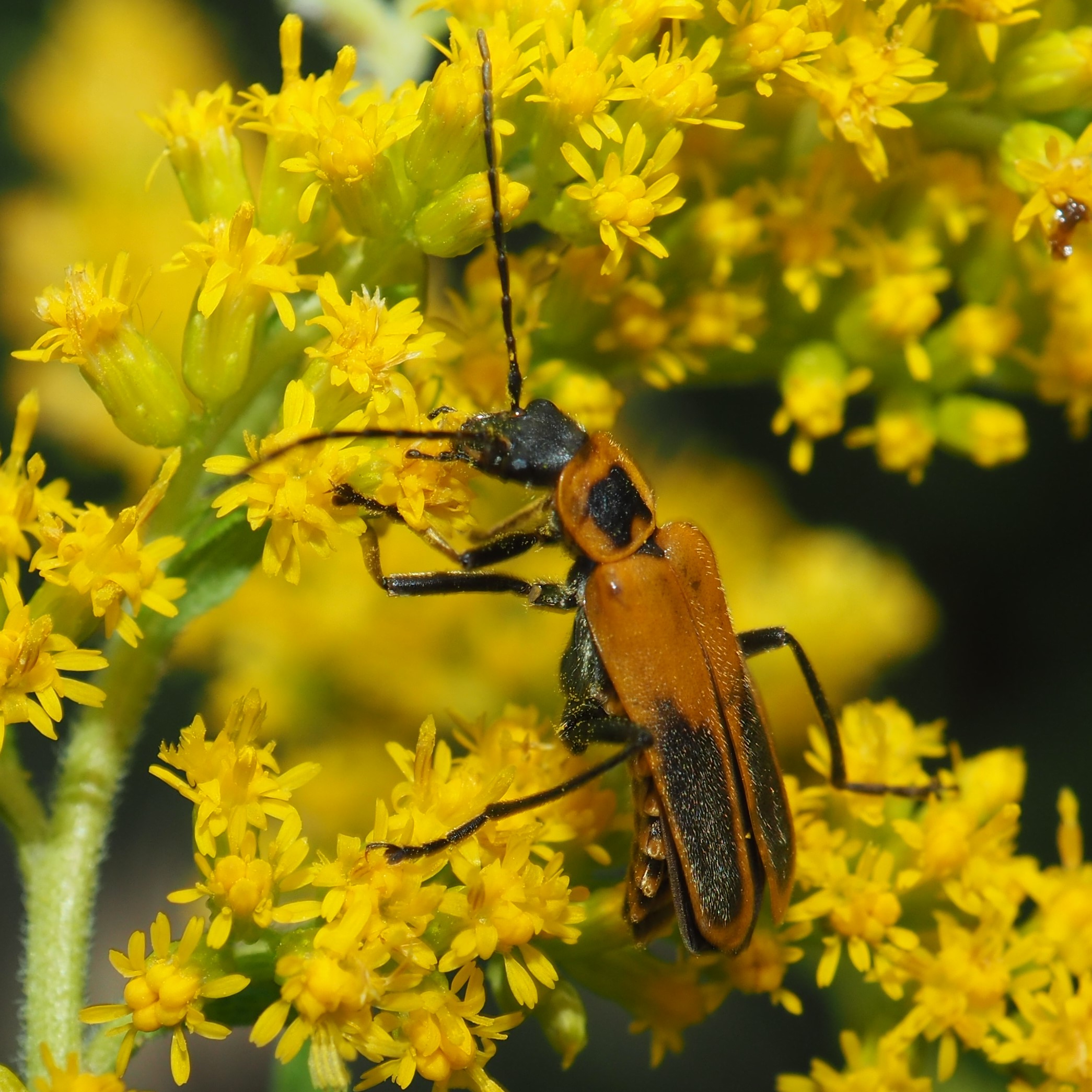
This little Weevil started its professional modeling career in the Goldenrod, then moved indoors in a jar.
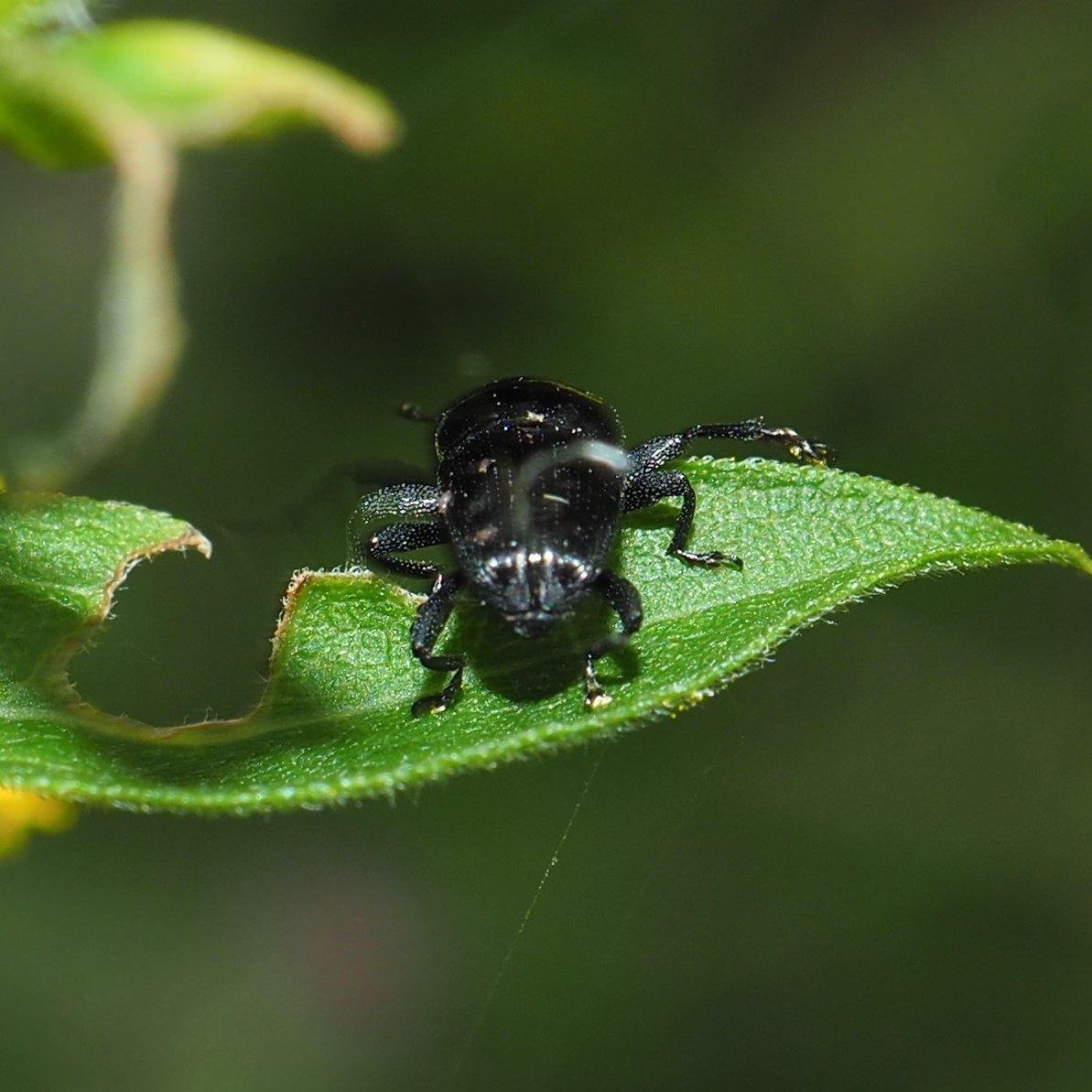
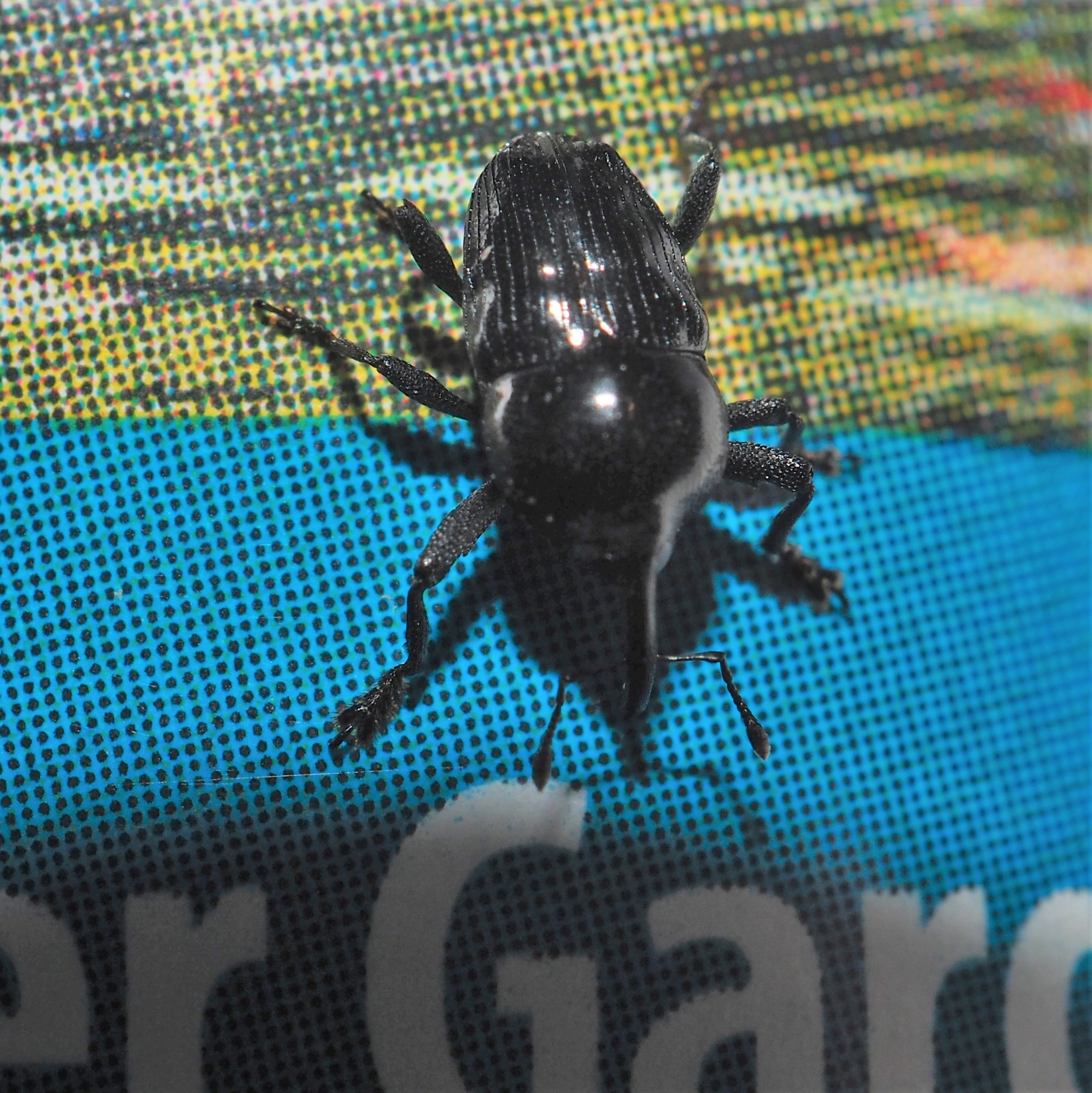
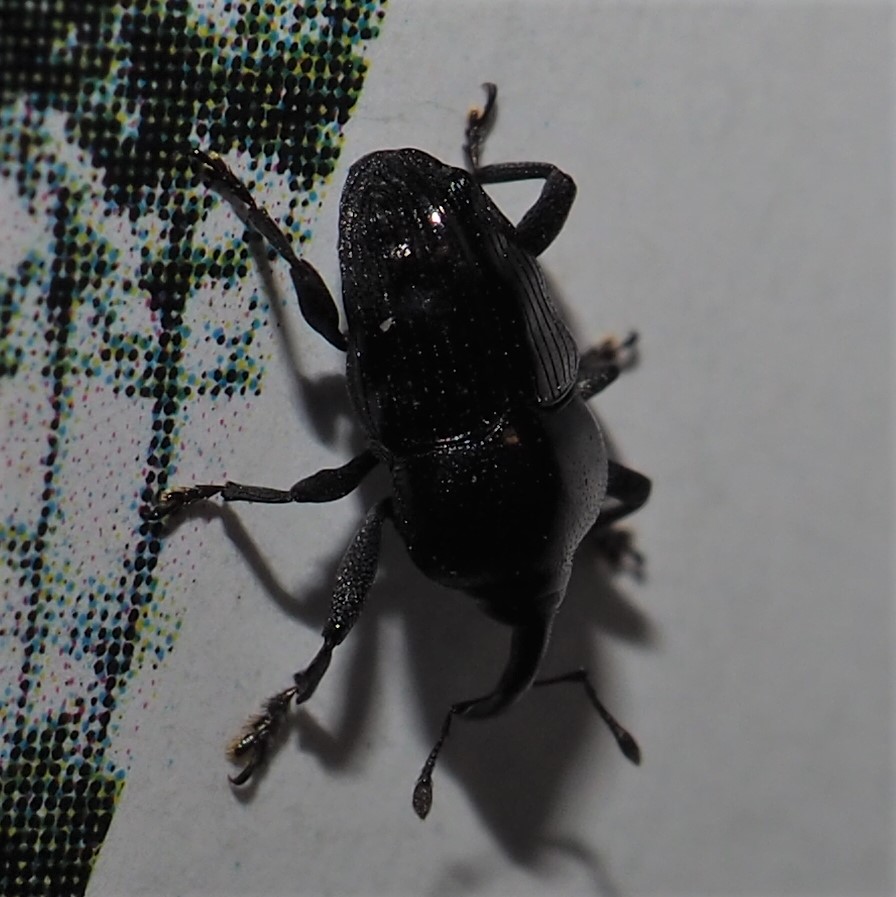
First is an Asian Lady Beetle. Second could also be one, but it might also be a Polished Lady Beetle - they can have some spots, but this one is almost spotless. They also have that kind of gelatinous-looking coating on their wings. Third MAY be a Rove Beetle. Its elytra (hard outer wings) seem very short, exposing the soft underwings.
.
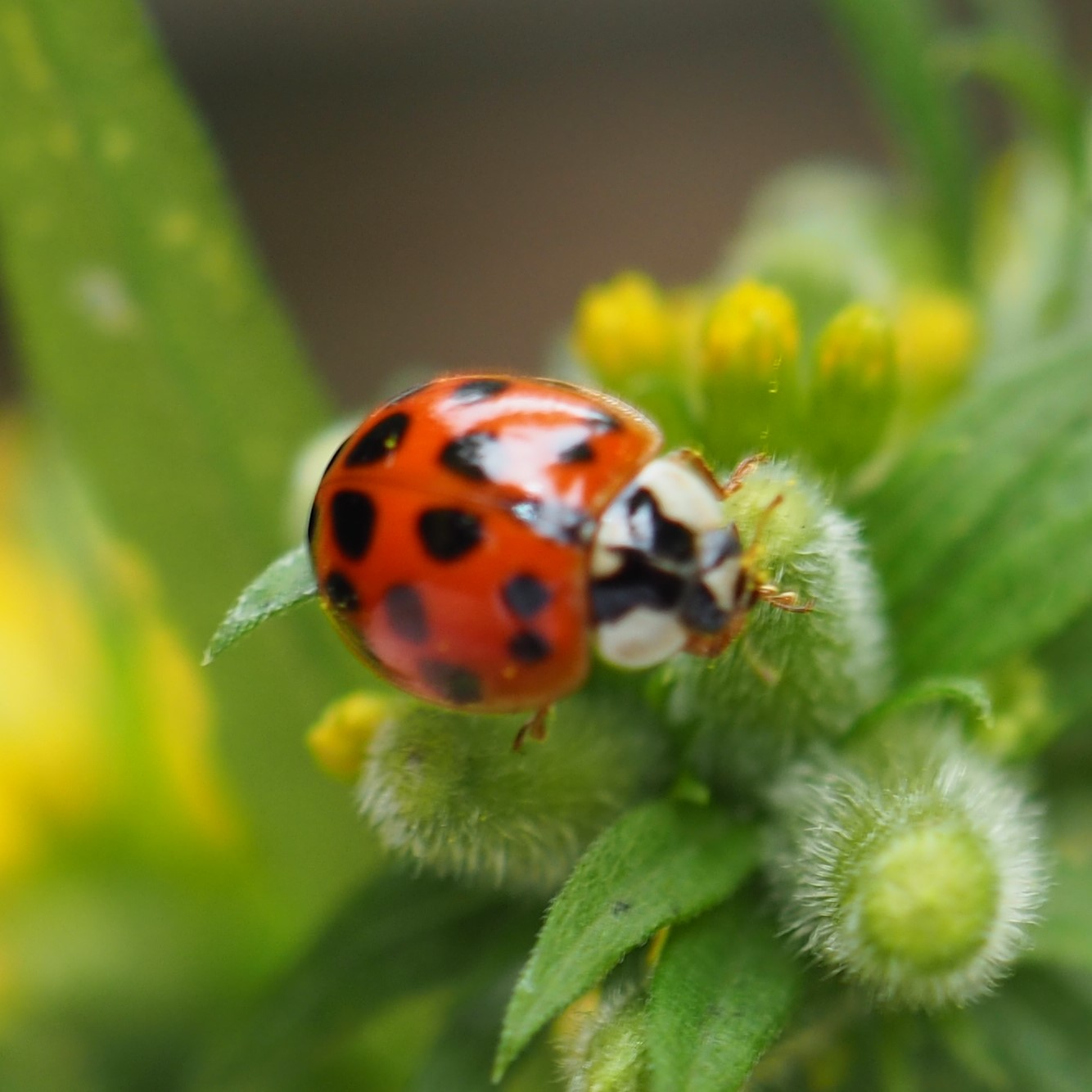
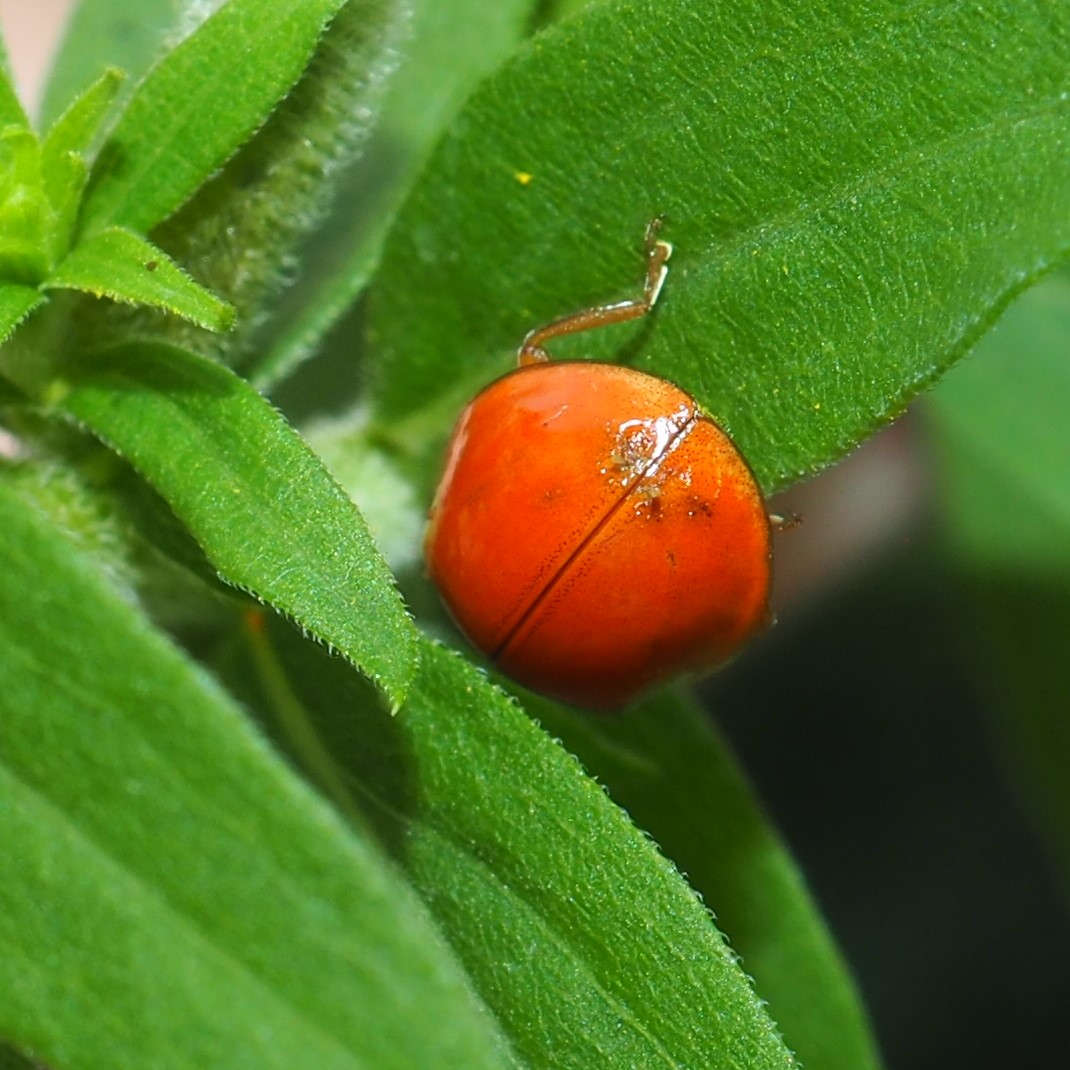
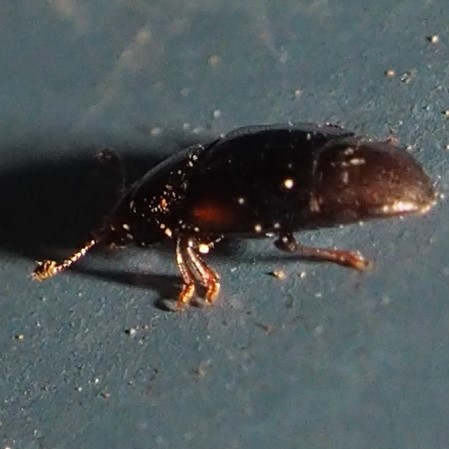
You may wonder why I always start off the Bugs Section with the monsters that eat other bugs. Well, that's because Assassin and Ambush start with A. That means they land in my file of photos before other bugs. Besides I like them. So, first up, an Ambush Bug (two shots). Then two images of the Assassin Bug, Zelus luridus. In image 4, the Assassin has impaled a smaller creature with its slurpy-maker. Click twice on this image to see the lucky critter.
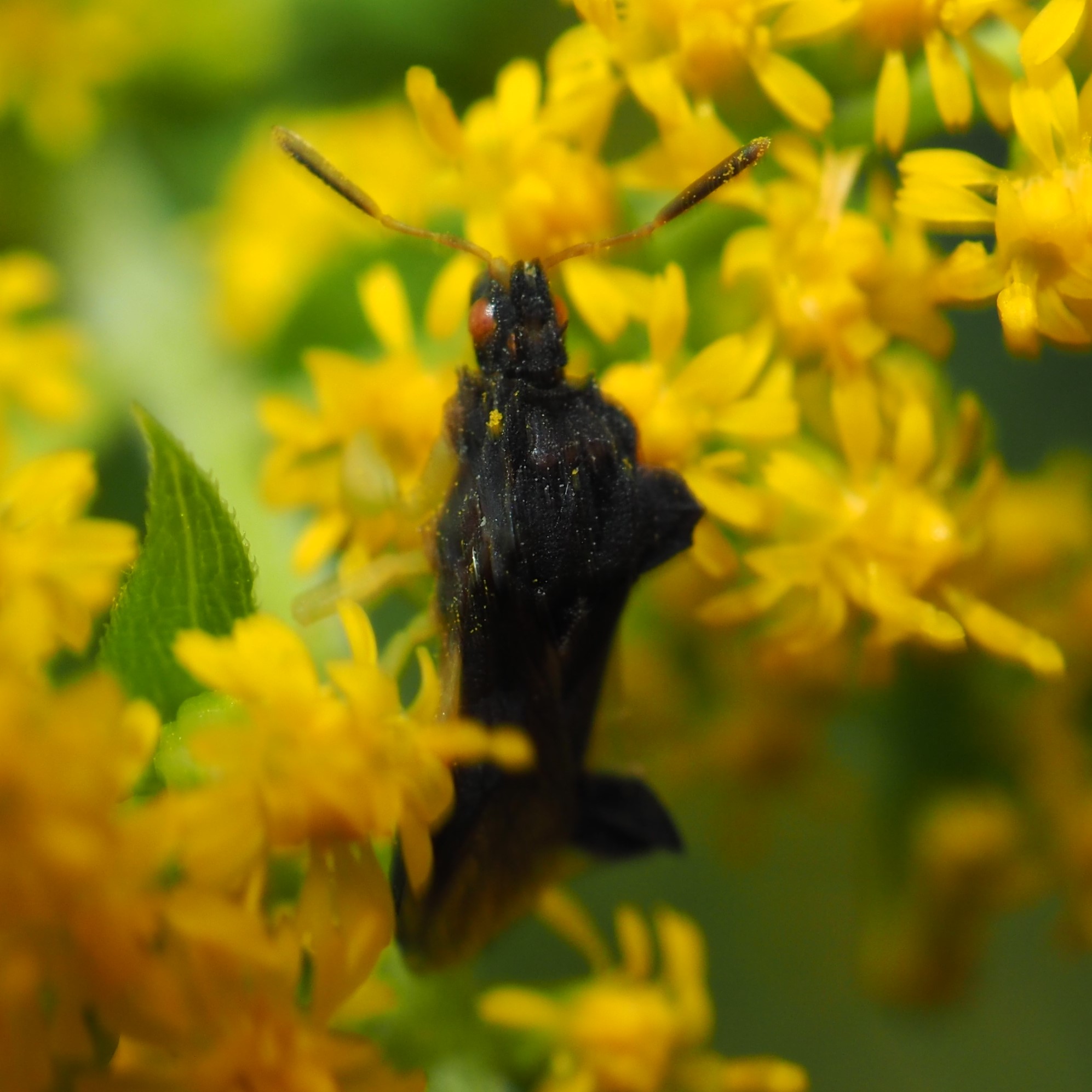
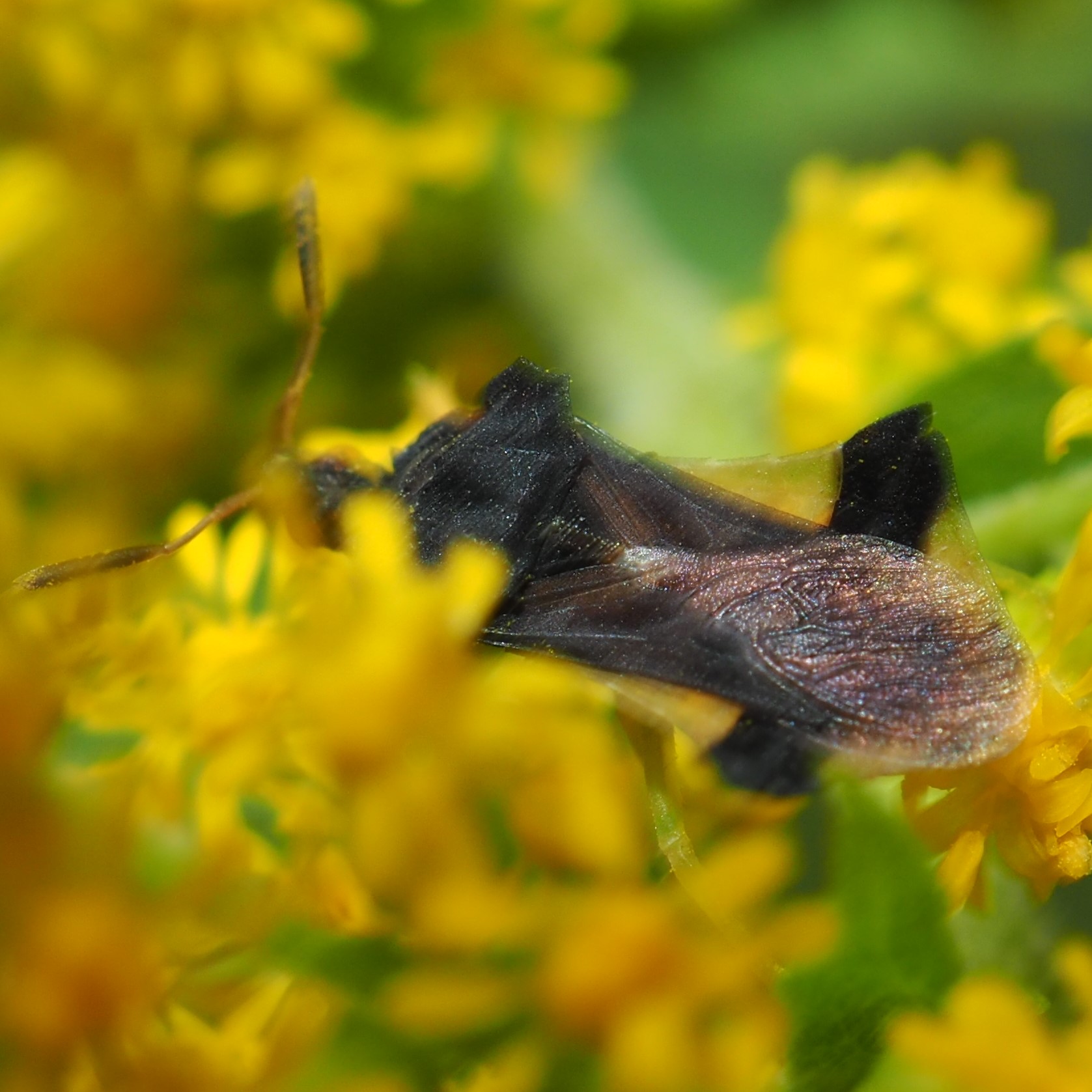
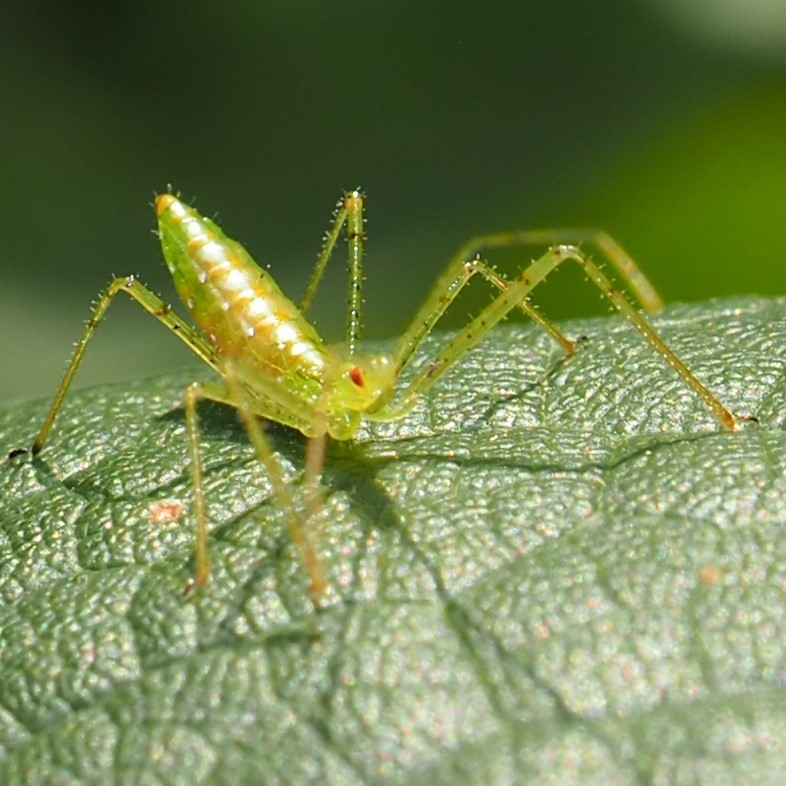
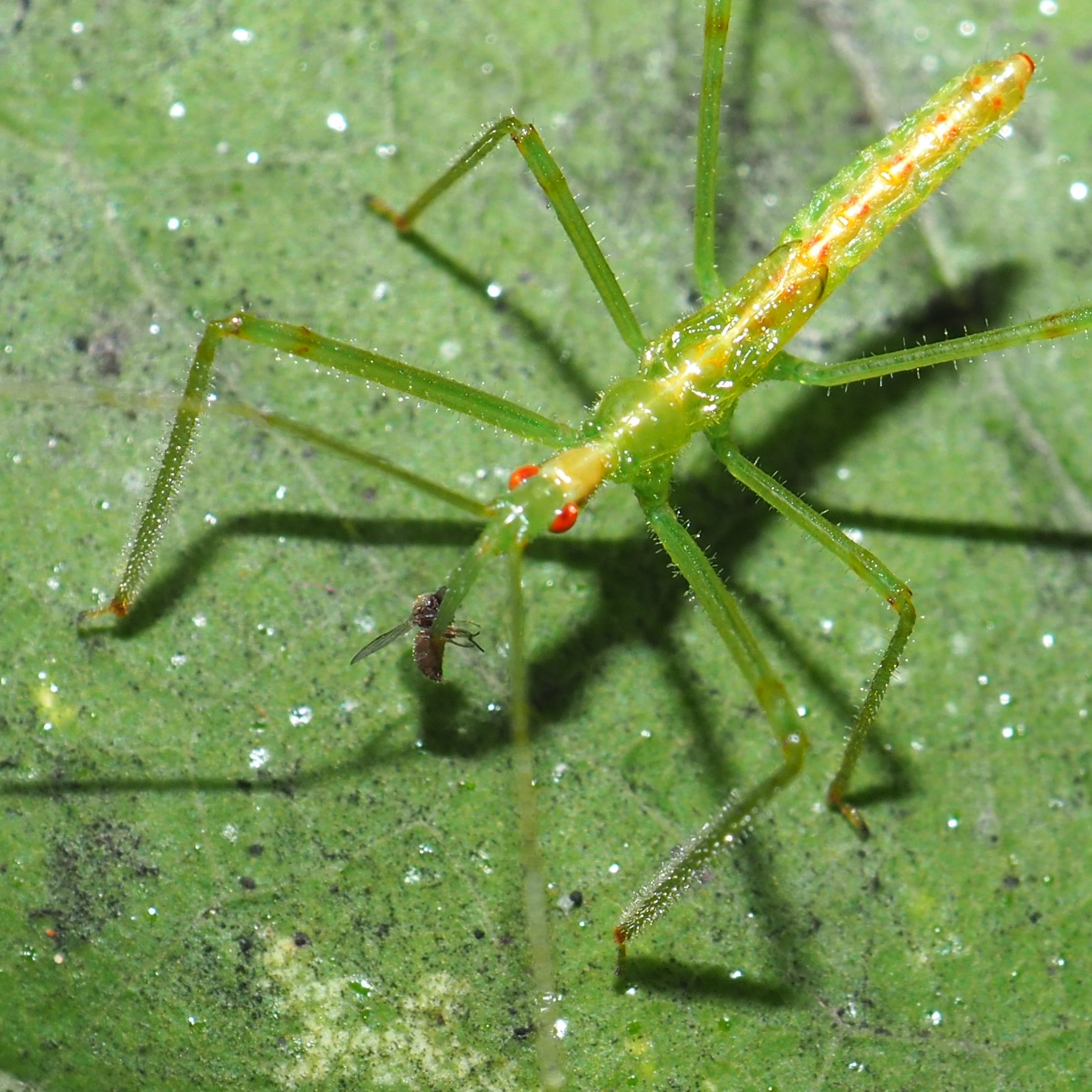
Here are the only two leafhoppers I saw this week. The faithful Candy-striper and the ever-mysterious white leafhopper with the red pattern. It's in genus Eratoneura. Unfortunately there are so many different leafhoppers that belong to that genus, and they all look so similar! Third is a Plant Bug which I think is in genus Phytocoris.
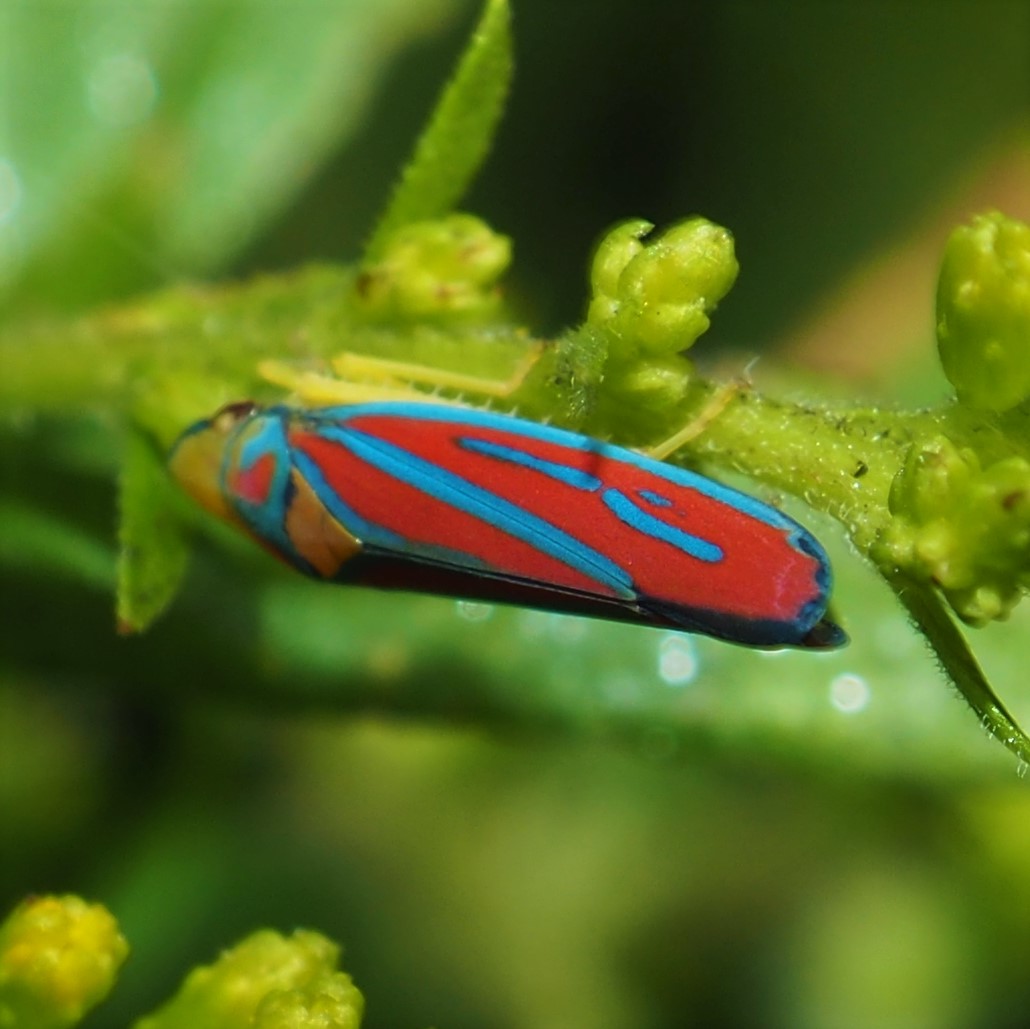
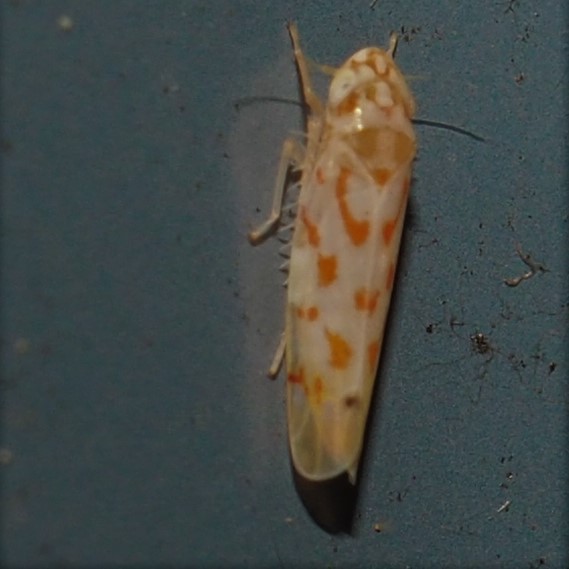

Here is one of the Stilt Bugs, named for its long legs. Then here is one of the Stink Bugs. Third is our pet Treehopper's egg, waiting to hatch. I'm still patiently waiting for that to happen. The stem where it is sitting patiently also had a very interesting structure on the edge.
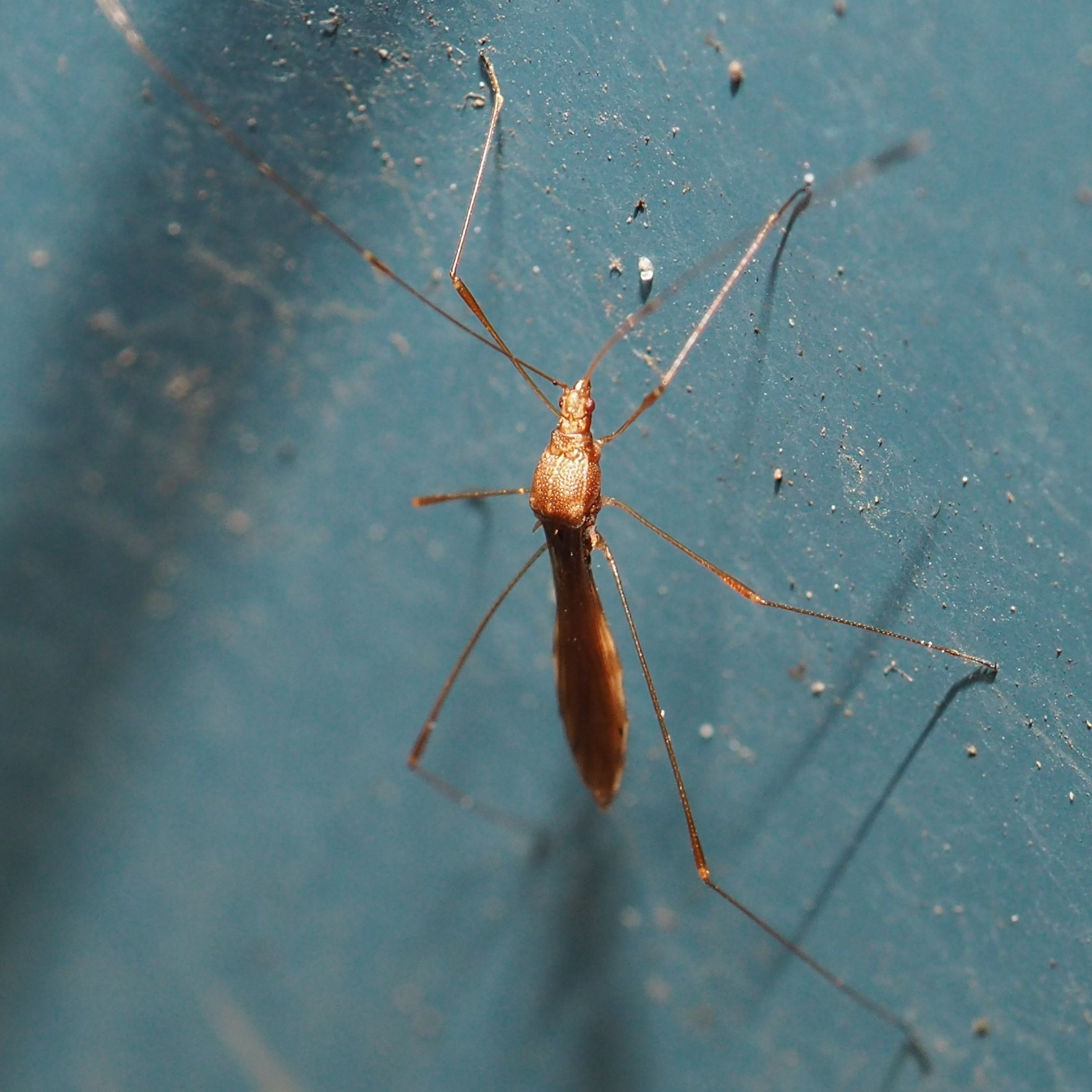
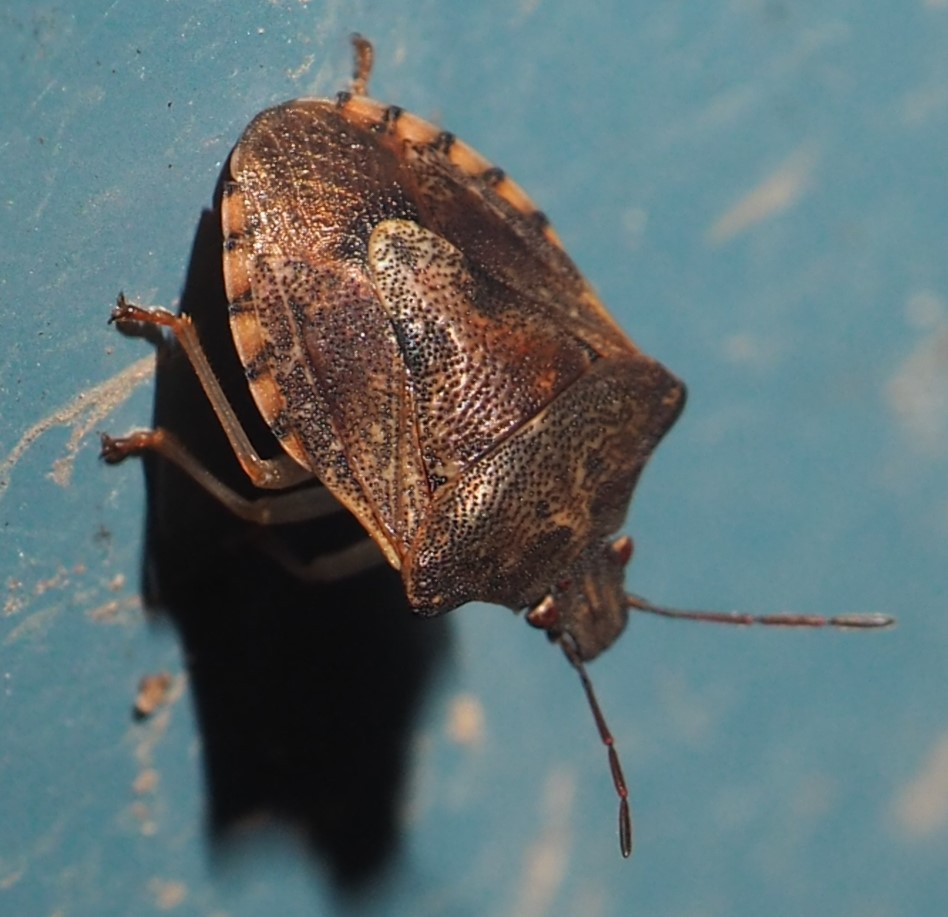
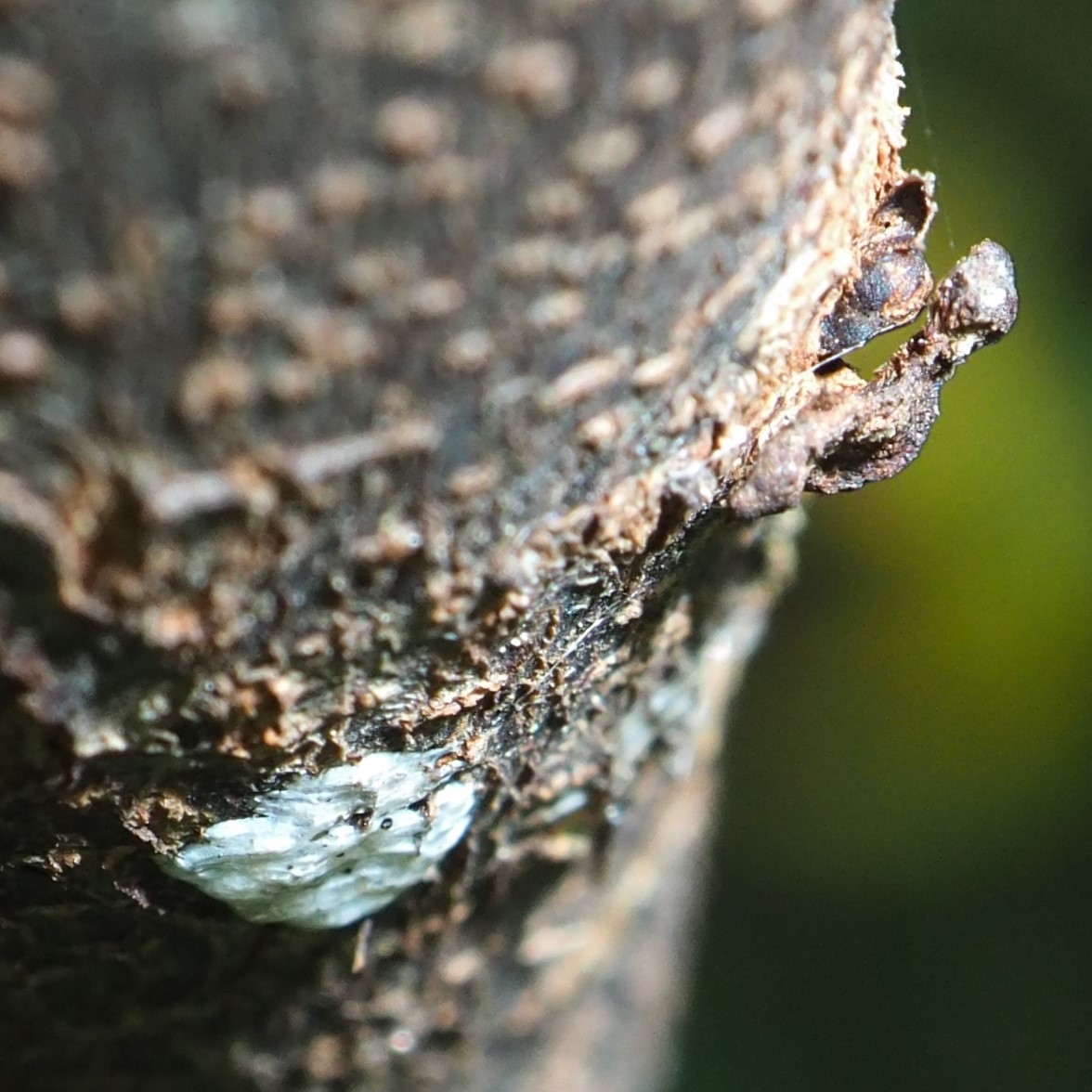
Here we are at the section on Butterflies and Moths. This first picture is the caterpillar of a moth called the Grapeleaf Skeletonizer. I don't have a Skeletonized Grape Leaf right now, but here is an Oak Leaf that has been carefully skeletonized.
Third is that lovely Ailanthus Webworm Moth that we first saw last week.
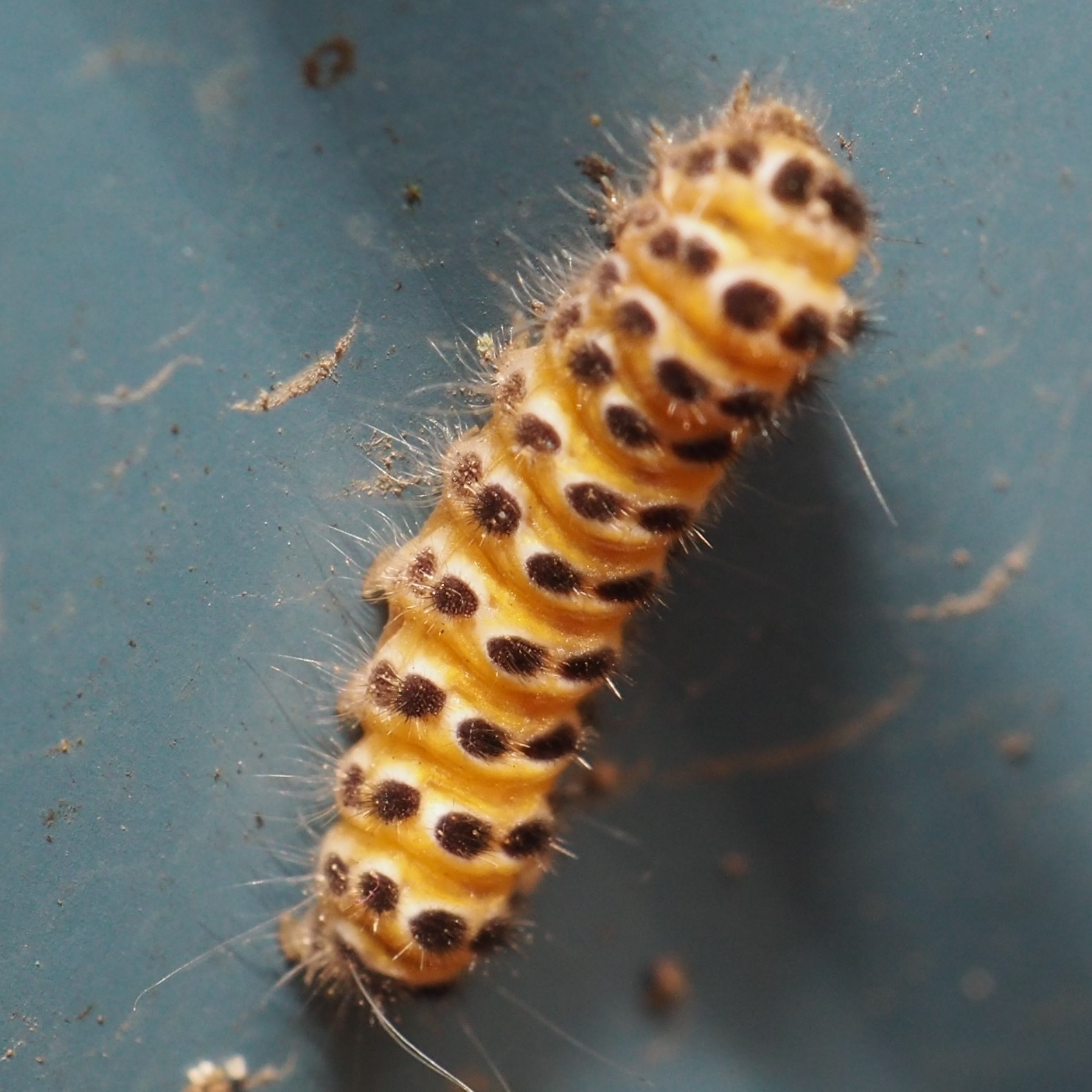
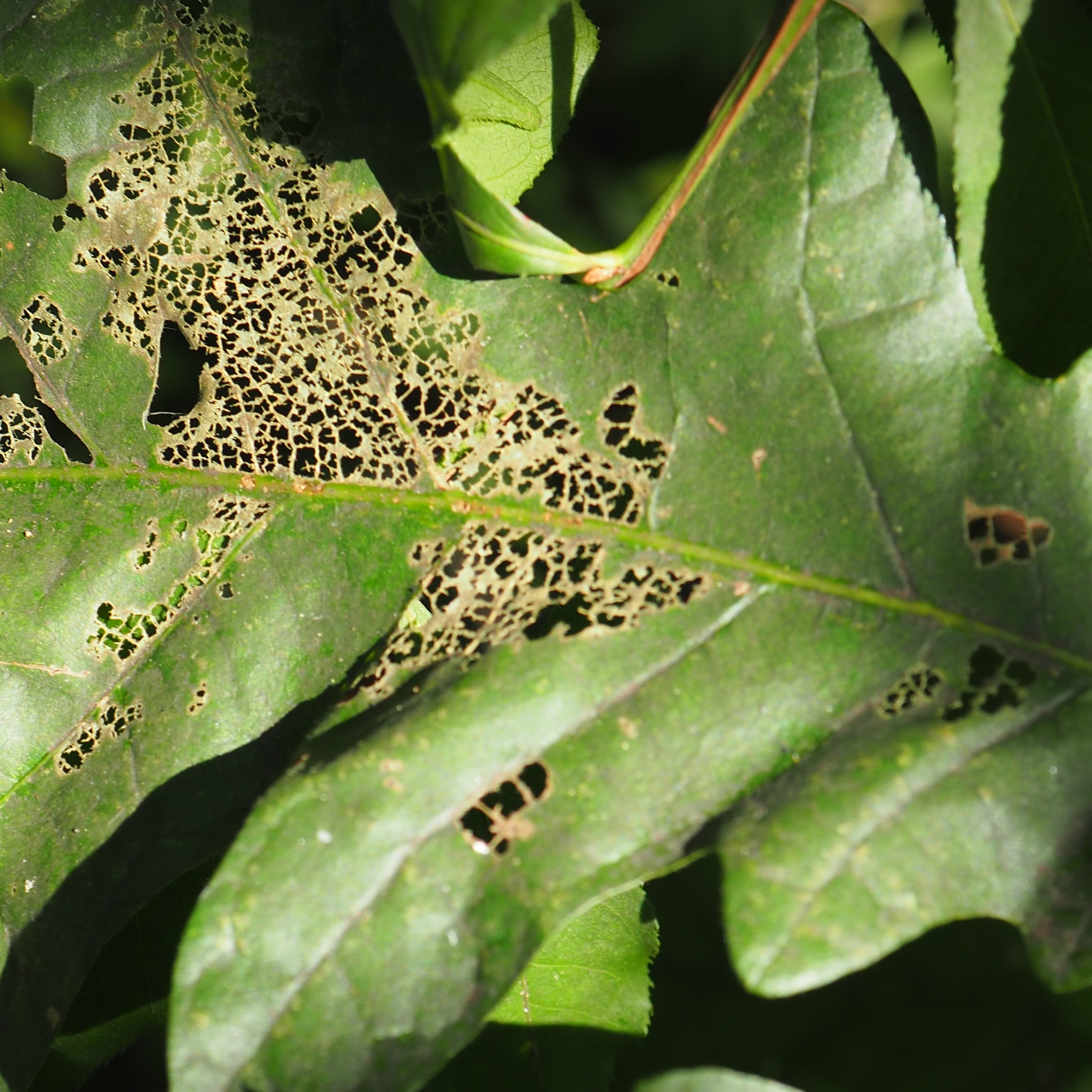
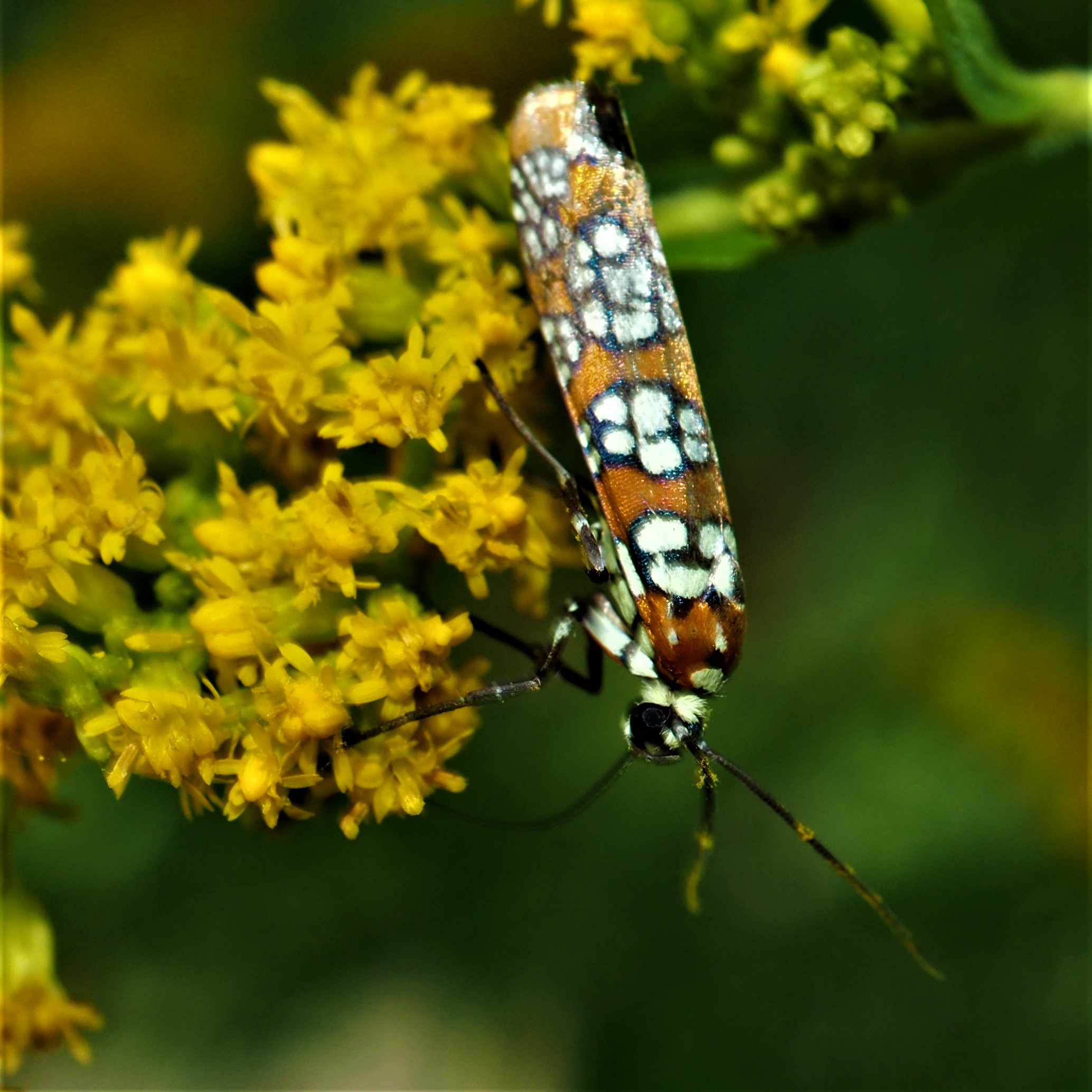
Here are a few Moth mysteries. First, this rich brown little one. Second looks like one of the "Grays", and is probably the Porcelain Gray. Third is another "mystery moth", and so is number 4.
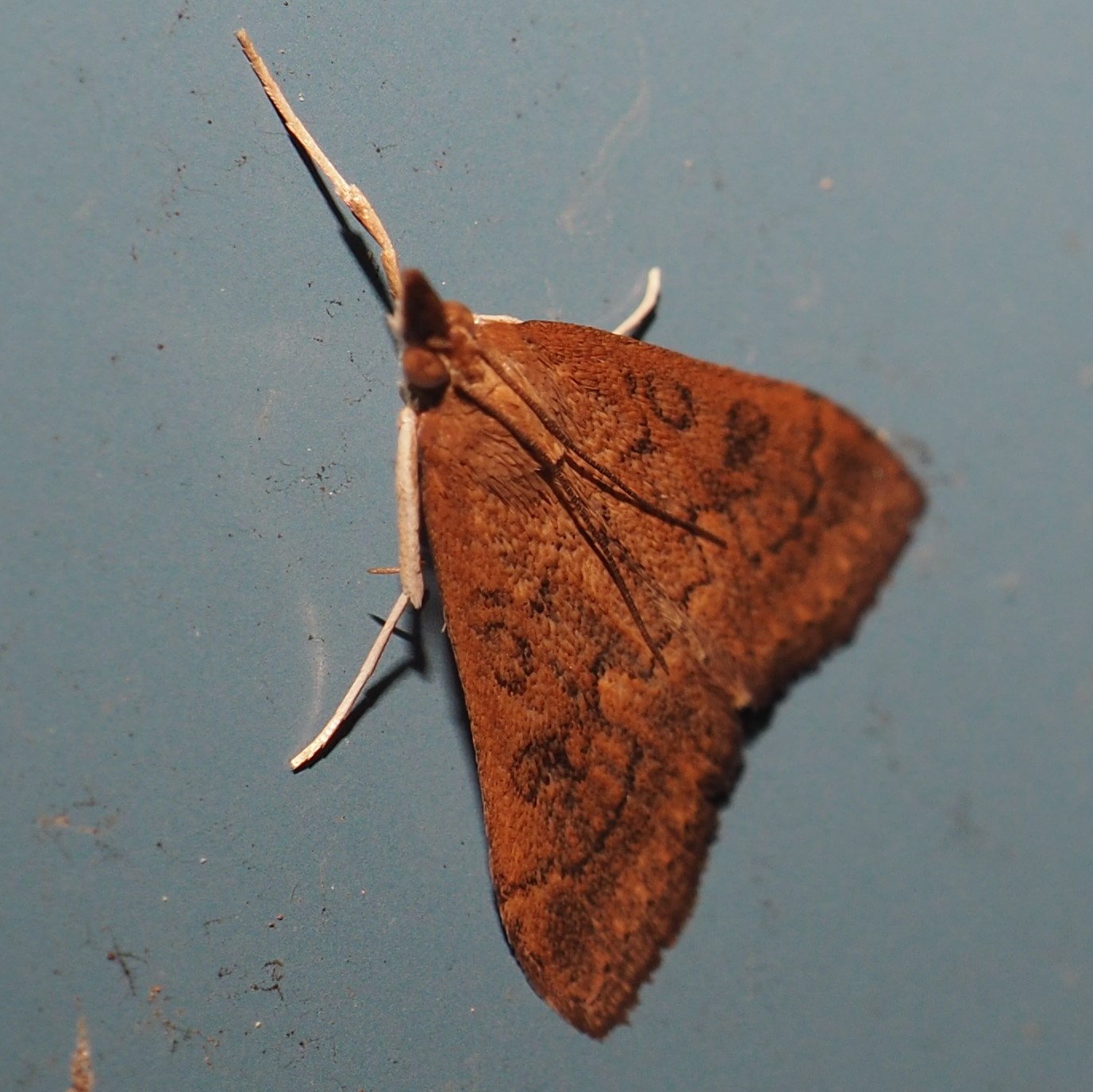
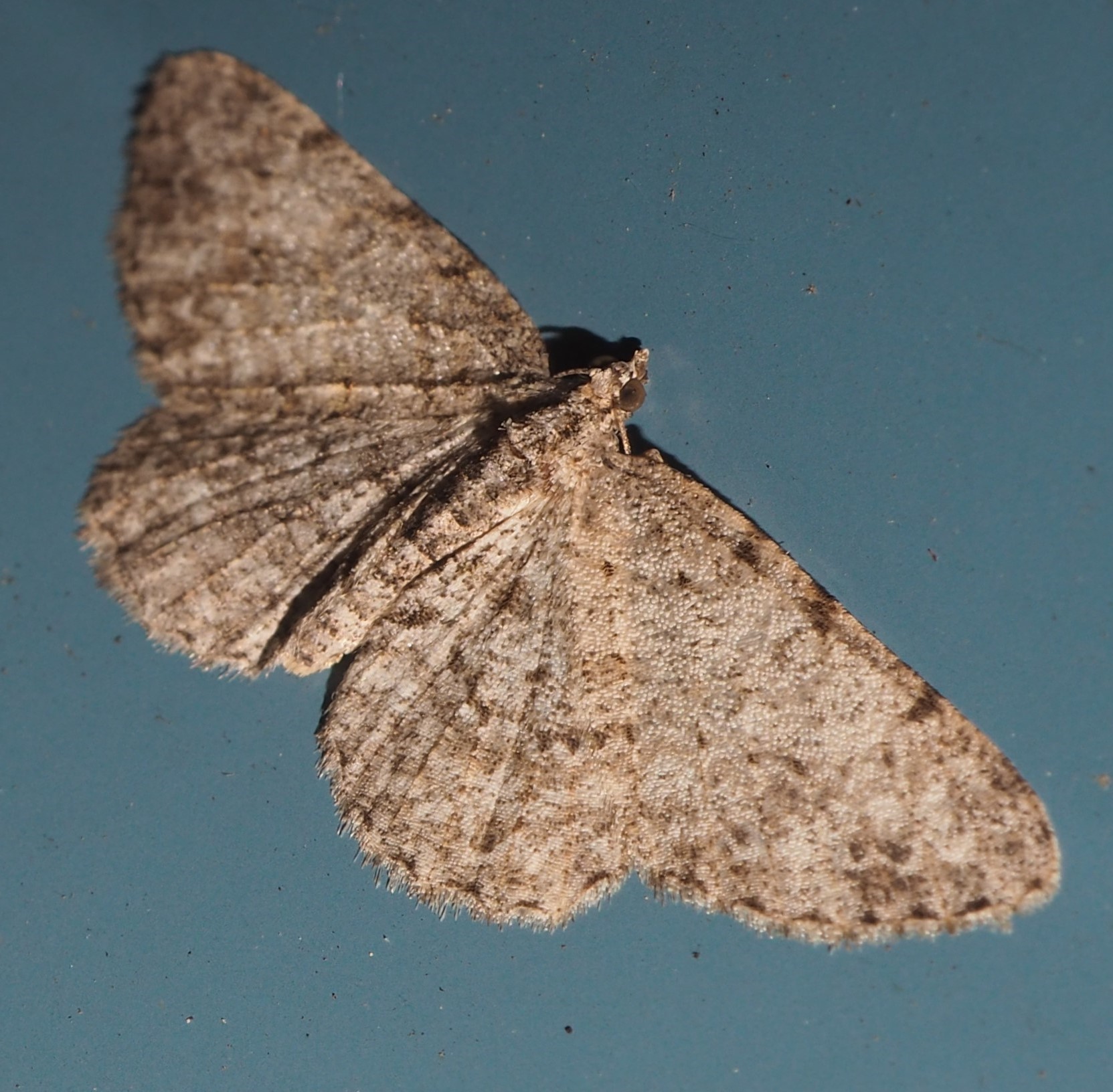

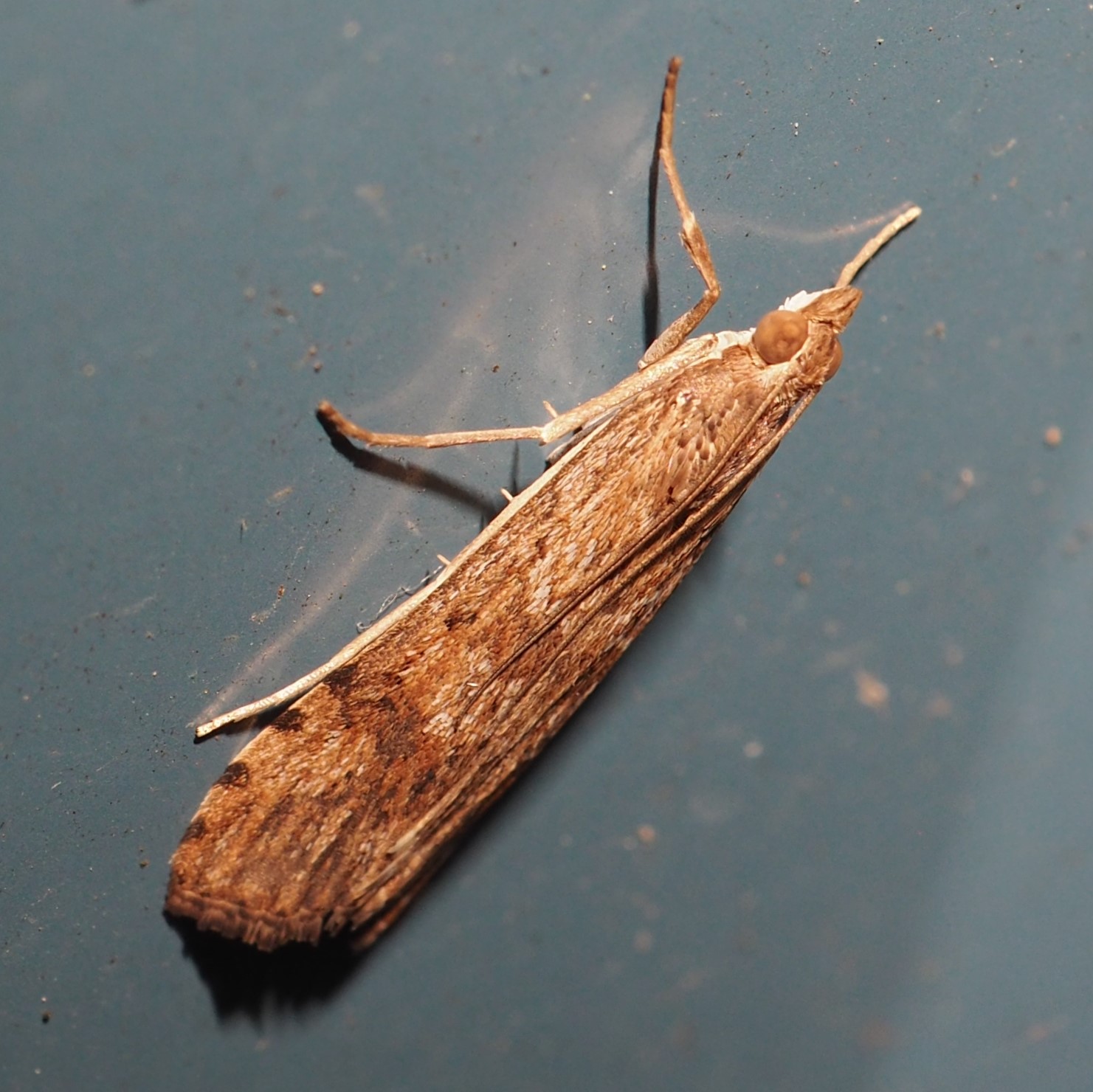
Here is the Grey Hairstreak that came to worship the goldenrod (two images). This week, for the first time, a Clouded Yellow of some species visited the Goldenrod. At first I thought it was the Cabbage White, but it isn't.

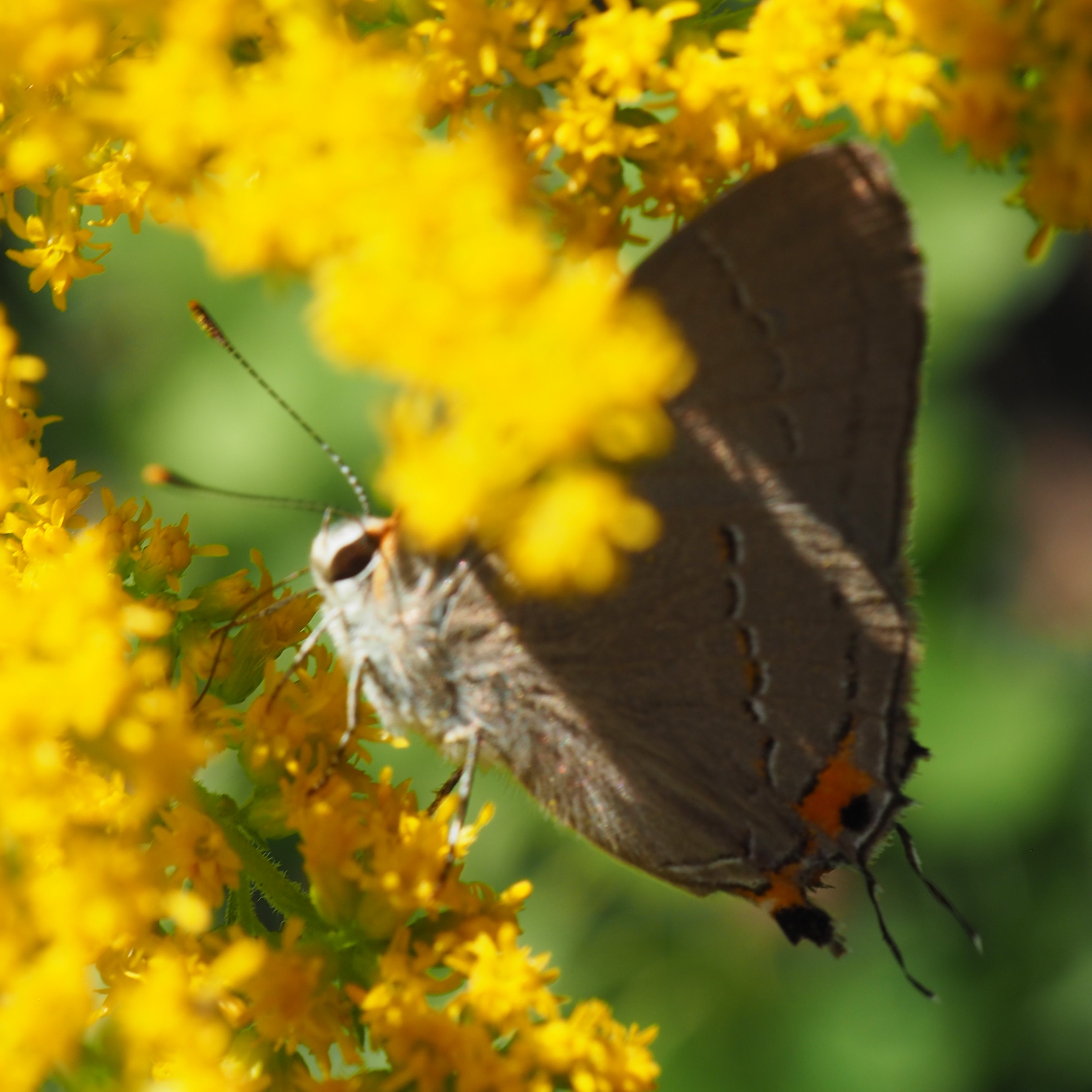
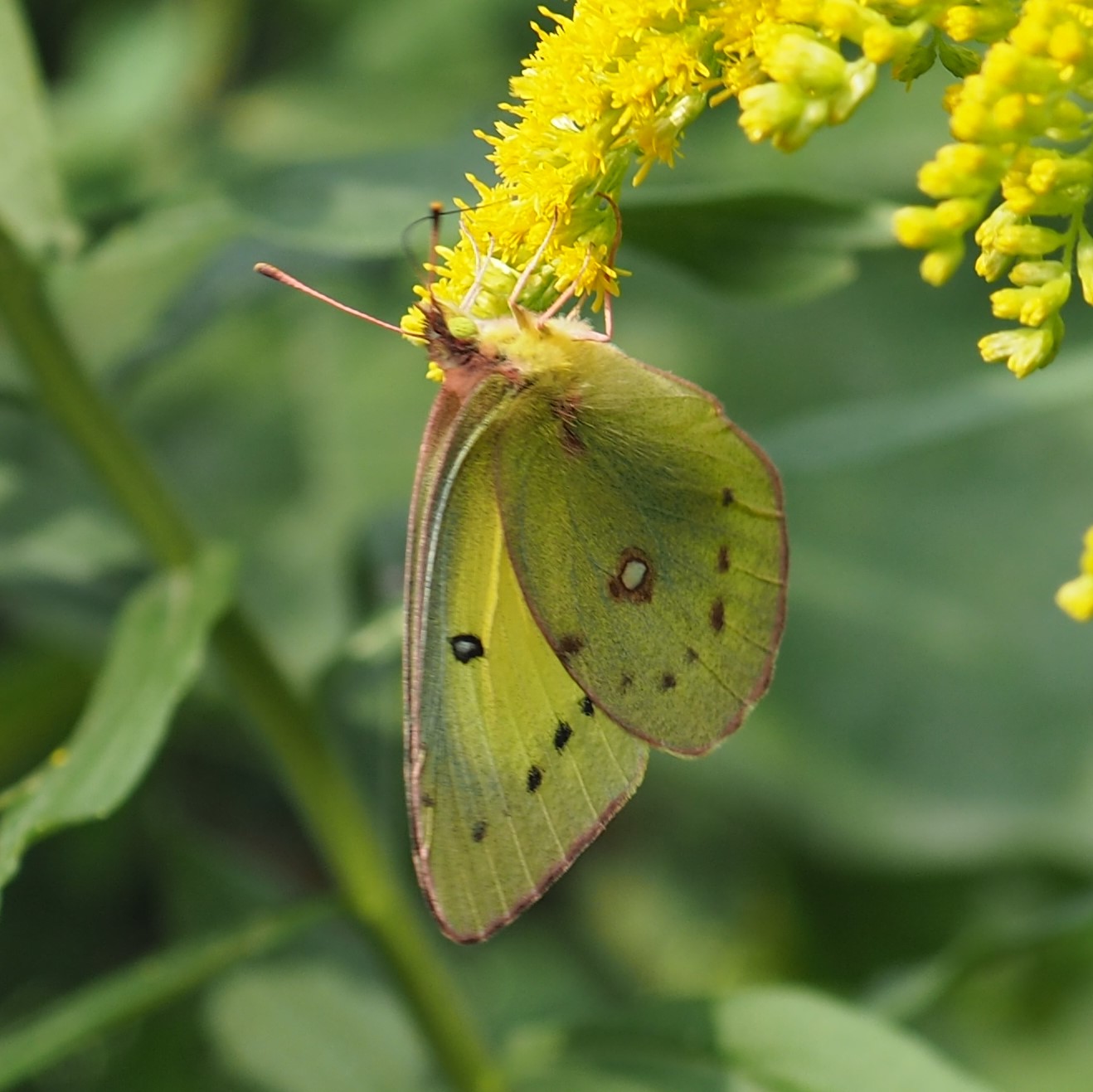
A couple of days later, I spotted two butterflies fluttering together on one flower. You can see the difference in color between the two of them. Then they split, one to one flower and the other to another. Fourth is just the one from 3 days earlier brought down for comparison. For now I'm calling #2 Orange Sulphur and #3 Clouded Sulphur.
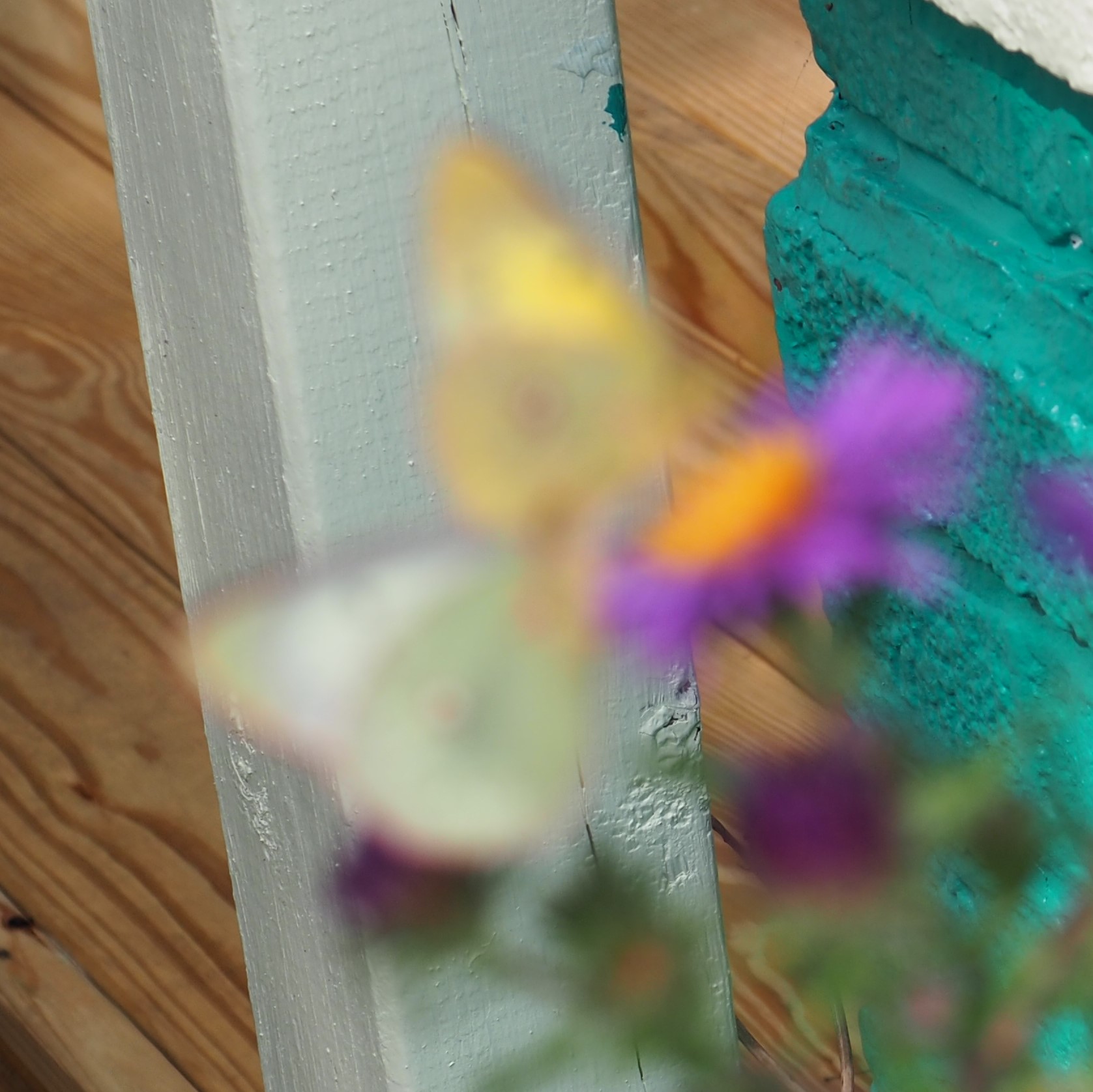
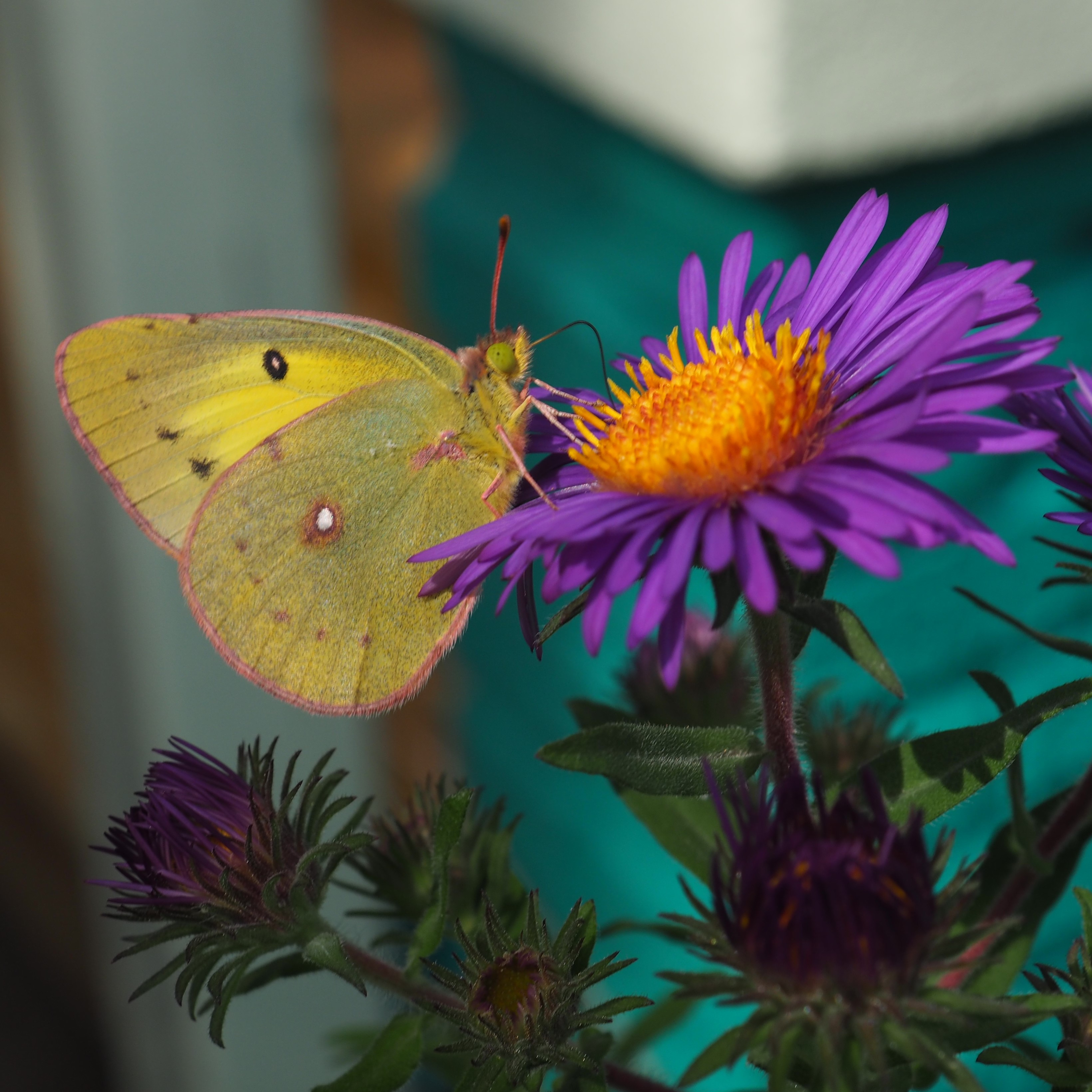
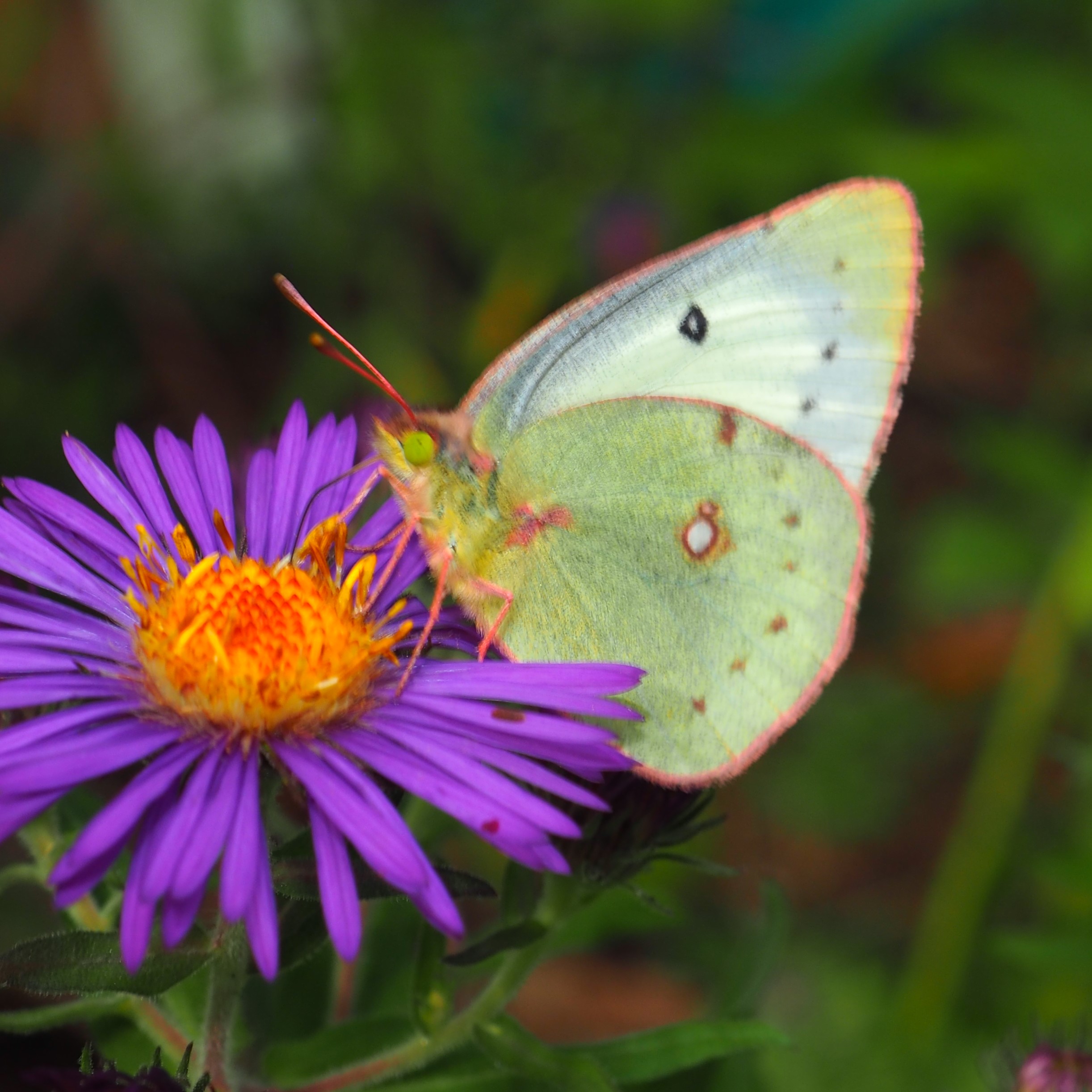

Our only Orthopteran of the week was this Scudder's Jumping Bush Cricket. Look at those antennae! When I turned around it had jumped out of sight!
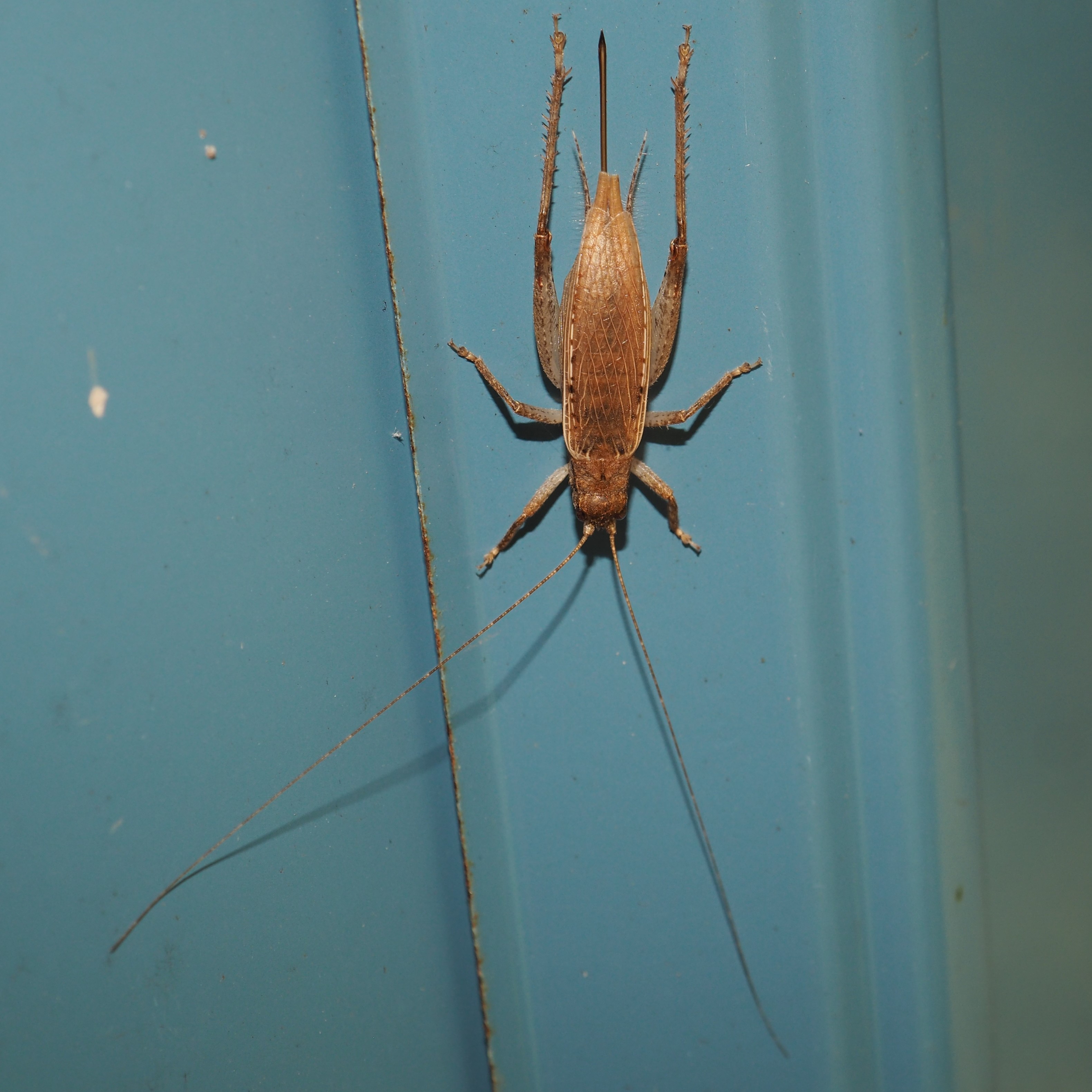
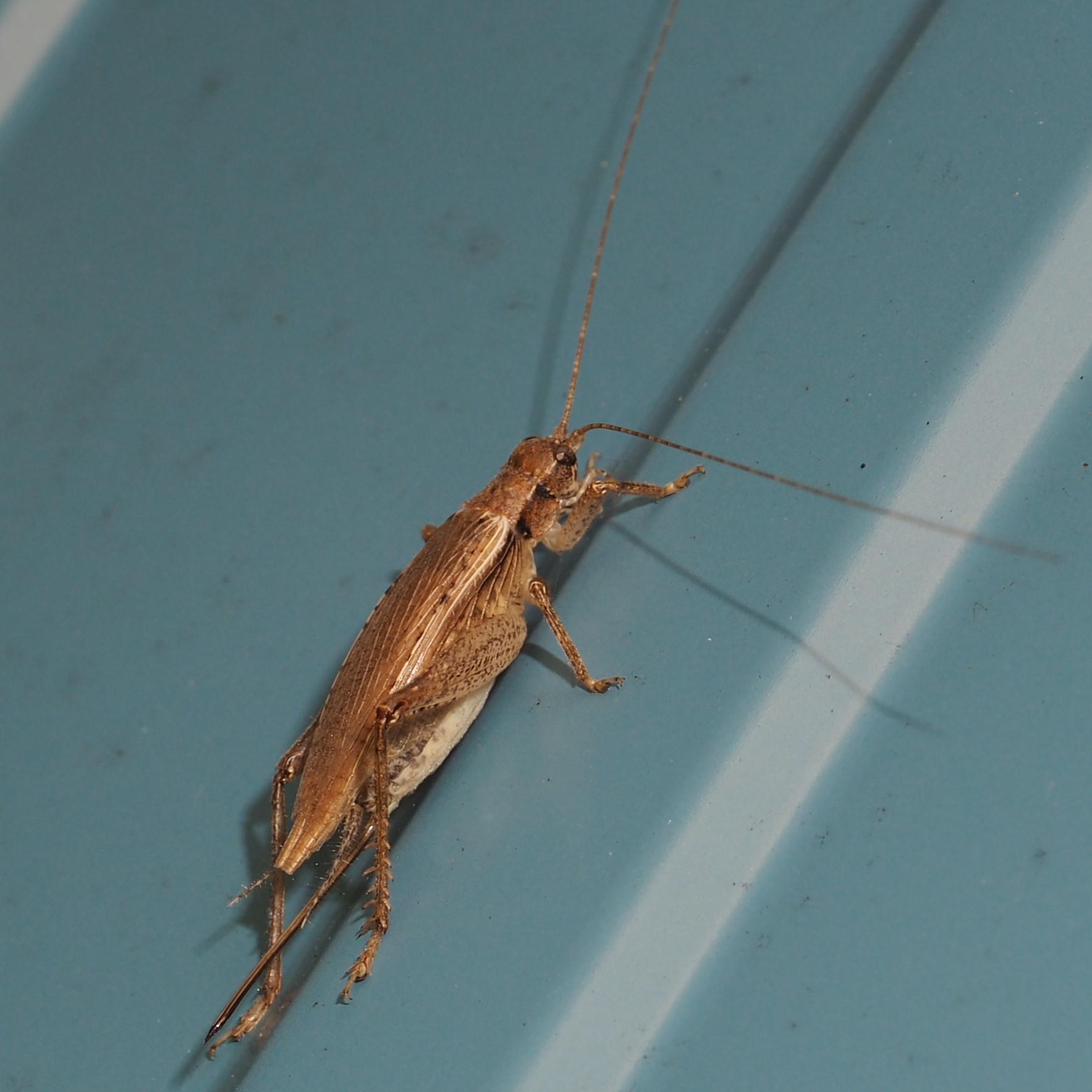
Here are some of the fishes making the little red one welcome as they scramble for food. And here is the littlest baby - it is actually only about a centimeter long. And here is one a little bigger than number 2. I've hardly ever seen this one.
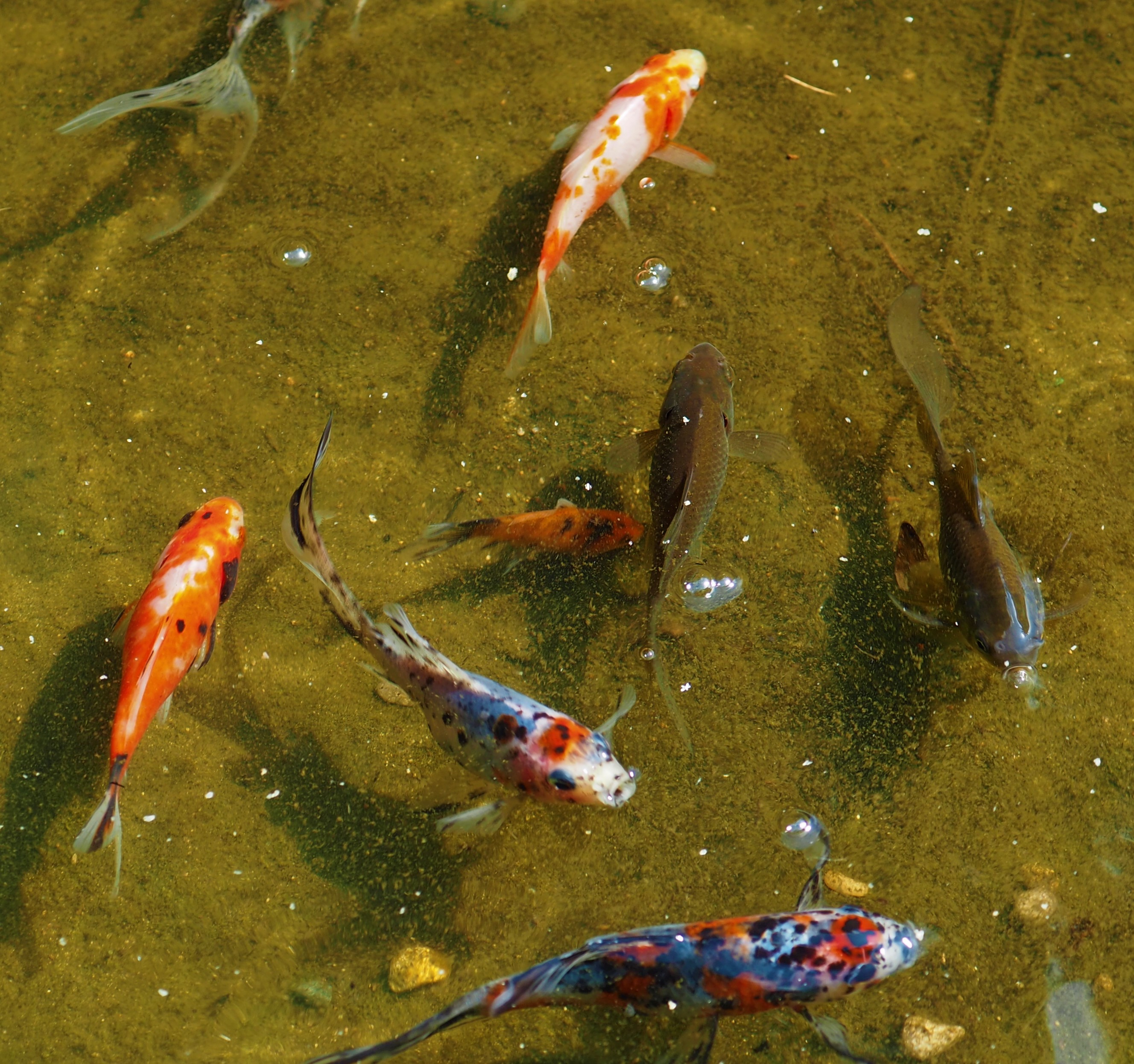

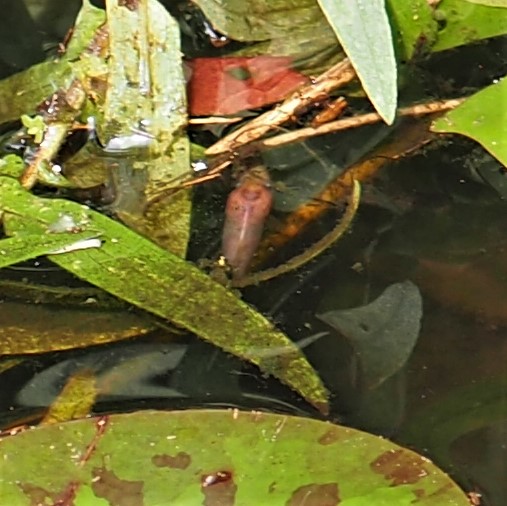
As usual, the Flies start off with a Crane Fly, this time a Tiger Crane Fly (first two images). Then come the Hover Flies, most of which you've already seen. Number 3 is your oldest Hover Fly Friend, Toxomerus geminatus.
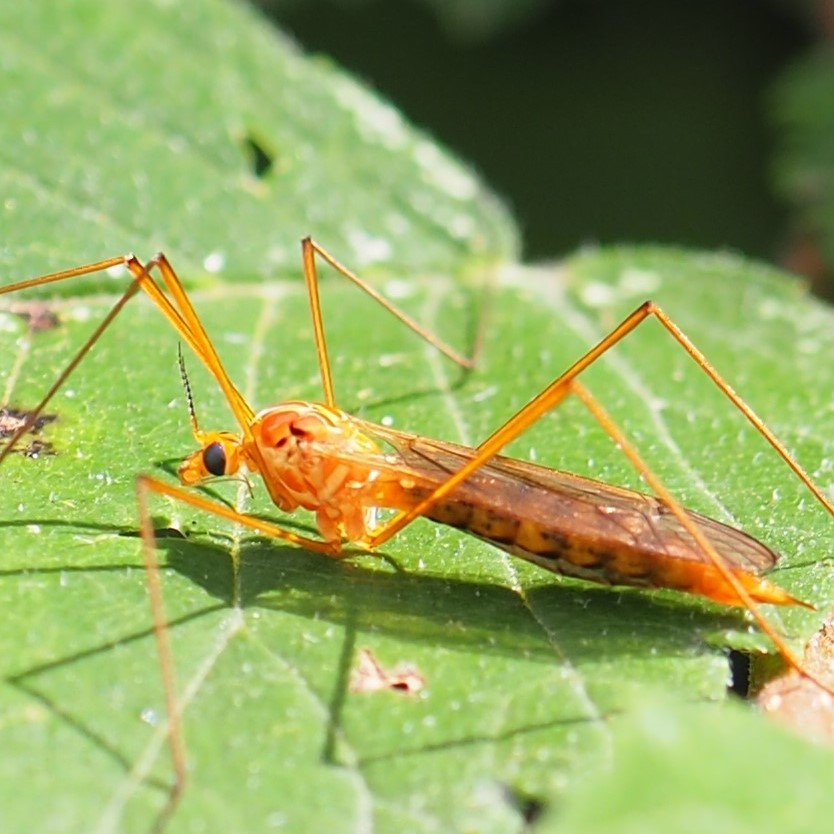
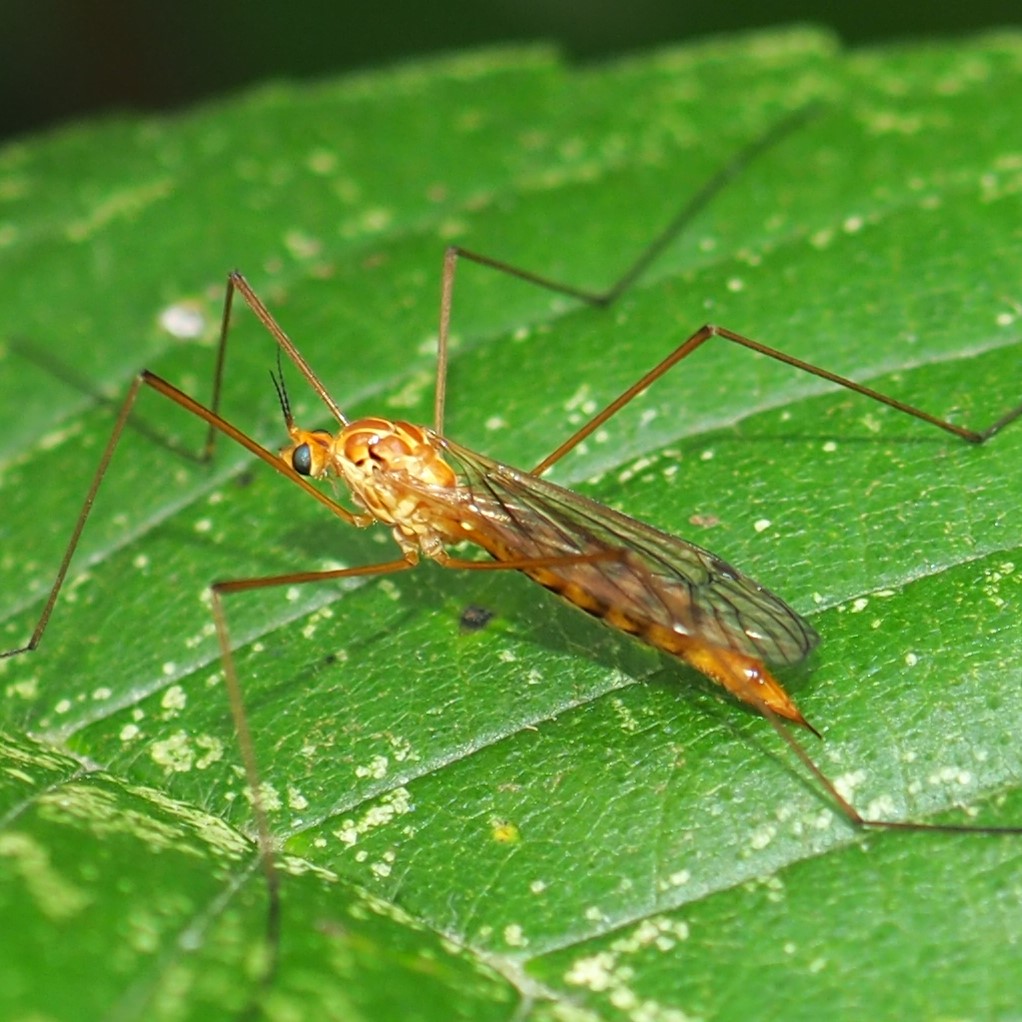
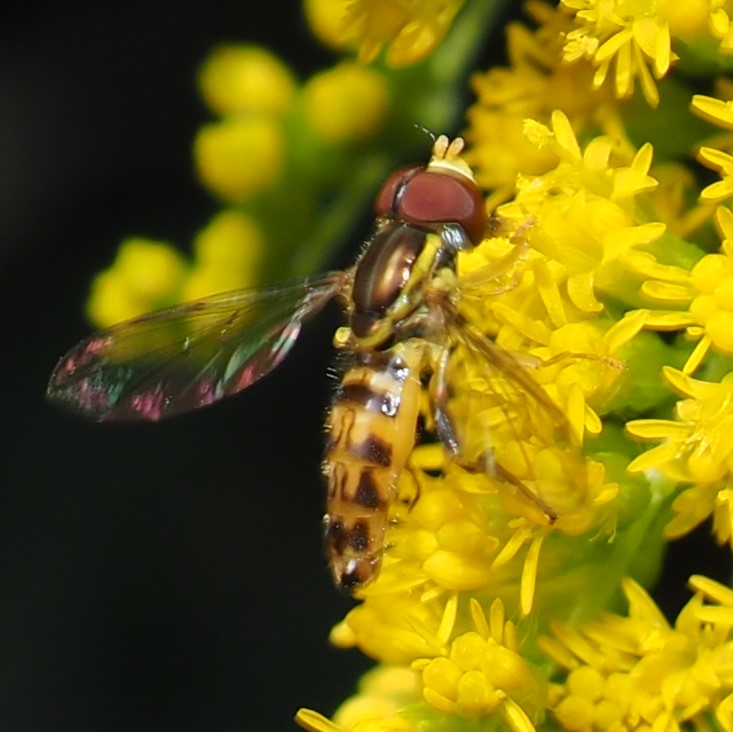
This little black fly was sunning itself by the pond. It looks like a Hover Fly even though it doesn't have stripes! It could be Rhyngia nasica (picture 2). The third fly is a Hover Fly of genus Syrphus, but apparently there are so many that look similar it isn't going to be ID'd to species.
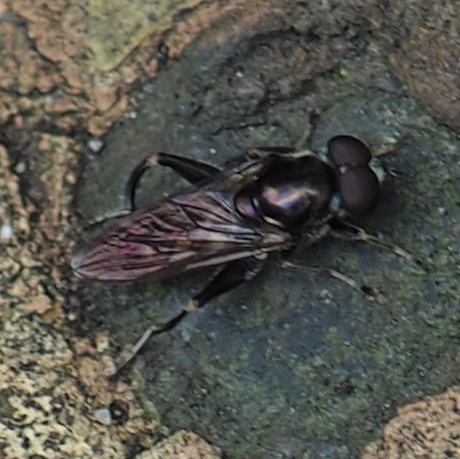
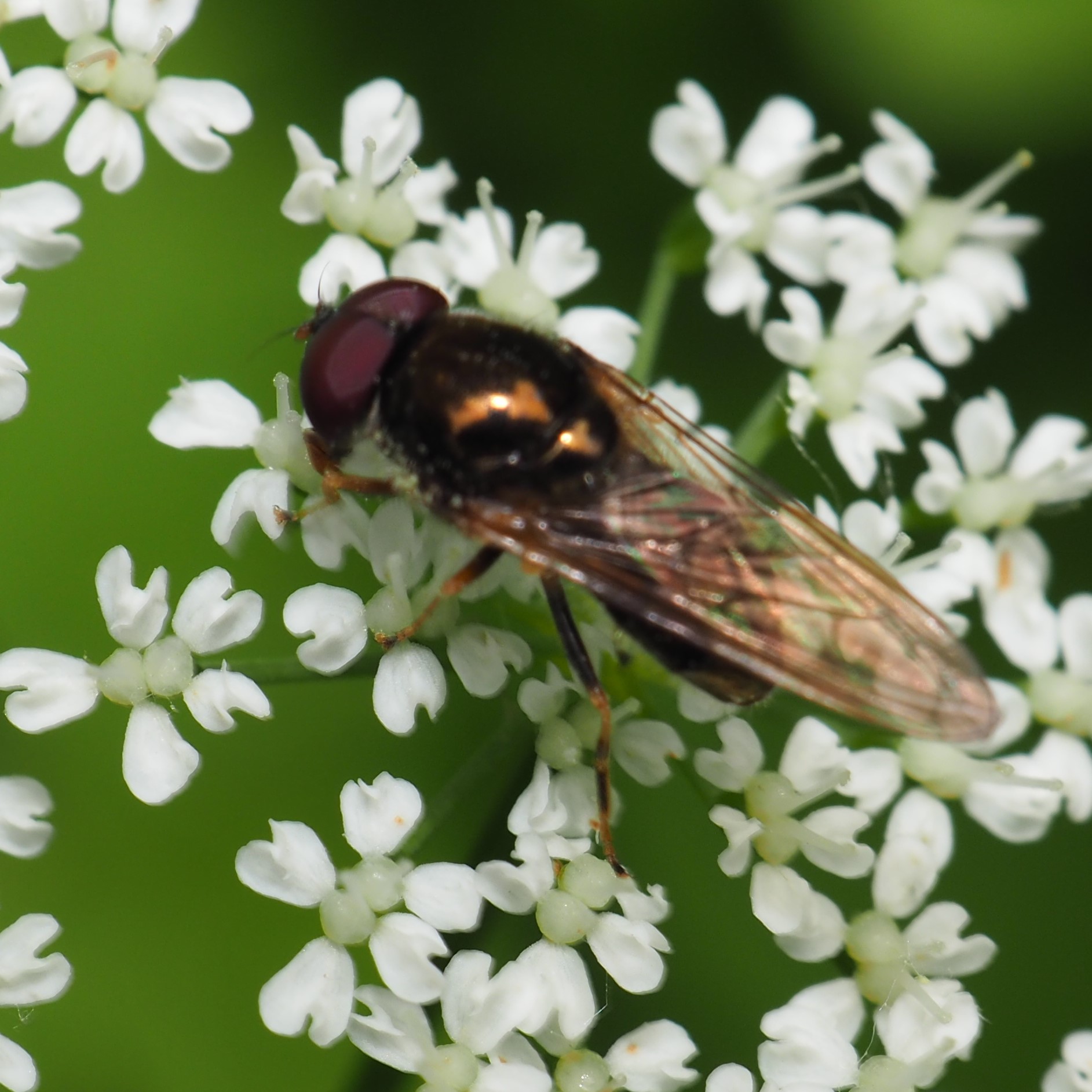
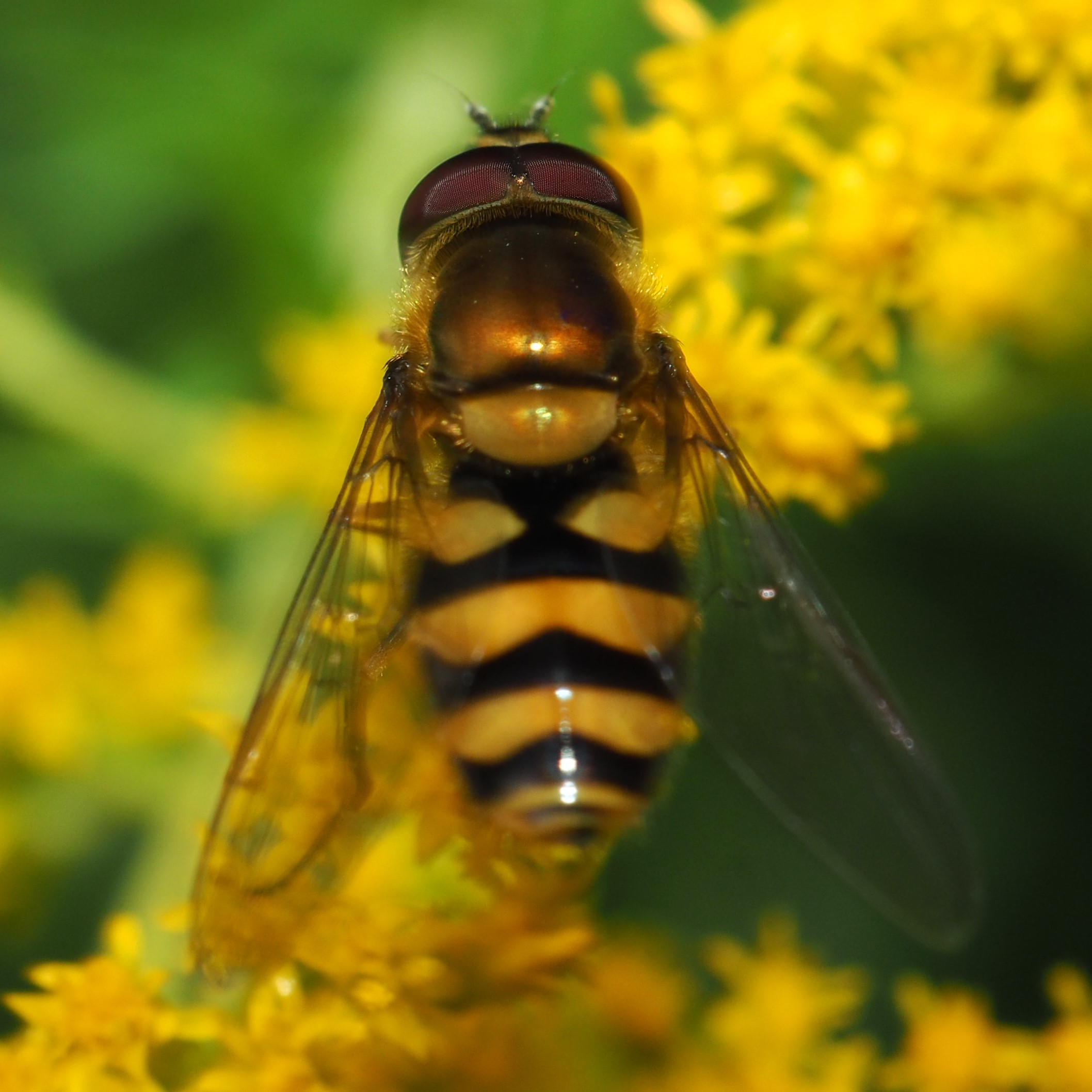
This first one is an unusual sight - a Long-legged Fly that didn't escape when it heard the focusing click! Next is a really hairy (more like spikey) fly. Brrr. Another Minettia lupulina.

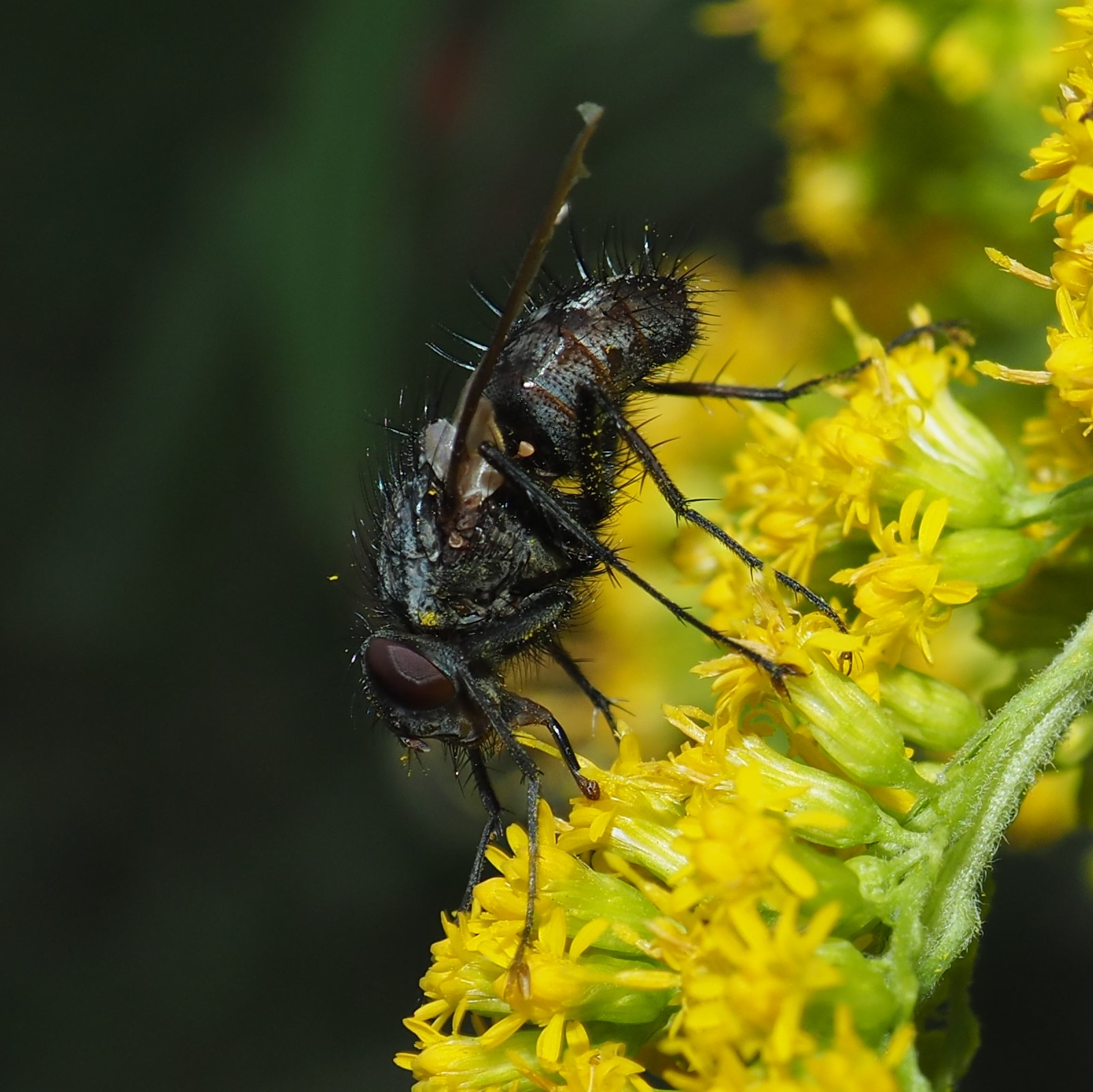
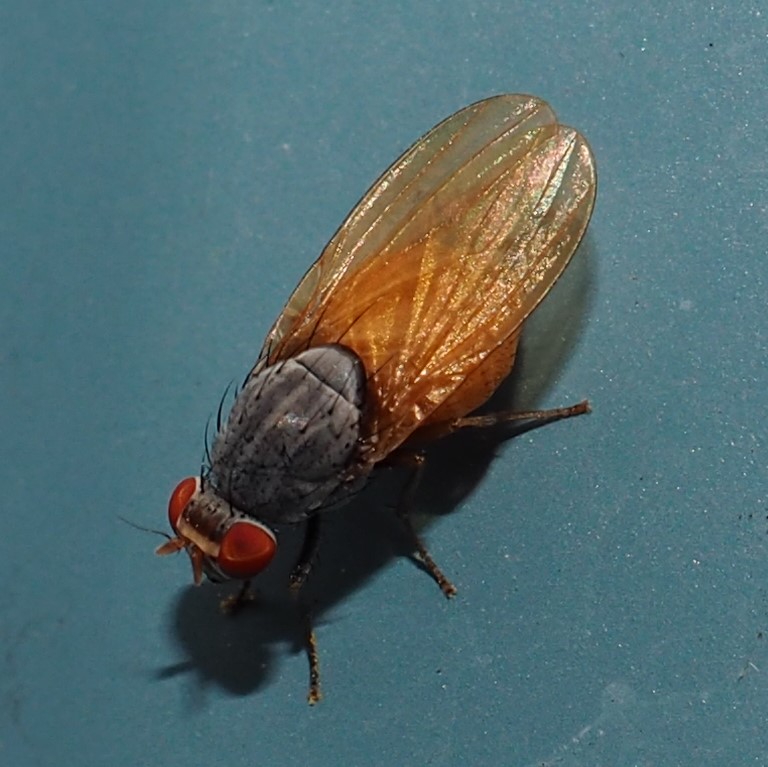
Another Moth Fly. And finally one that you are probably not tired of seeing, since I think this is only the second time I've seen it all year - a Picture-winged Fly! The last picture shows one of the wings that got it its name. Amazing design!
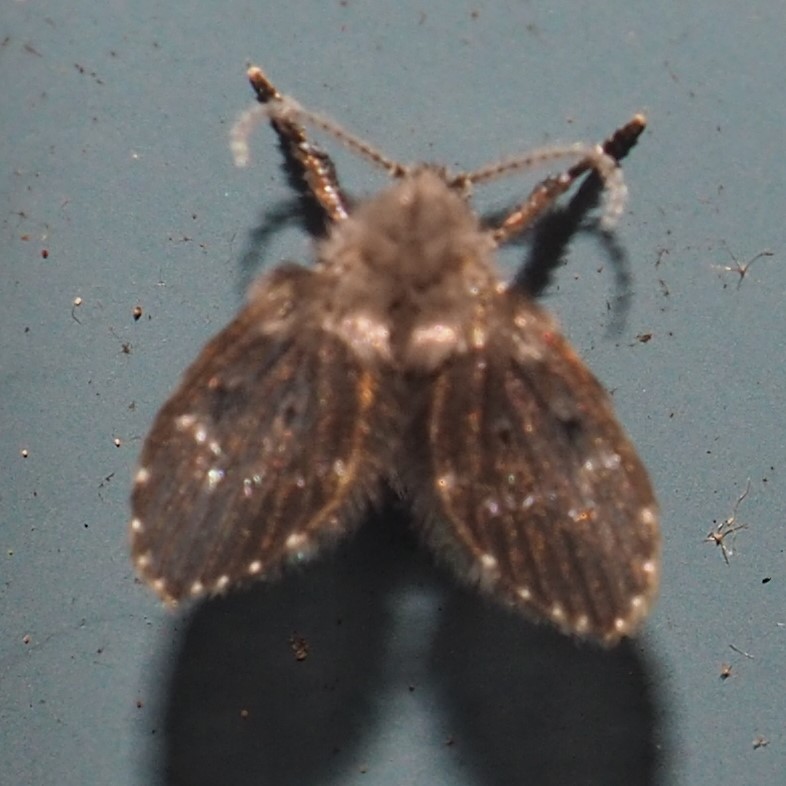

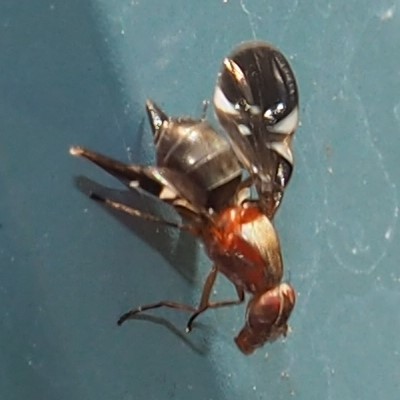
This one could be a fly, but I think it is a wasp now. The ovipositor gave me that impression. It could be a Fungus Gnat though. It is such a tiny creature - maybe 3 or 4 mm. That huge flower is an aster bud. Look in the Blog for July 12, 2020 for something resembling this one that seems to be a fly in the Superfamily Sciaroidea of Fungus Gnats and Gall Midges.

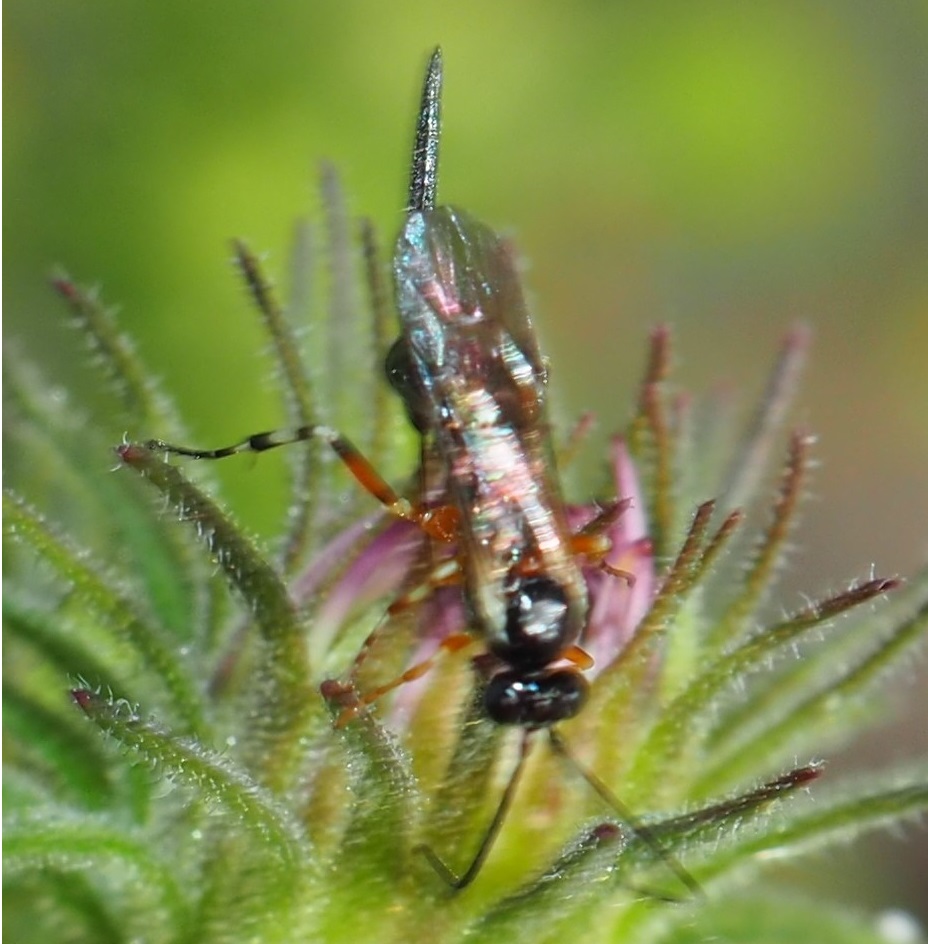
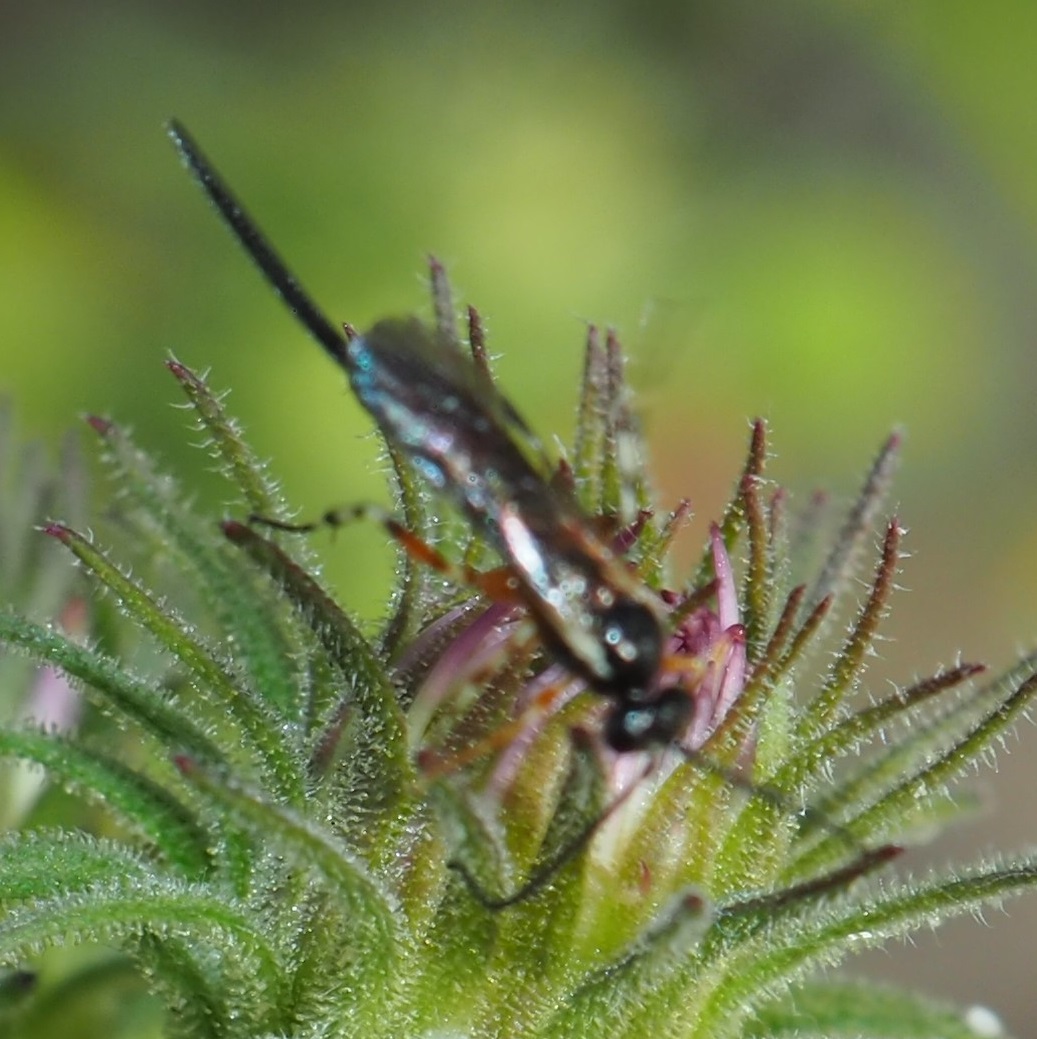
This is the only Froggy picture I got this week. But I did hear him several times and saw him sometimes vibrating his throat to produce his "Gollum" call. When he ever meets Ms. Right, he will vibrate it differently to make a song much like a cicada's. Back in 2014 one afternoon, someone in the next block was using a chain saw on a tree limb. Next thing I knew the current Frog was trilling right along with the chainsaw. Our Froggy is moving right along on his path to adulthood. Last year when he appeared in the pond in the late summer (picture 2) he was much smaller and compare the ratio of his eardrum to eye sizes in pictures 2 and 3. Last year they were almost exactly the same diameter, but this year the eardrum is much larger than the eye. This means he is a full-grown male green frog.
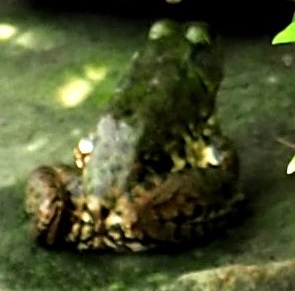
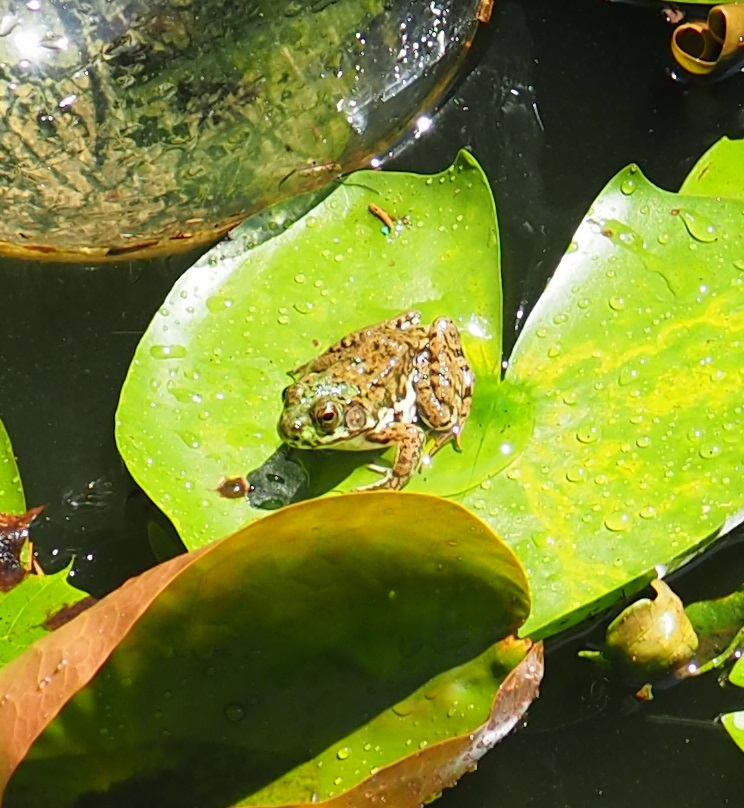

Here are two of the week's Harvestmen - the beautiful black on red one and the "shades of brown" one. And here's a baby Snail, the Glossy Pillar (Cochlicopa lubrica). Now look who else loves the Sedum Autumn Joy - a lovely Scorpionfly.
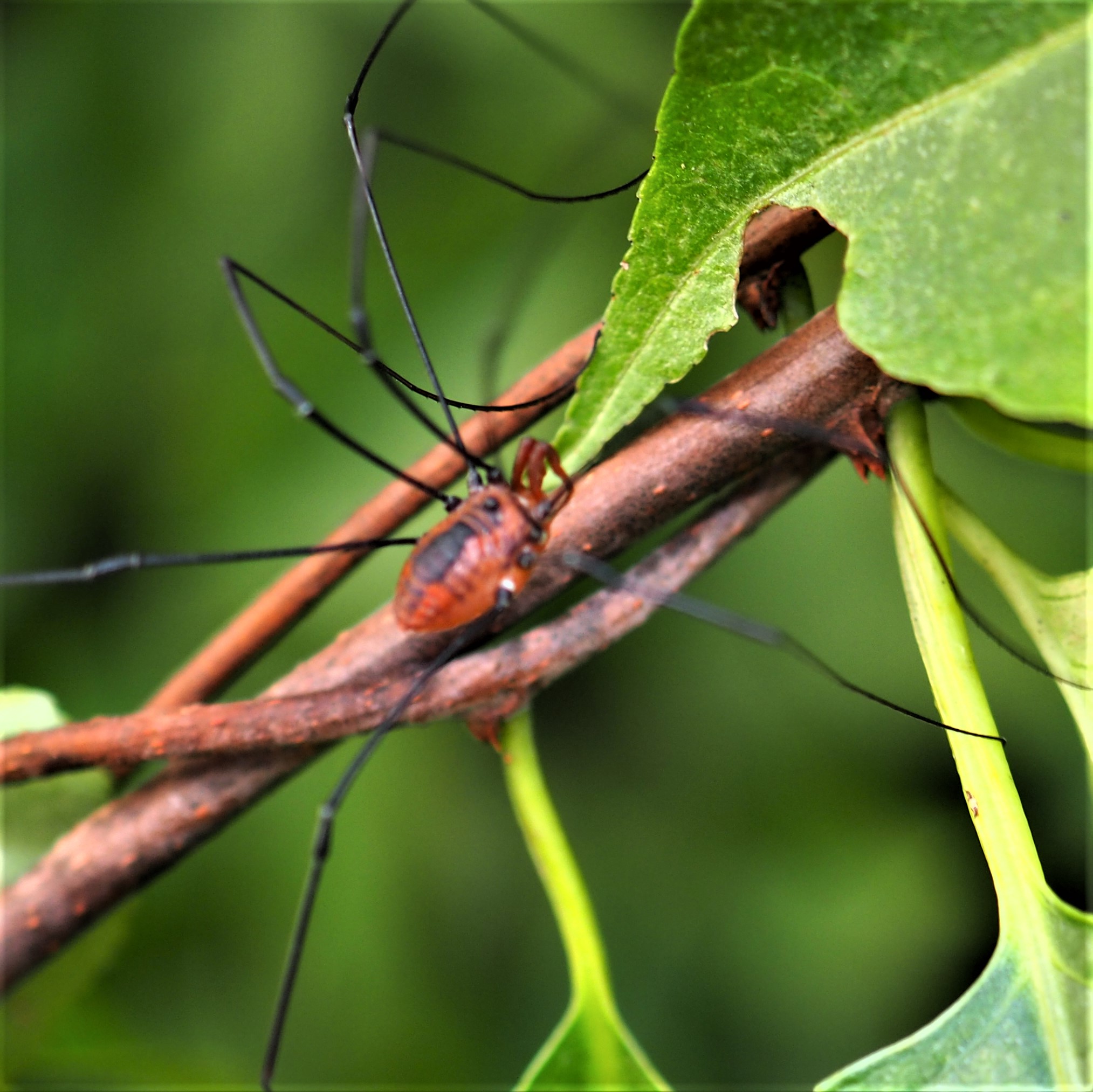
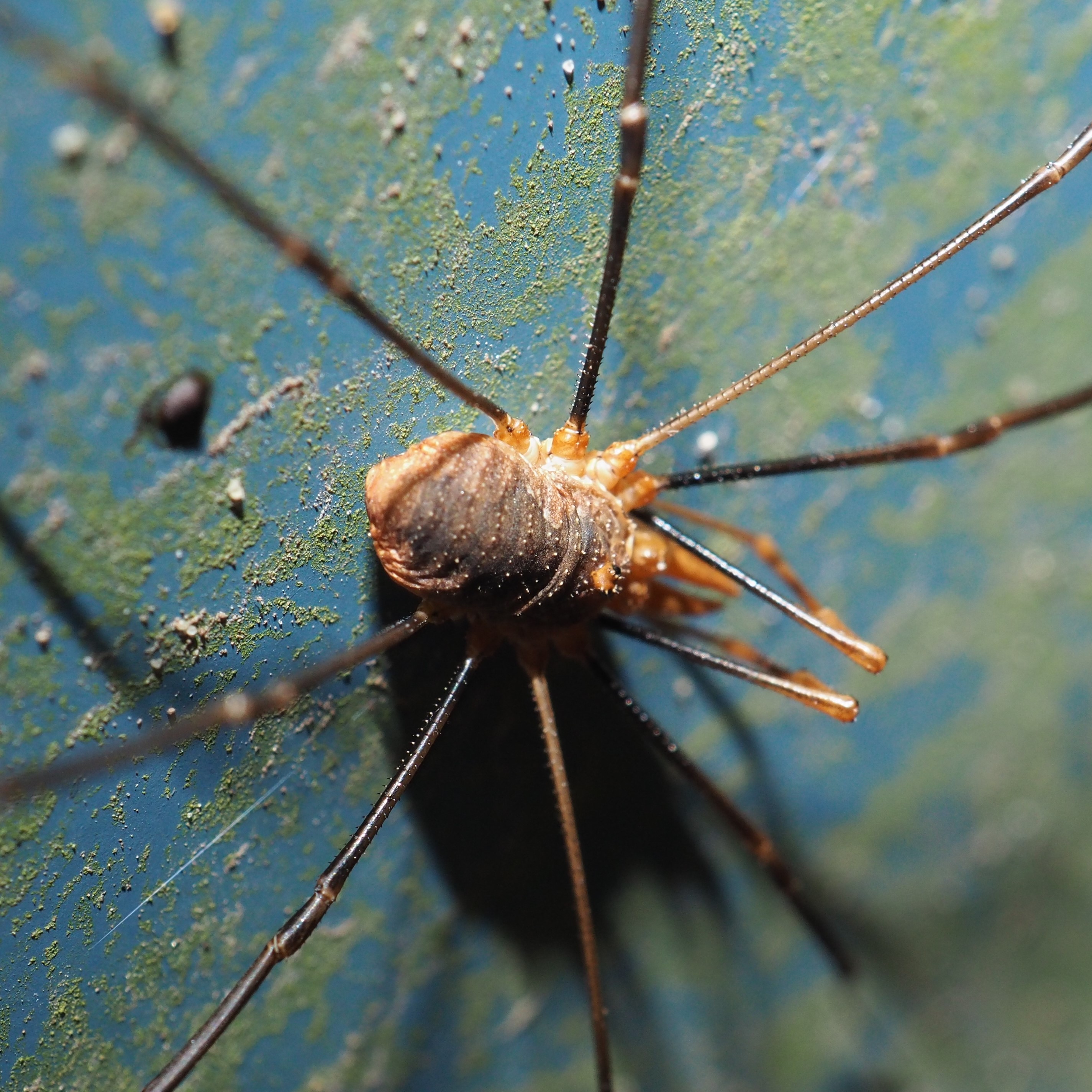
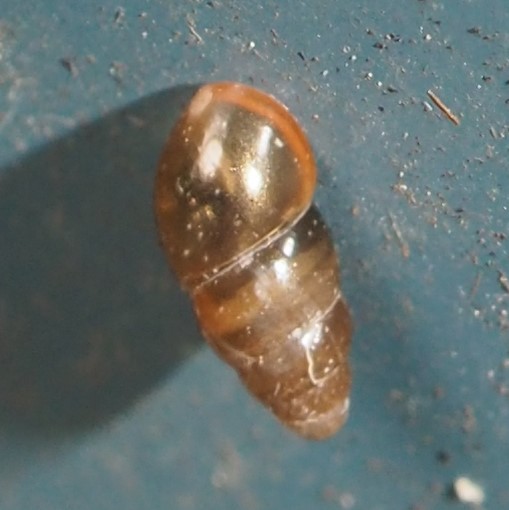
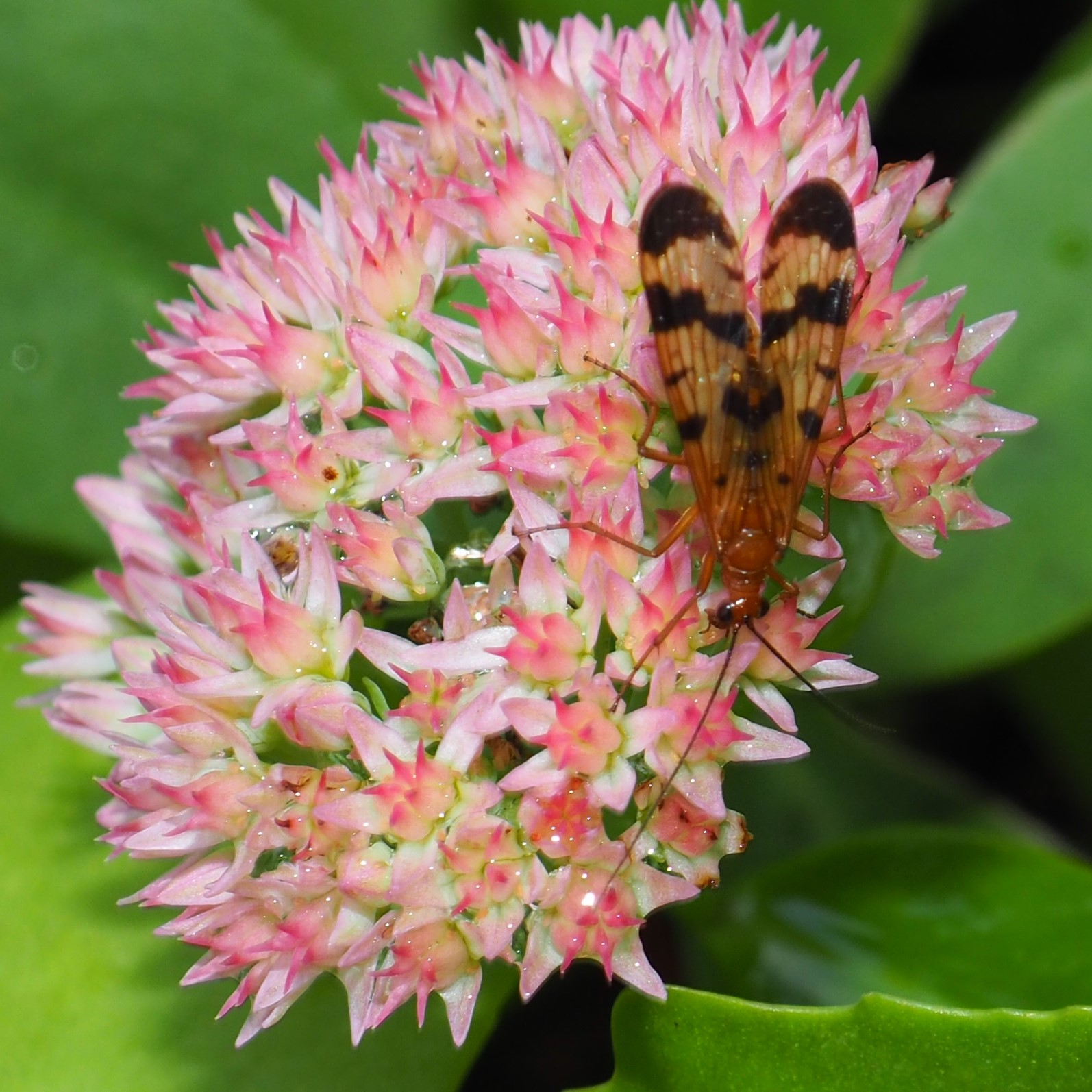
That brings us right up to the Spiders. As usual these days, the Spider collection was dominated by the Common House Spiders (CHS). Picture 2 shows one with a string of prey items - ready for a picnic or a quiet afternoon working on its blog. Third may be a CHS or even a Mimetus.
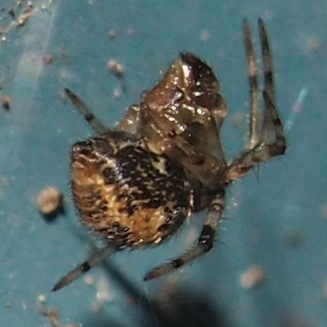
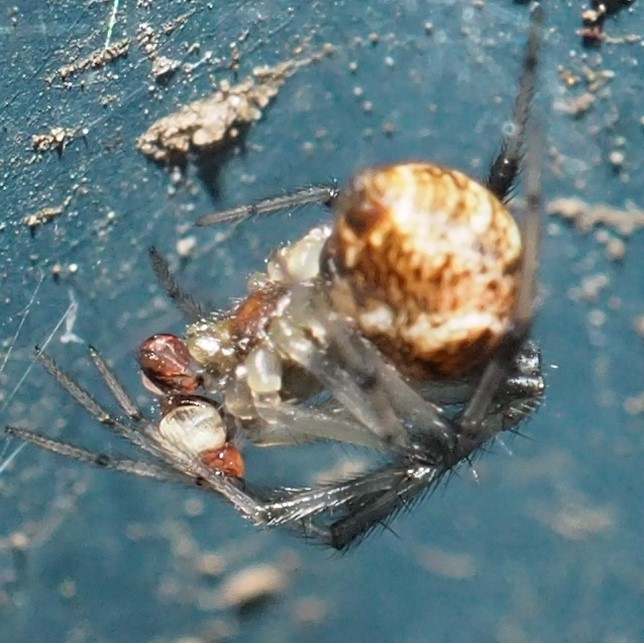
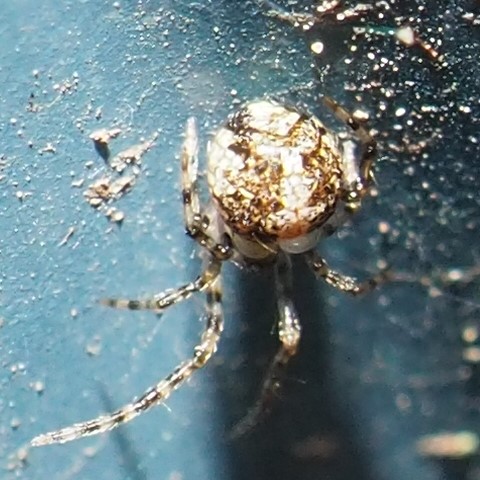
My favorite Jumping Spider (Naphrys pulex) was at it again yesterday (two pictures). What a sweet-looking little customer. Third: I didn't see the yellow Crab Spider (genus Mecaphesa) when I took this picture of the Honey Bee.
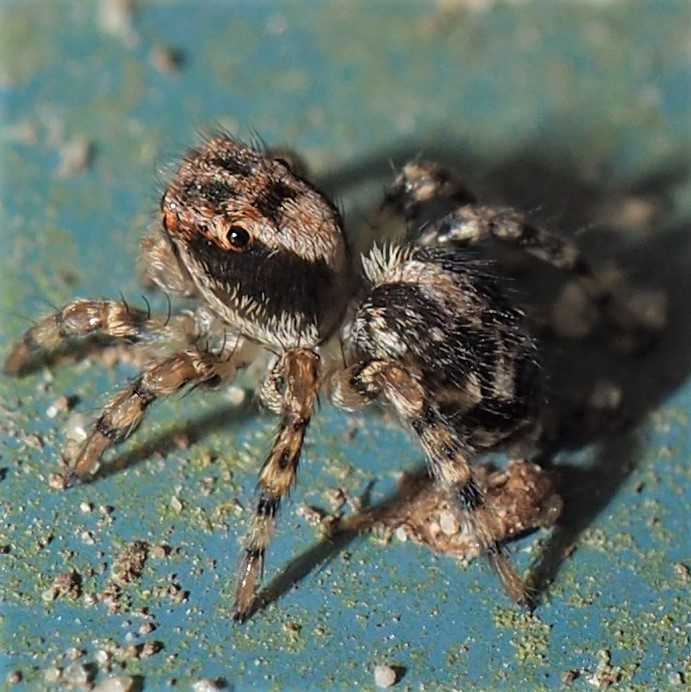
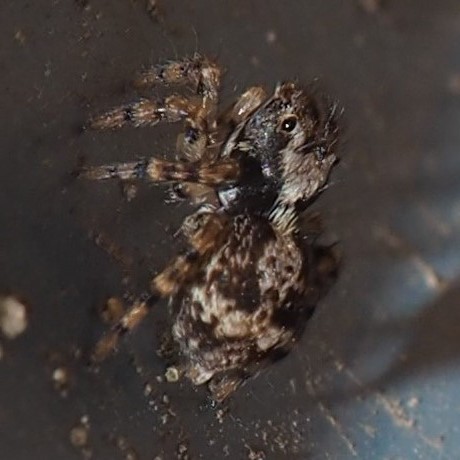
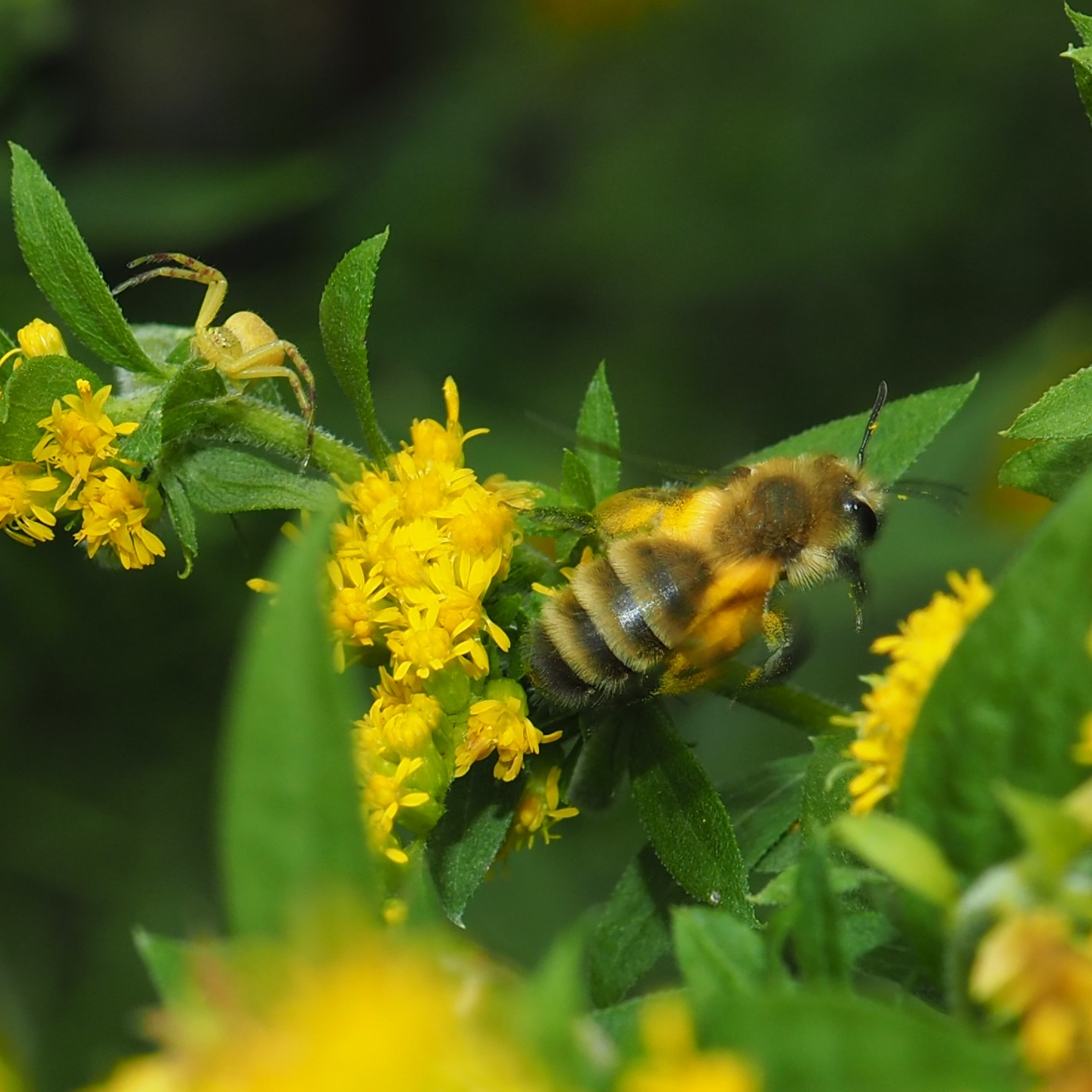
This mystery spider was hanging out underneath an egg ball - I wonder if it was scarfing up baby spiders. Two days later, this spider, from an angle at which it appears to be a Cobwebber of genus Theridion, in the same spot. Next, this gorgeous Cobweb Spider was quietly waiting for something. Matt Claghorn says it is Steatoda triangulosa. I think it's one of the prettiest spiders I've seen this summer.
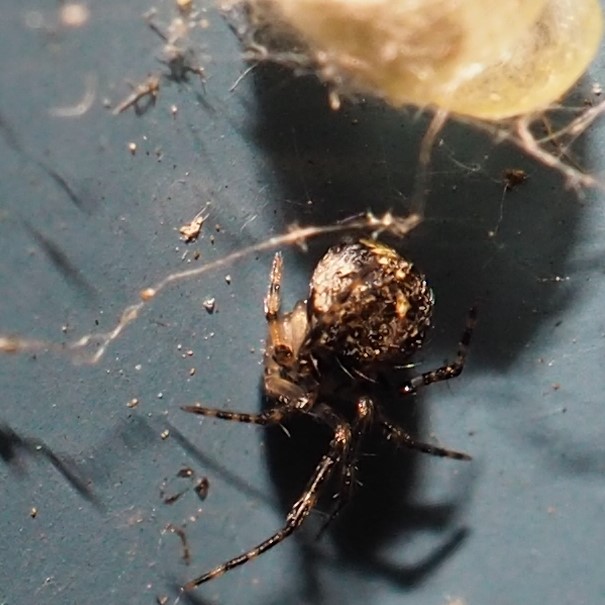
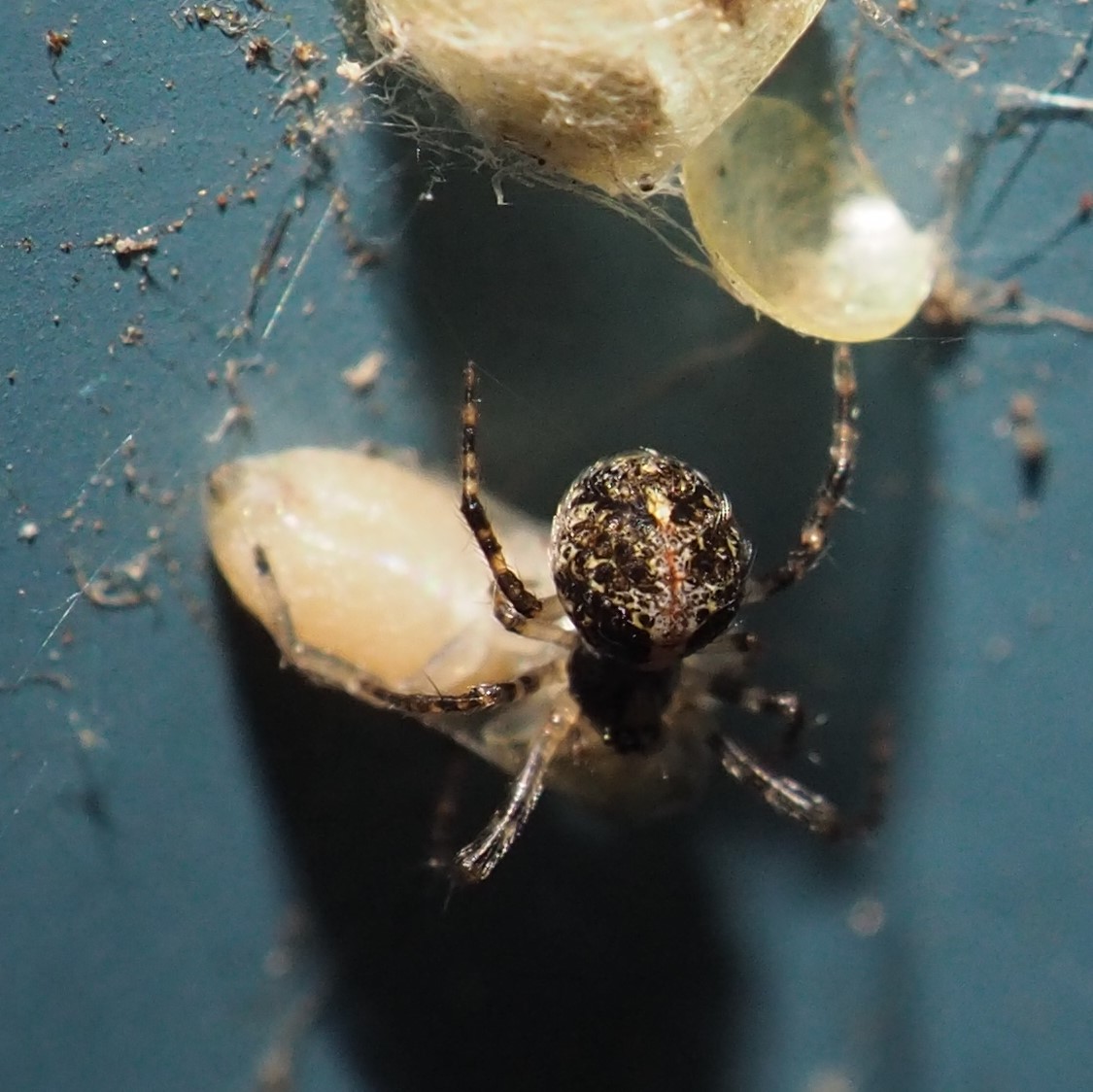
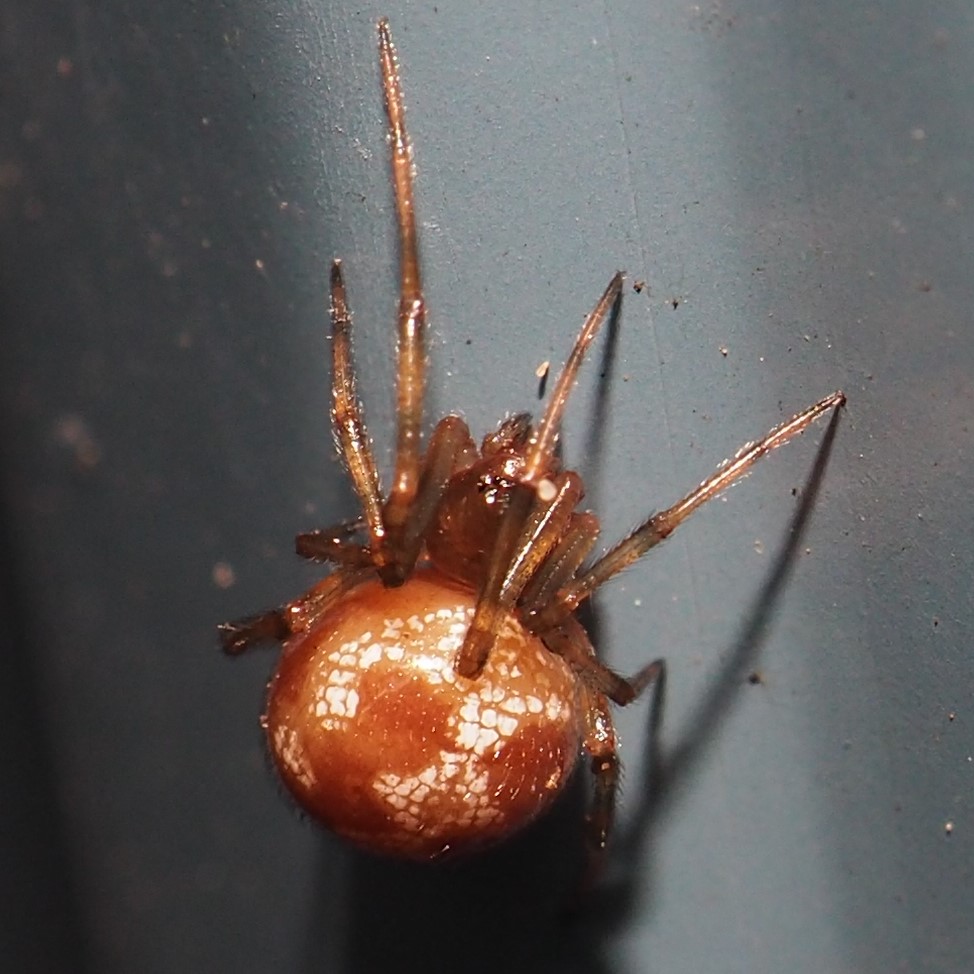
I almost trod on this Toadlet, now about 1.5 inches long. But now we must segue into the Wasps for real. Here is an Aerial Yellowjacket, Dolichovespula arenaria, worker in the Sedum, which it seems to visit most days. Again, we know it is a female from its straight antennae and its having only six segments to its abdomen. By the way, the Bald-faced Hornet is in the same genus as the Aerial Yellowjacket, its name being Dolichovespula maculata (spotted). I love their names, like Spotted Longwasp.
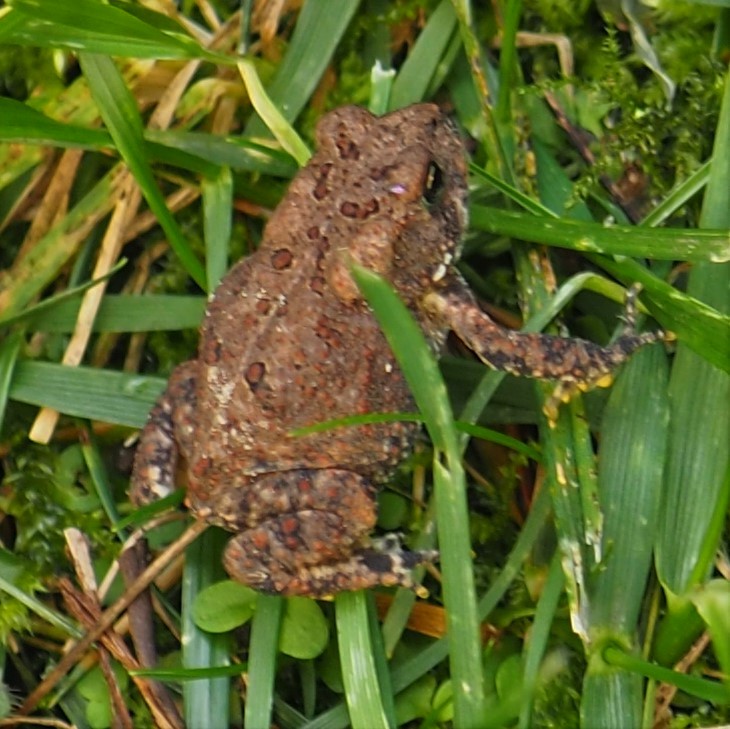
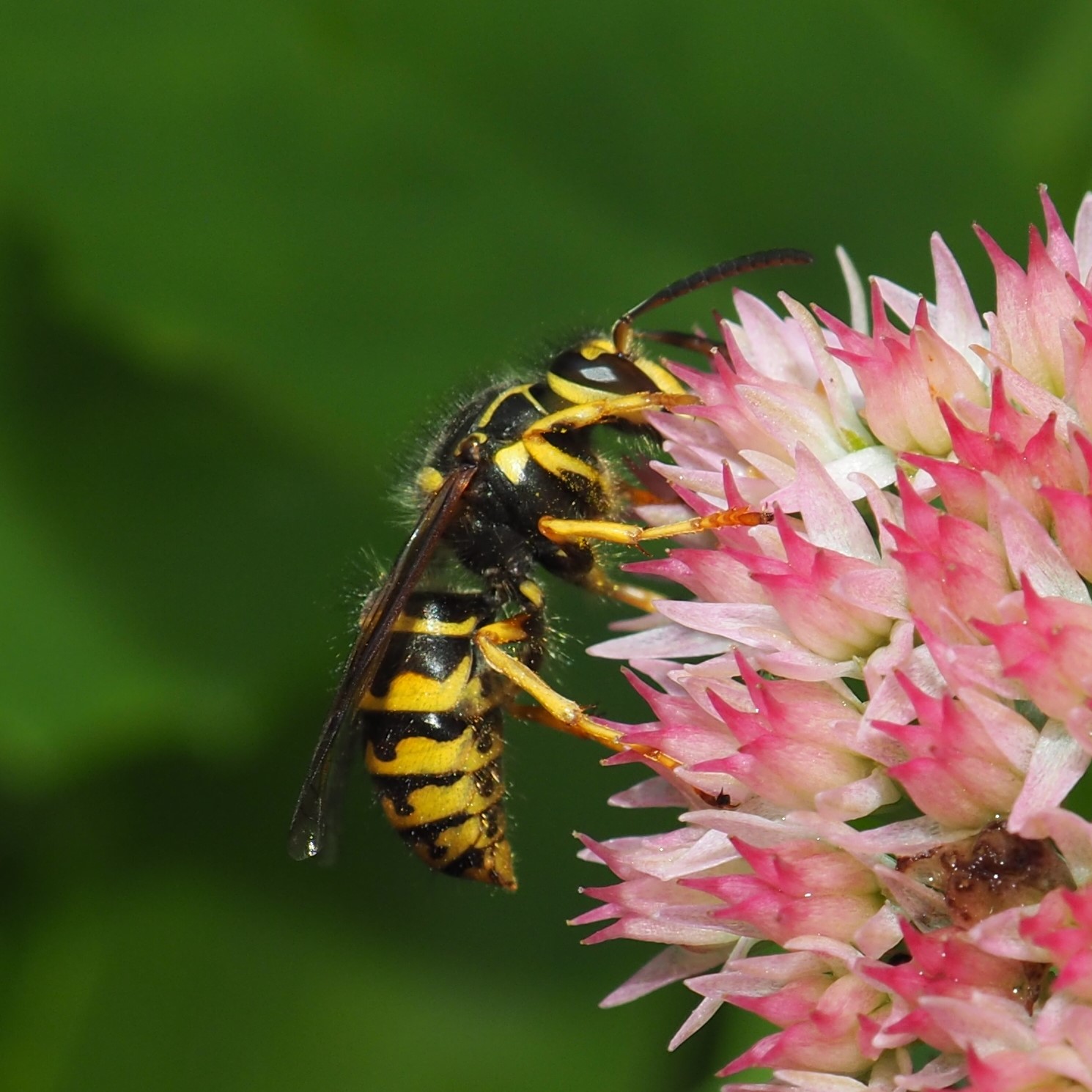
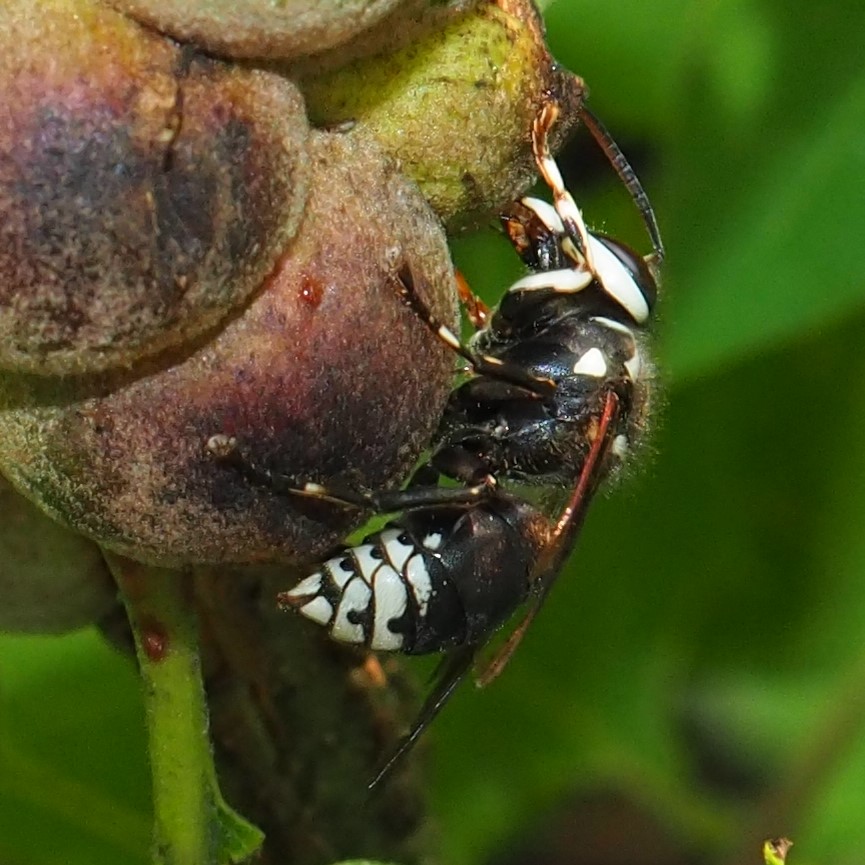
This little wasp (two images) is probably of genus Ectemnius - its abdominal bands don't go all the way around. The third one is a different individual.
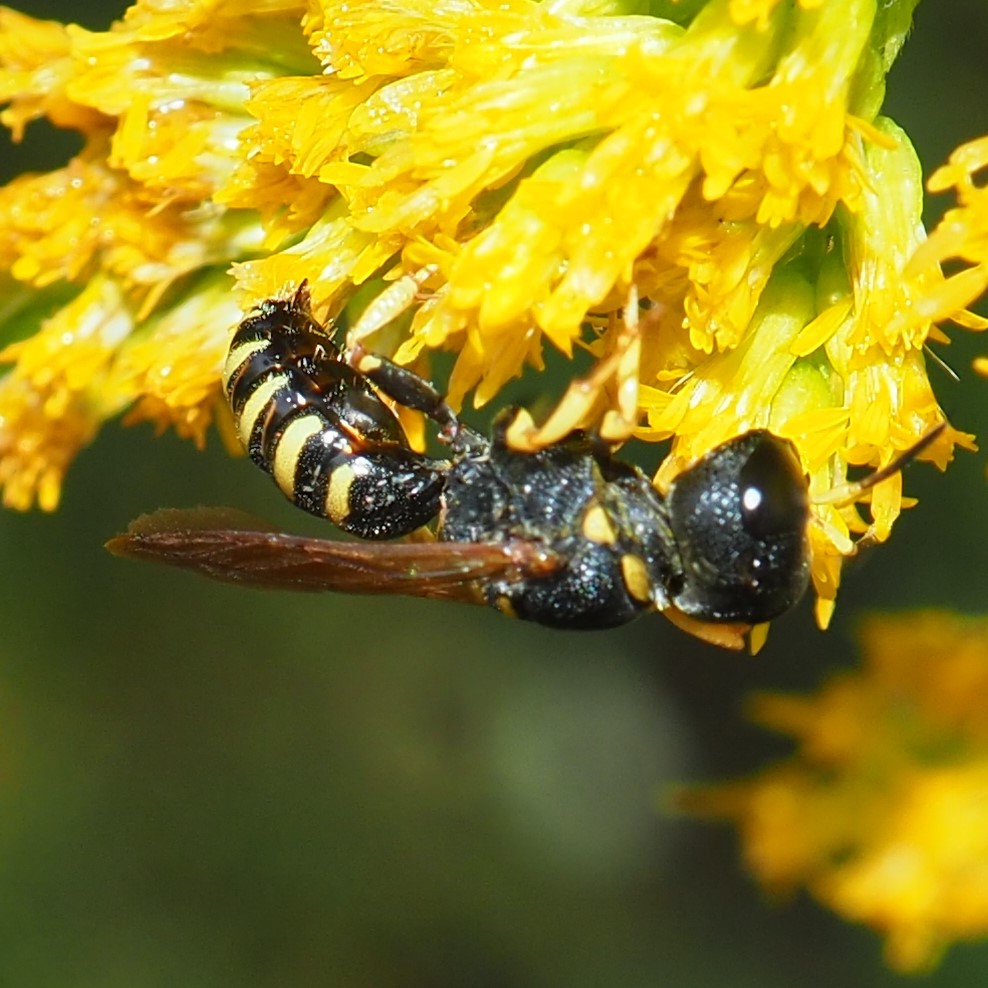
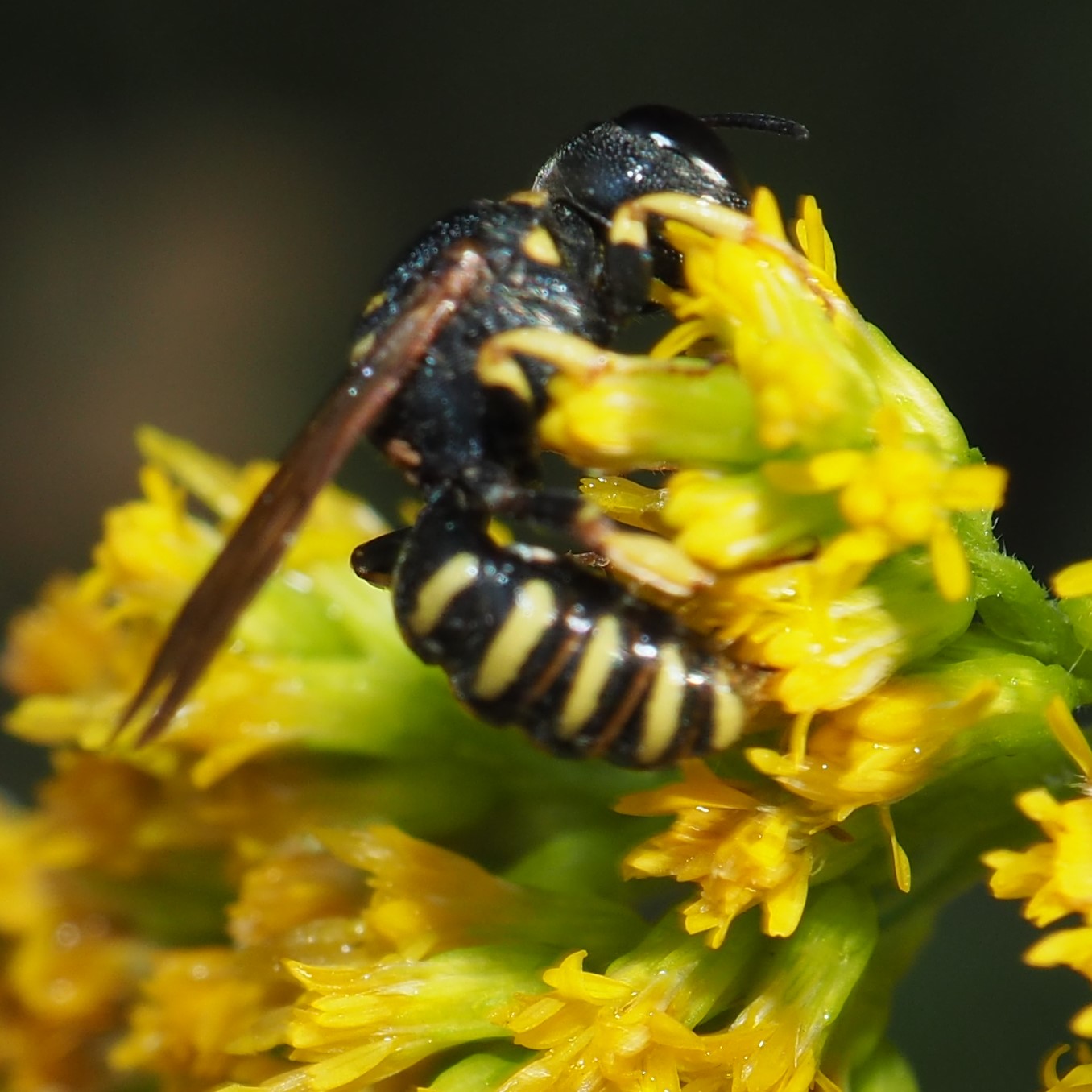

This wasp with the Looooong abdomen is of genus Myzinum.

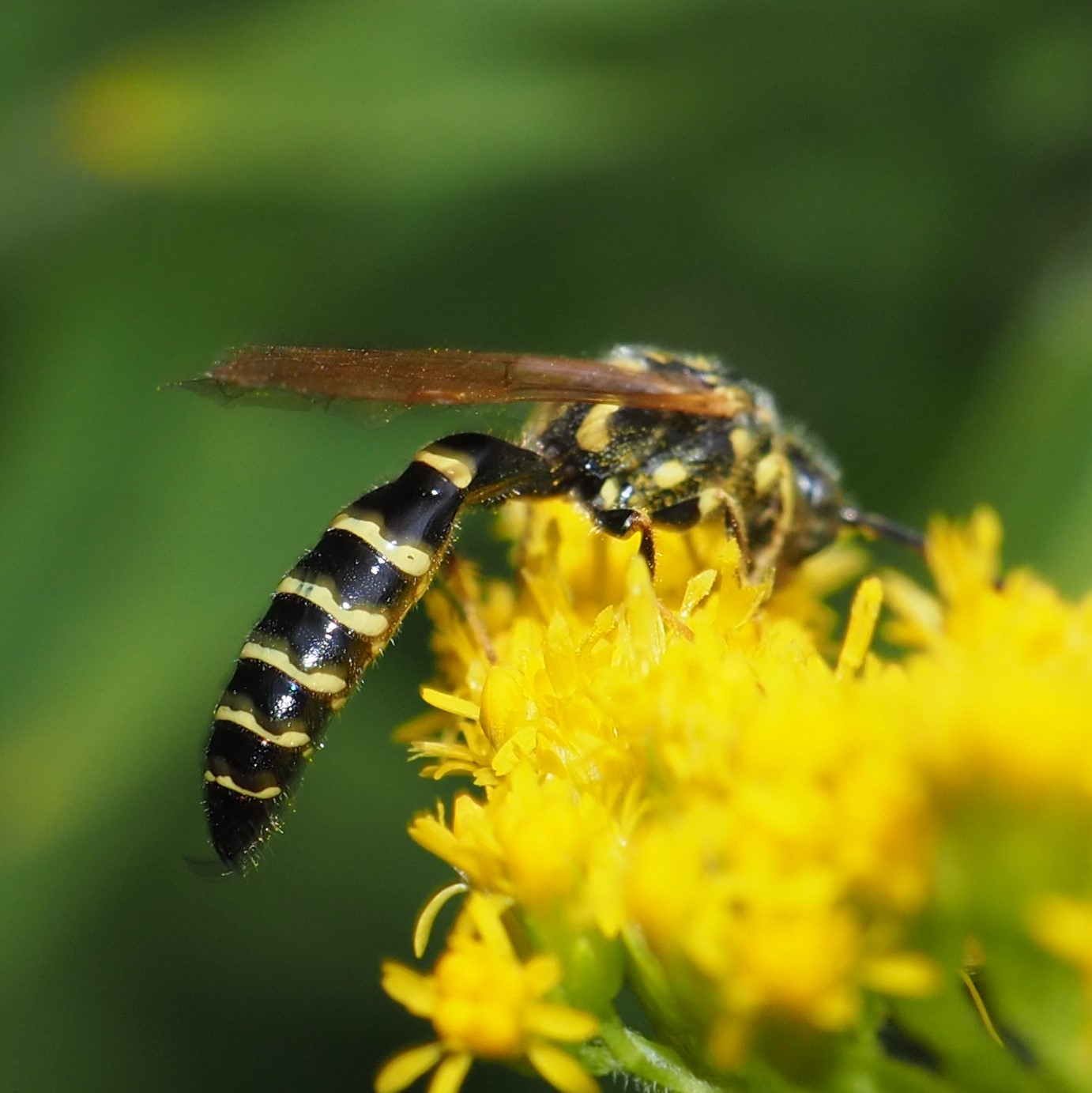
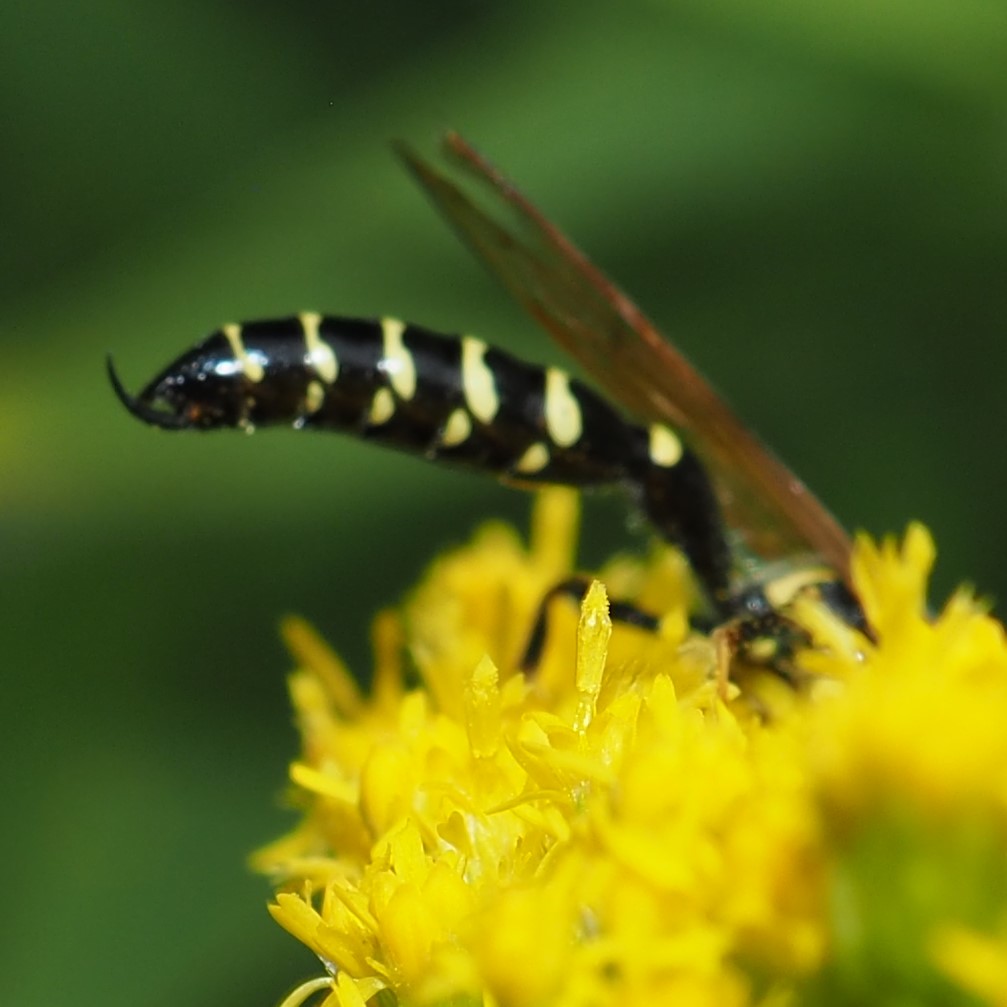
For a few days, we seemed to have mostly female Dark Paper Wasps, but the past couple of days, there have been males upon males. Here are three wasps in close range of each other. There must be a few large nests somewhere around here, but I haven't seen them.
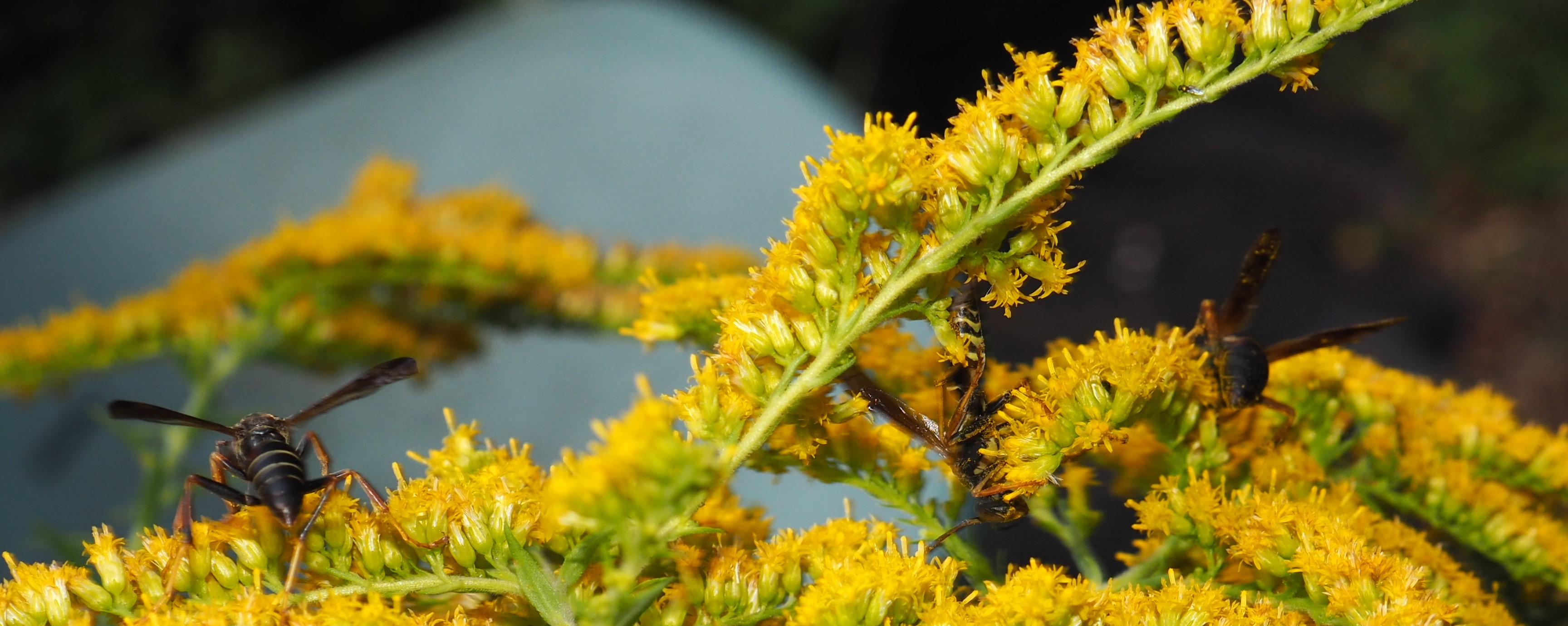
Here is a male Dark Paper Wasp. He has 7 segments in his abdomen (picture 1). His antennae are curled at the ends (picture 2). His face has a yellow shield (number 3).
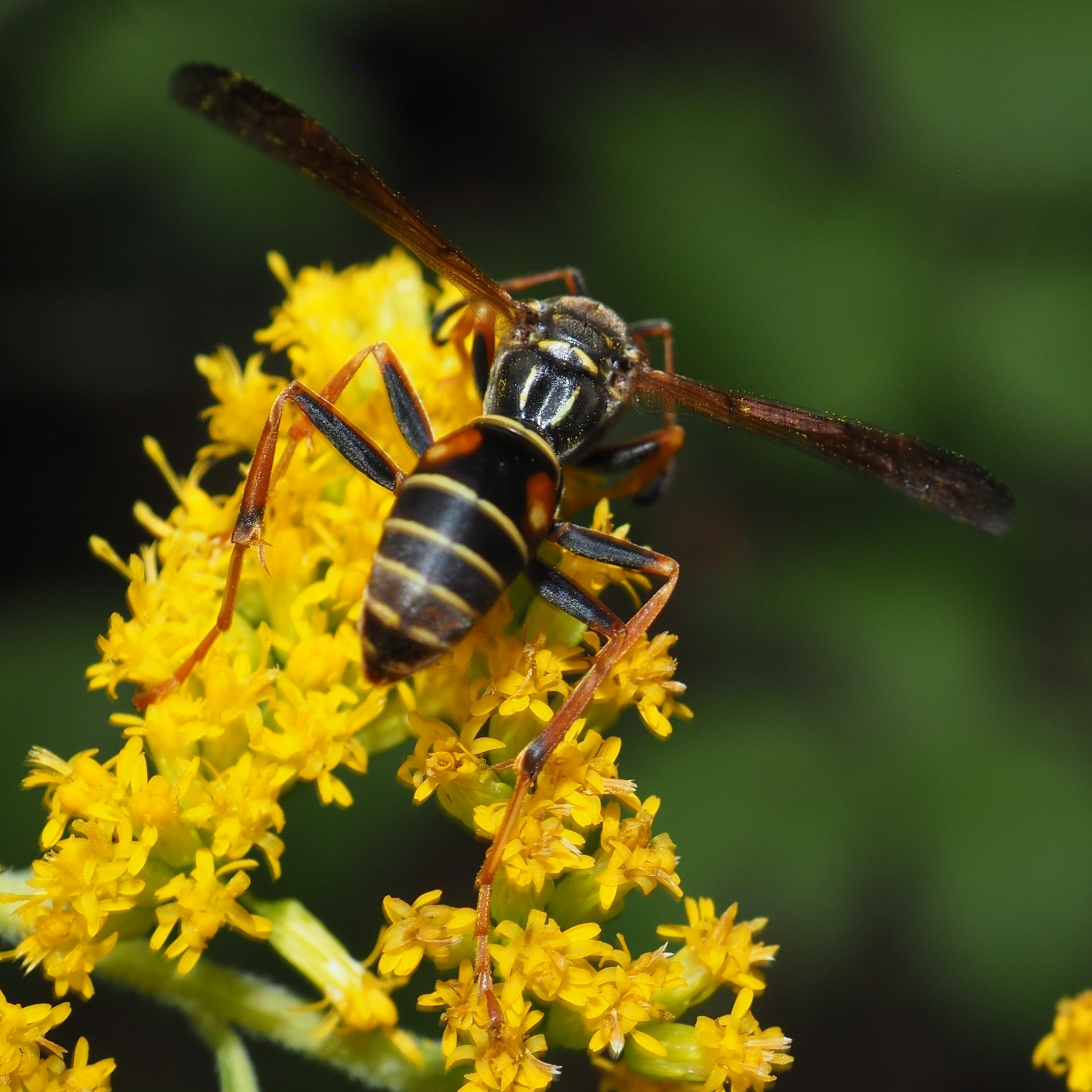
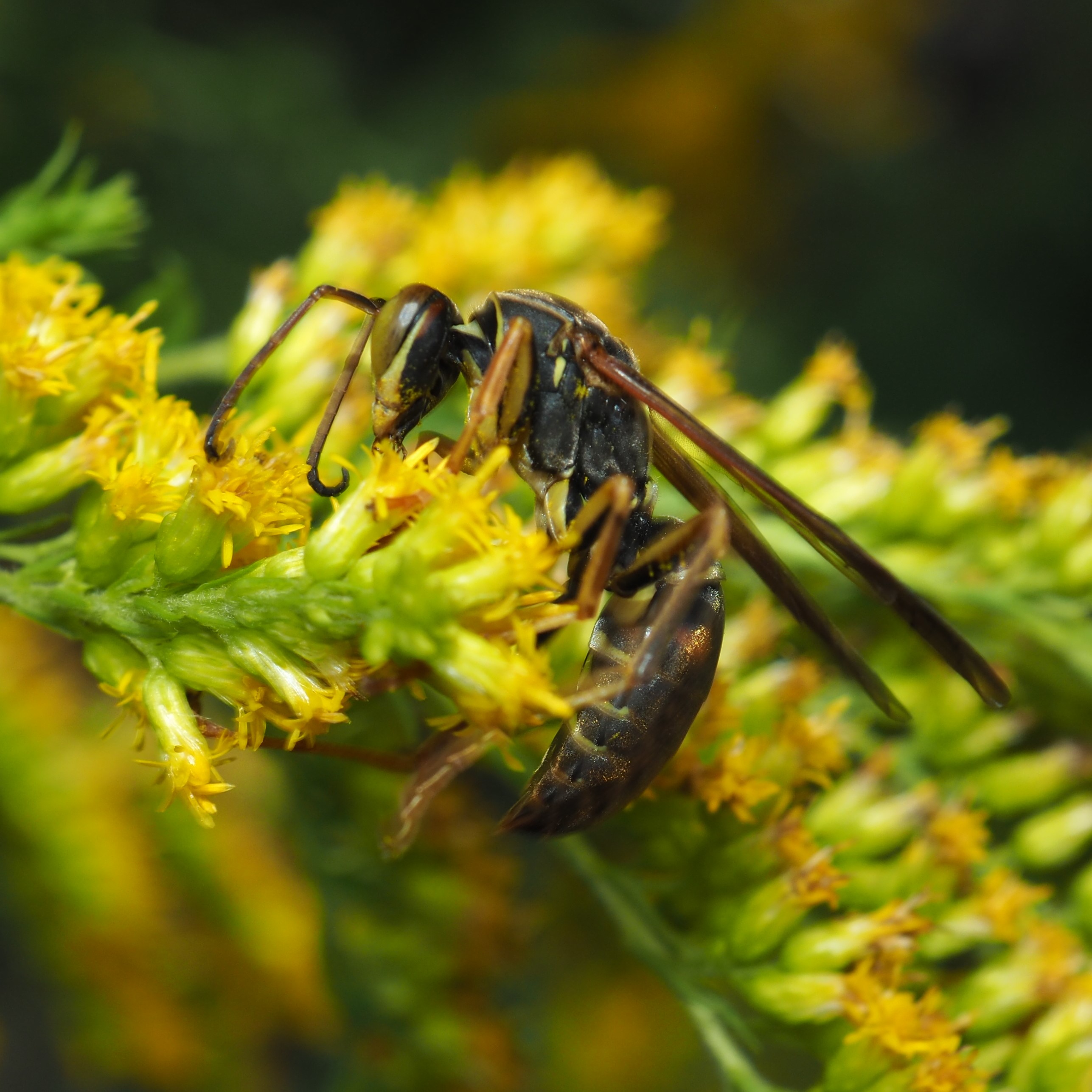
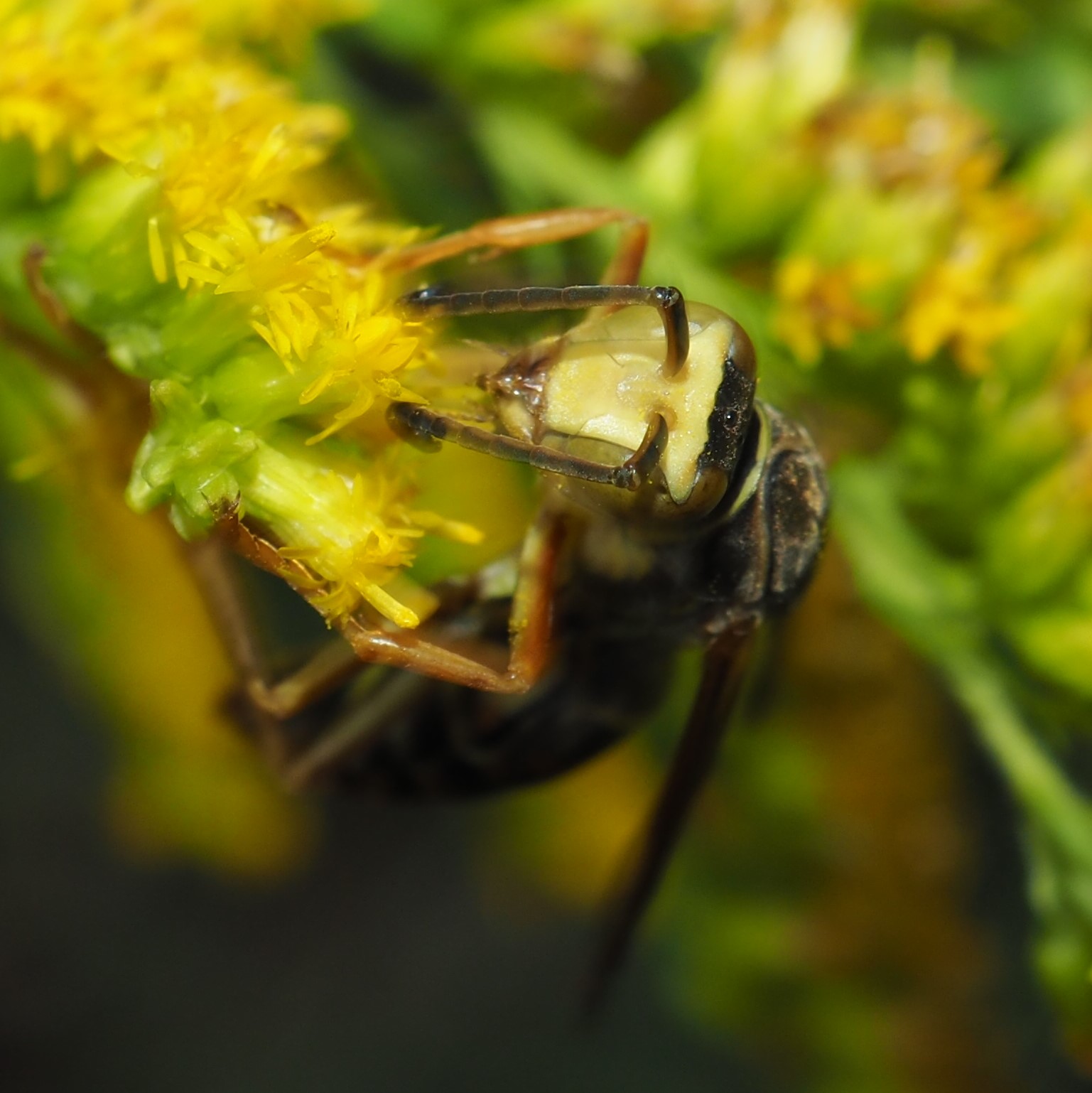
Here is a female Dark Paper Wasp. Her antennae are not tightly curled. The second picture is of the European Paper Wasp, who has a tiny almost used up nest in my attic air conditioner. Her face has a yellow circle - her male would have the yellow shield, like the Dark Paper Wasp male.
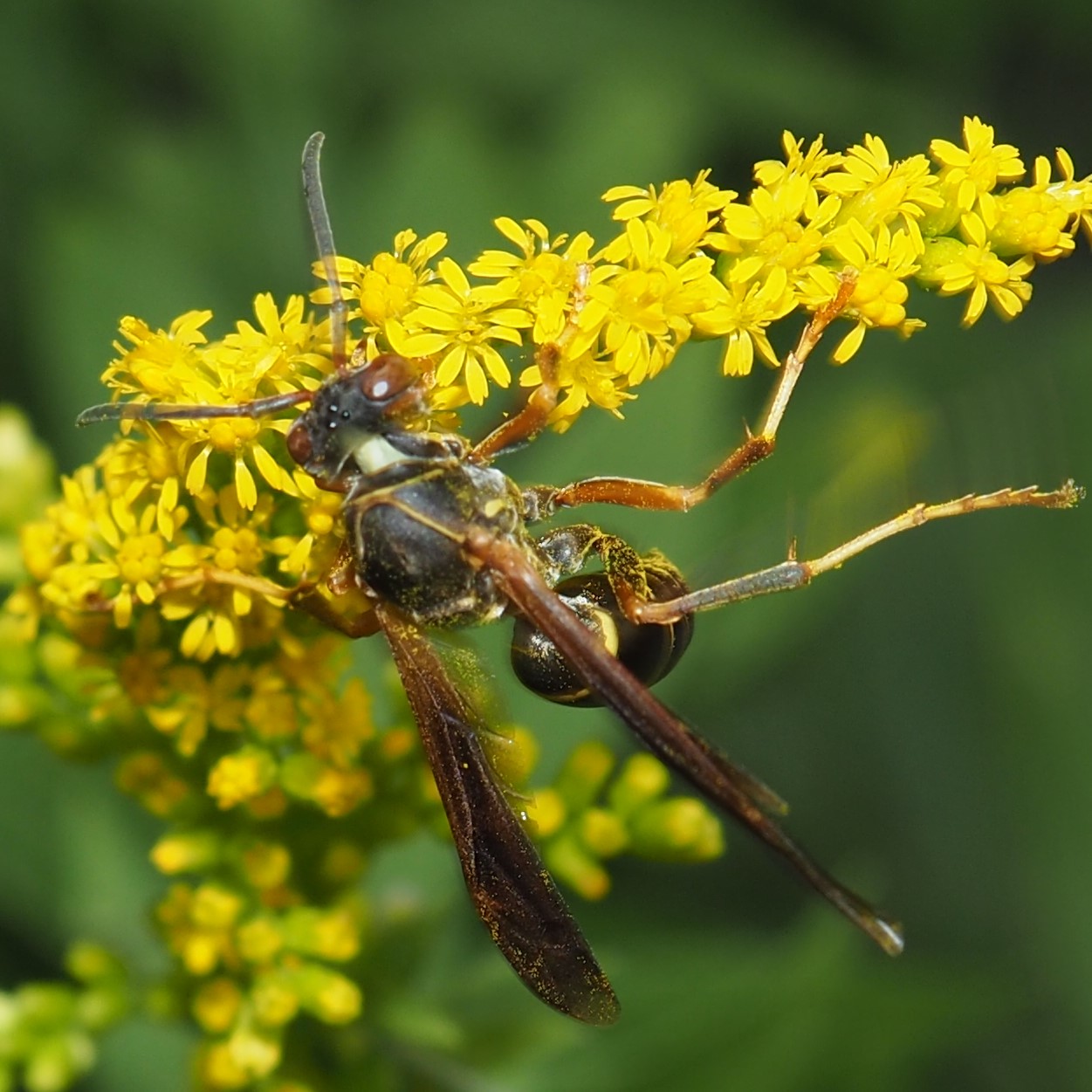
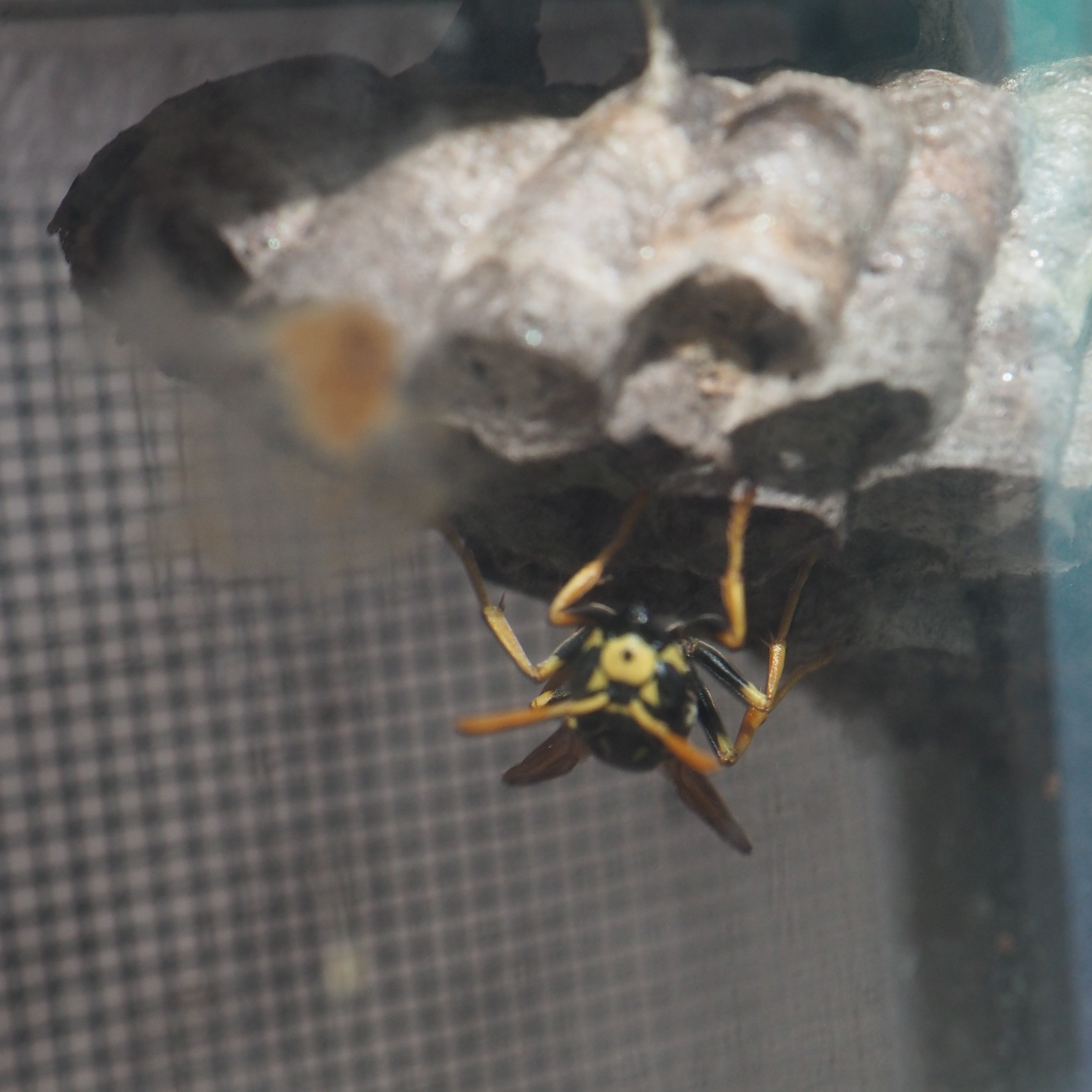
As usual, let's end with some flowers. Oh - I lied when I said I didn't have any good pictures of Froggy. I was concentrating on the Pink Water Lily when I named the picture. Same for picture 2. Last, we have the mature Snowberries.
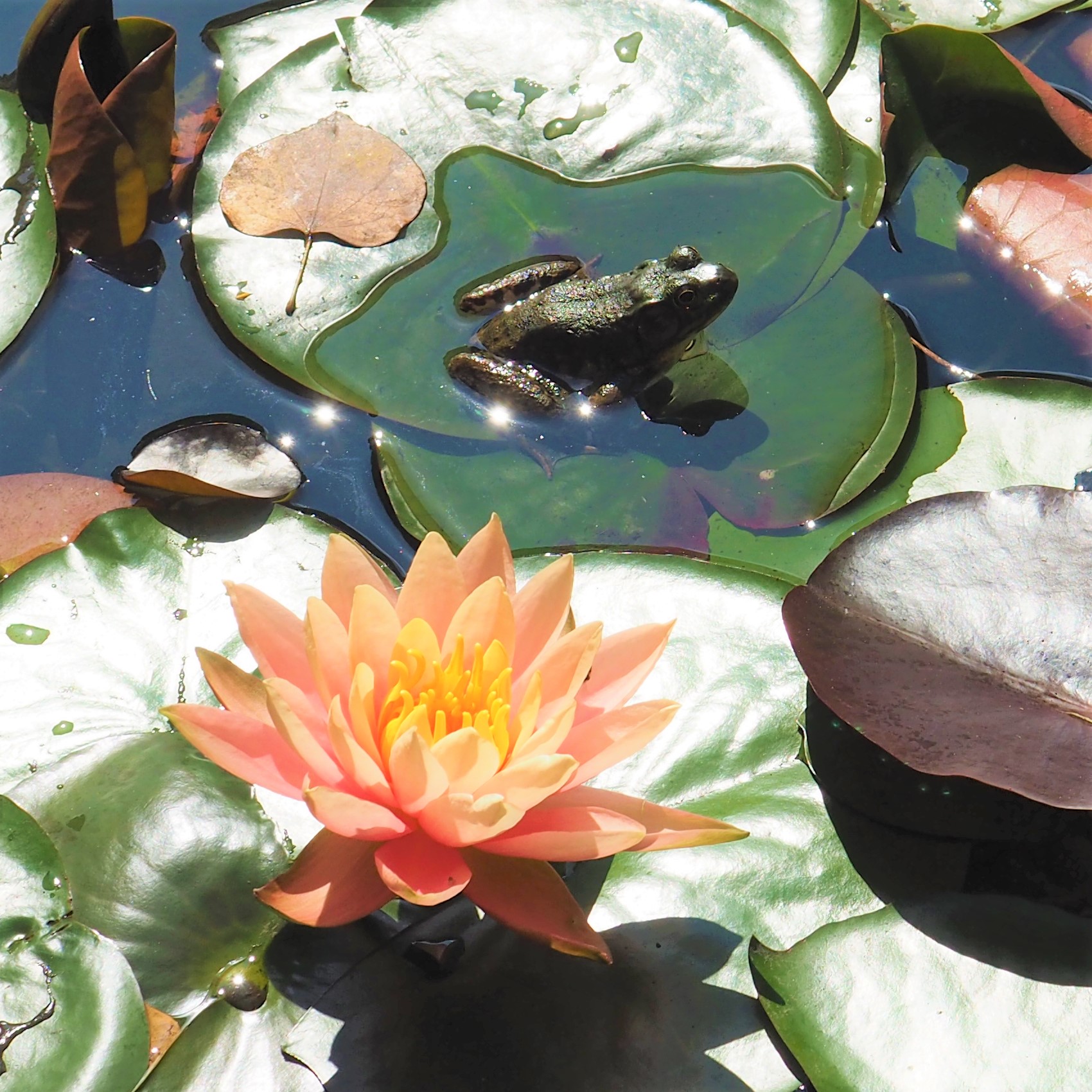
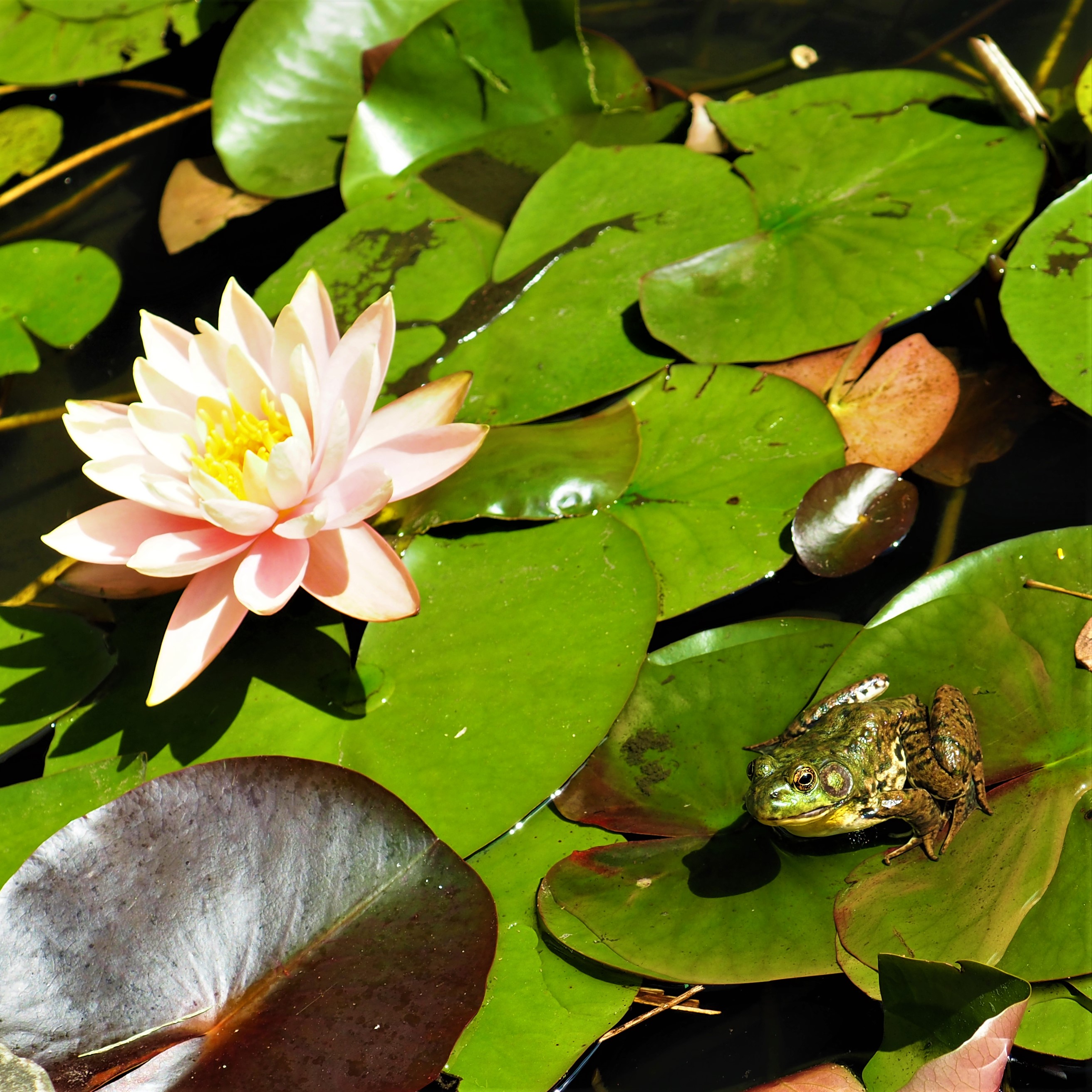

Well, we seem to have come to a halt just before 8 pm. Time to wrap up and wish you all extremely well. Taking these pictures to show you is one of the best parts of my life these days. Take care!
Love, Martha
Back to September 8, 2019
Forward to September 22, 2019
Back to main menu
copyright Martha O'Kennon 2019





































































































